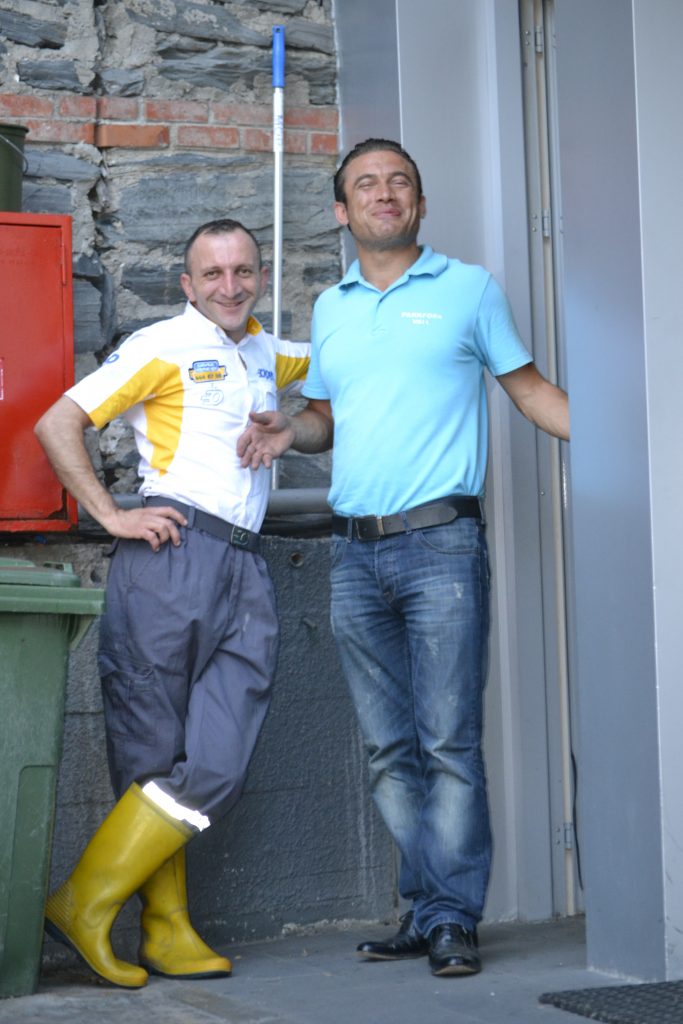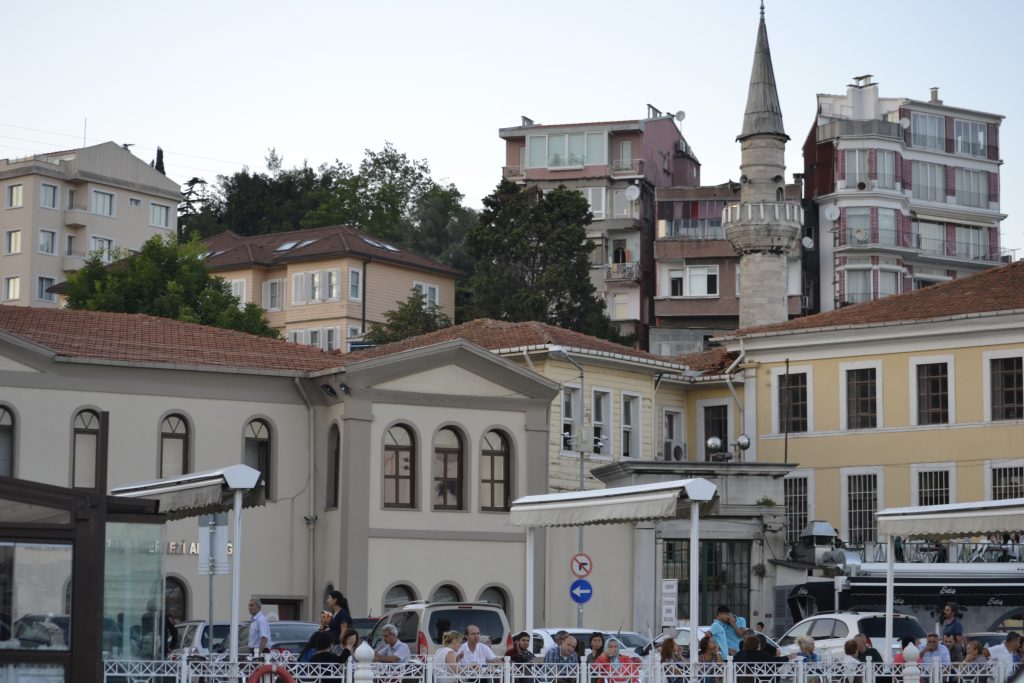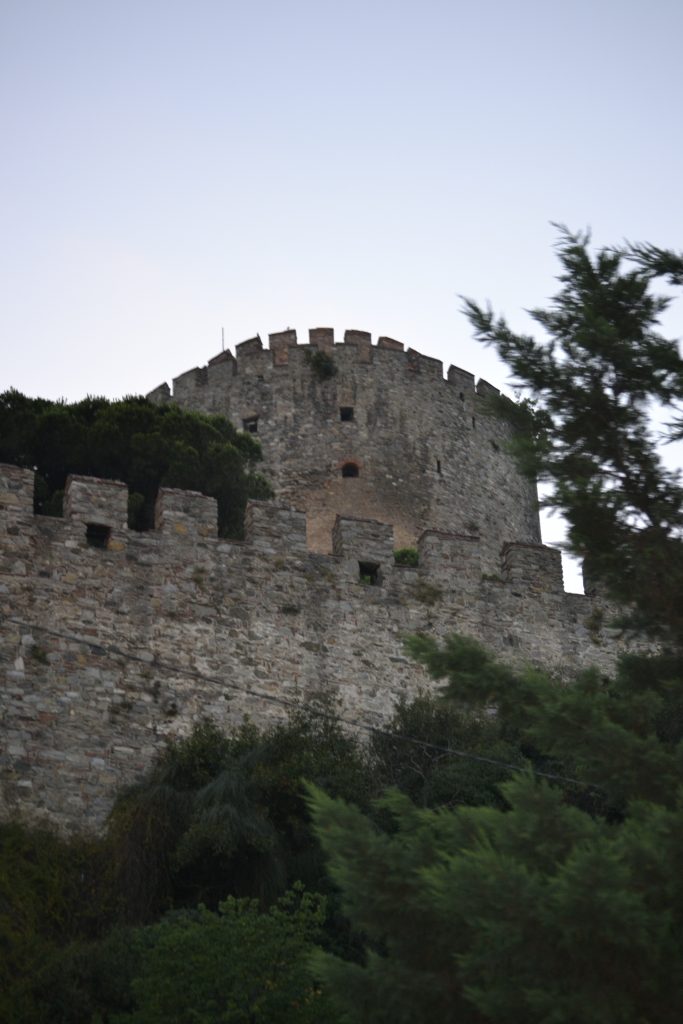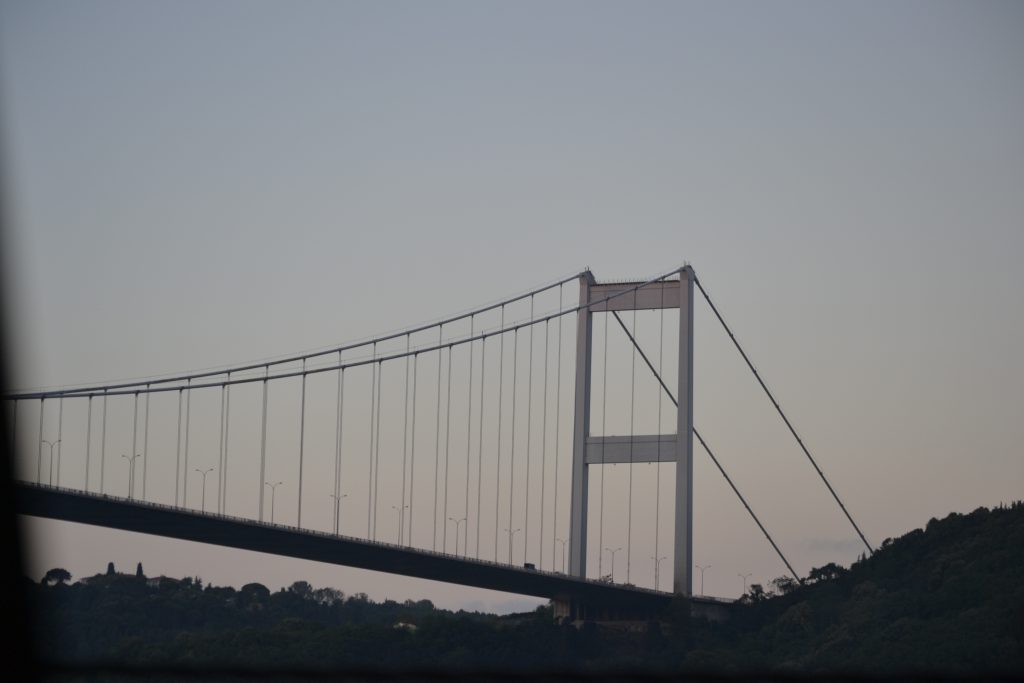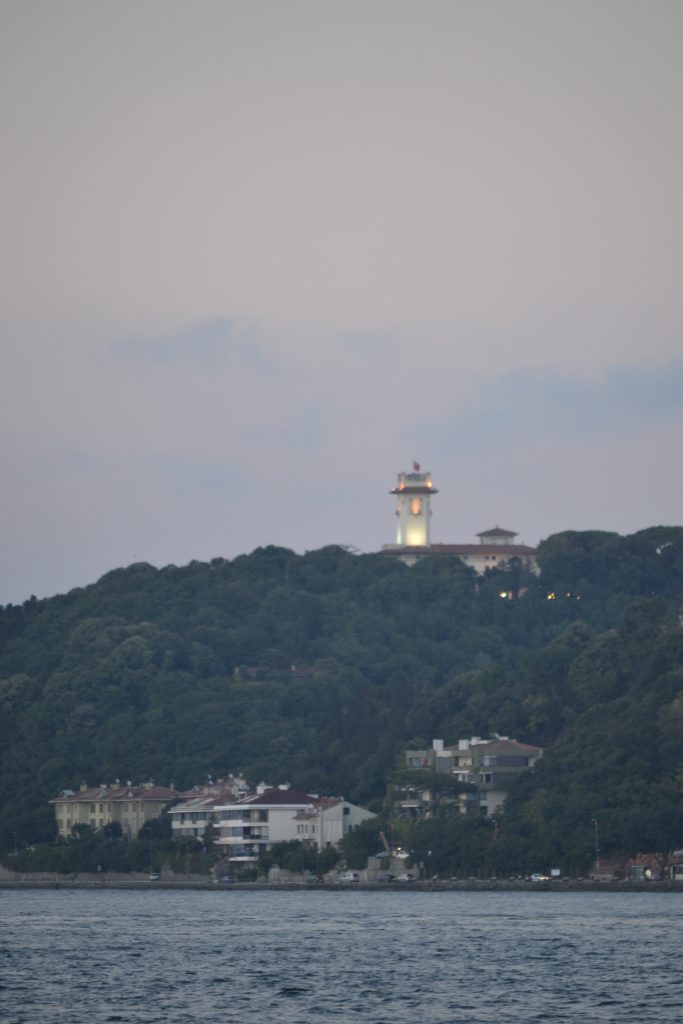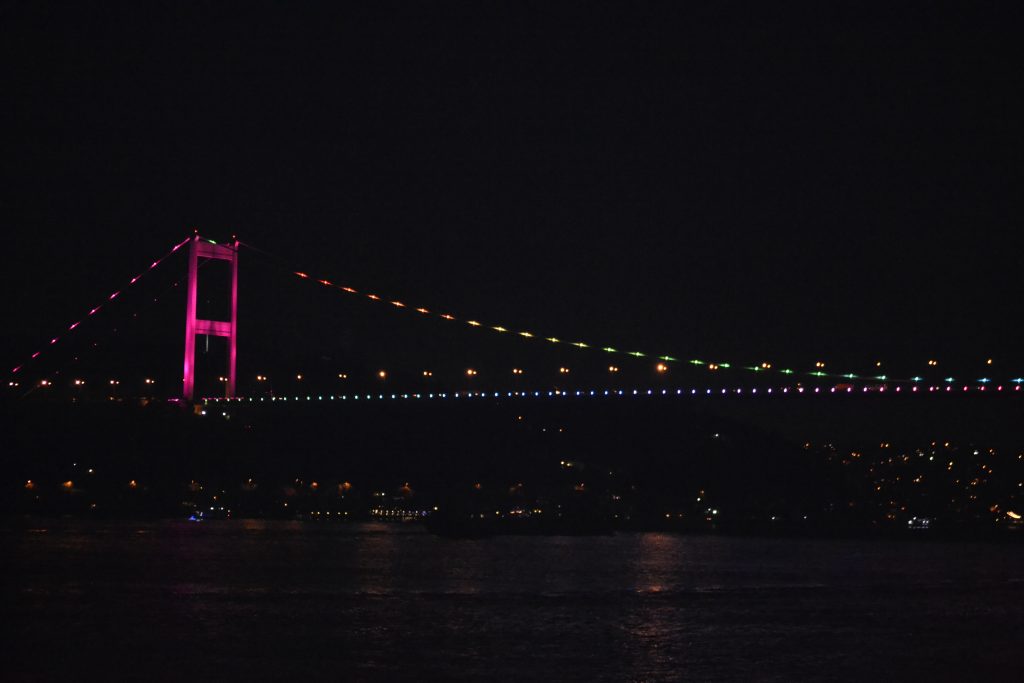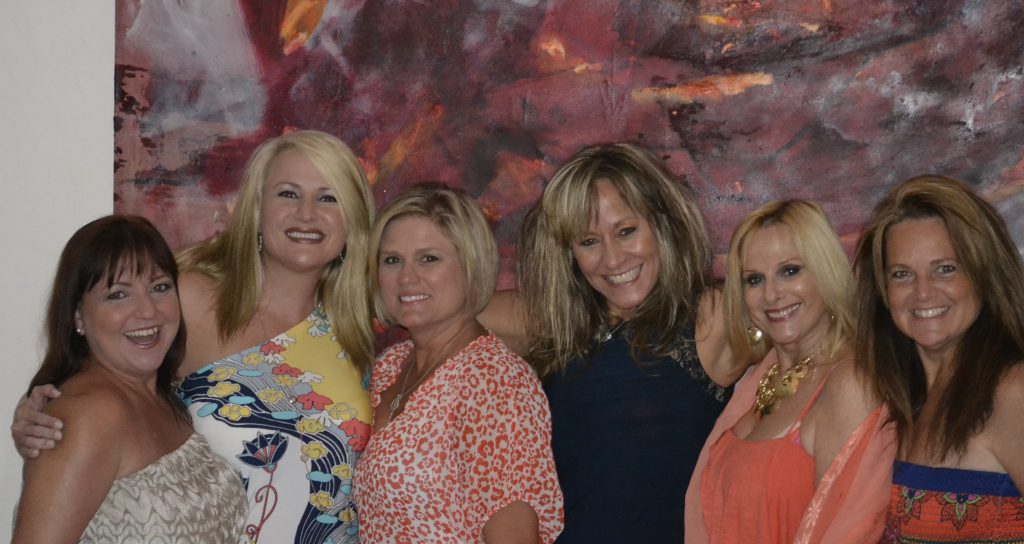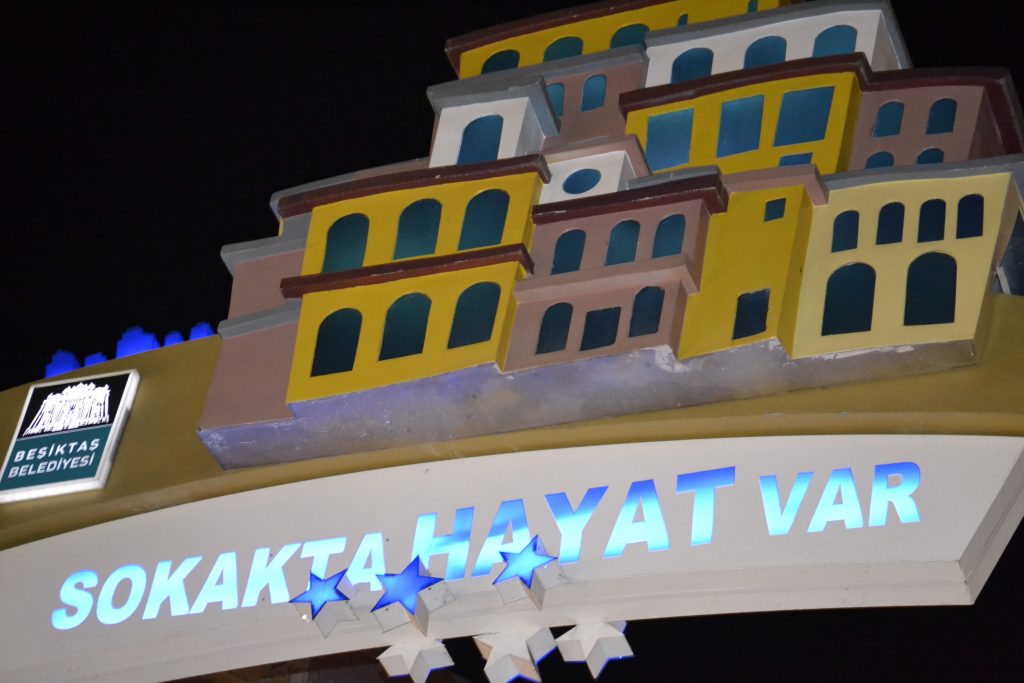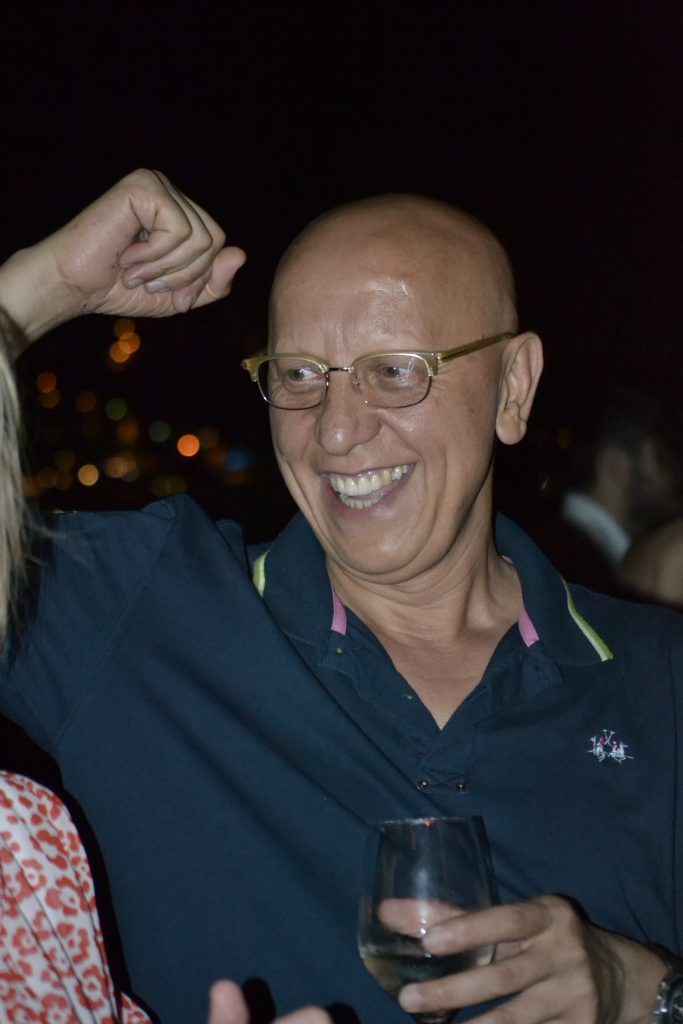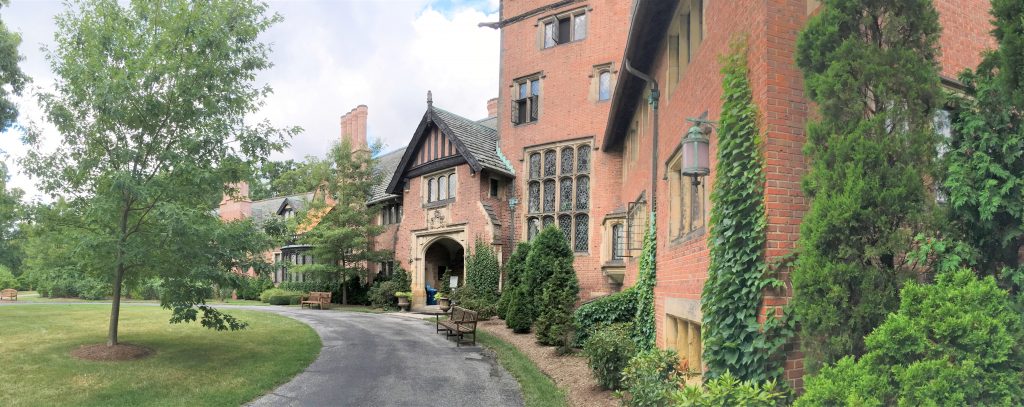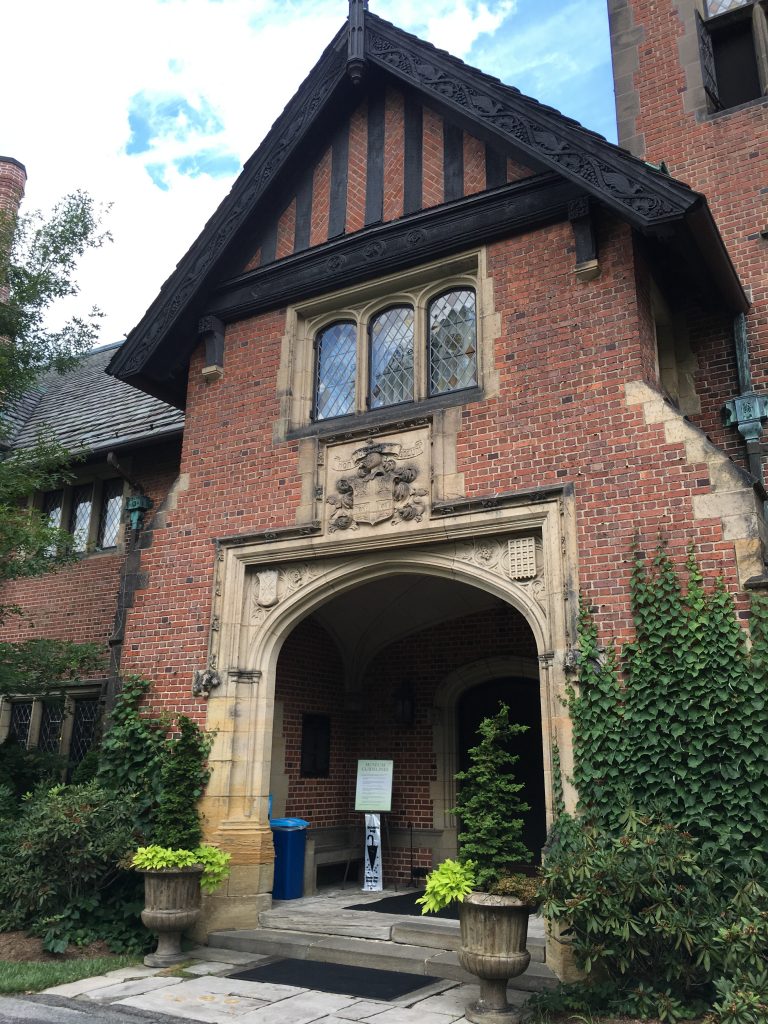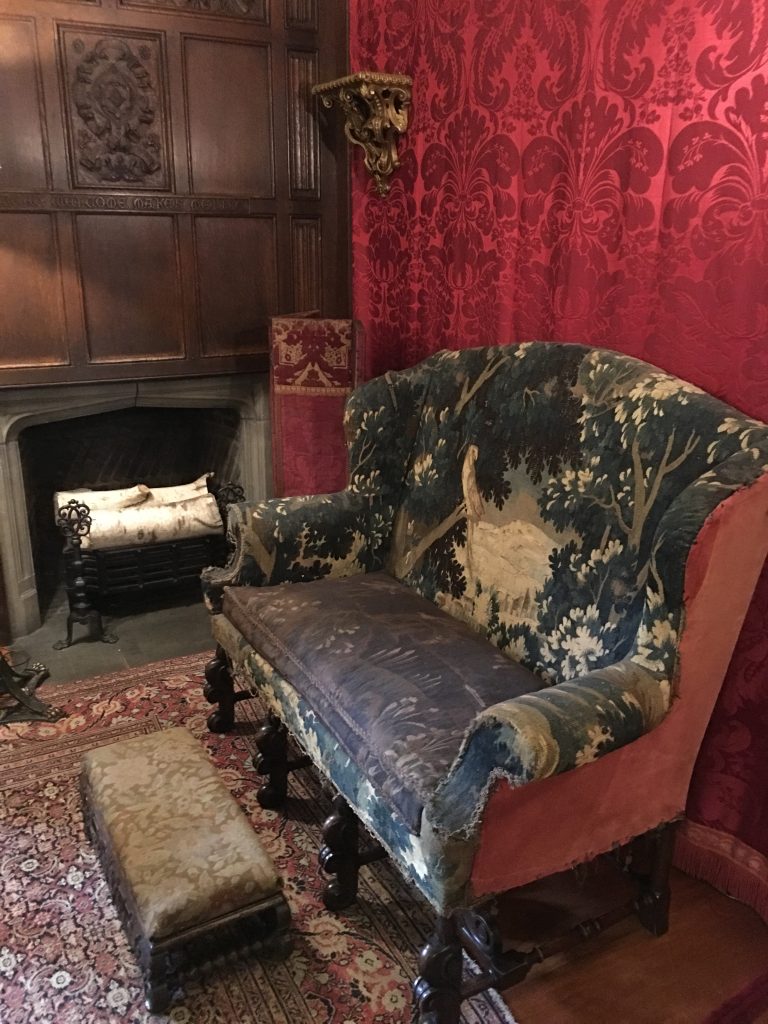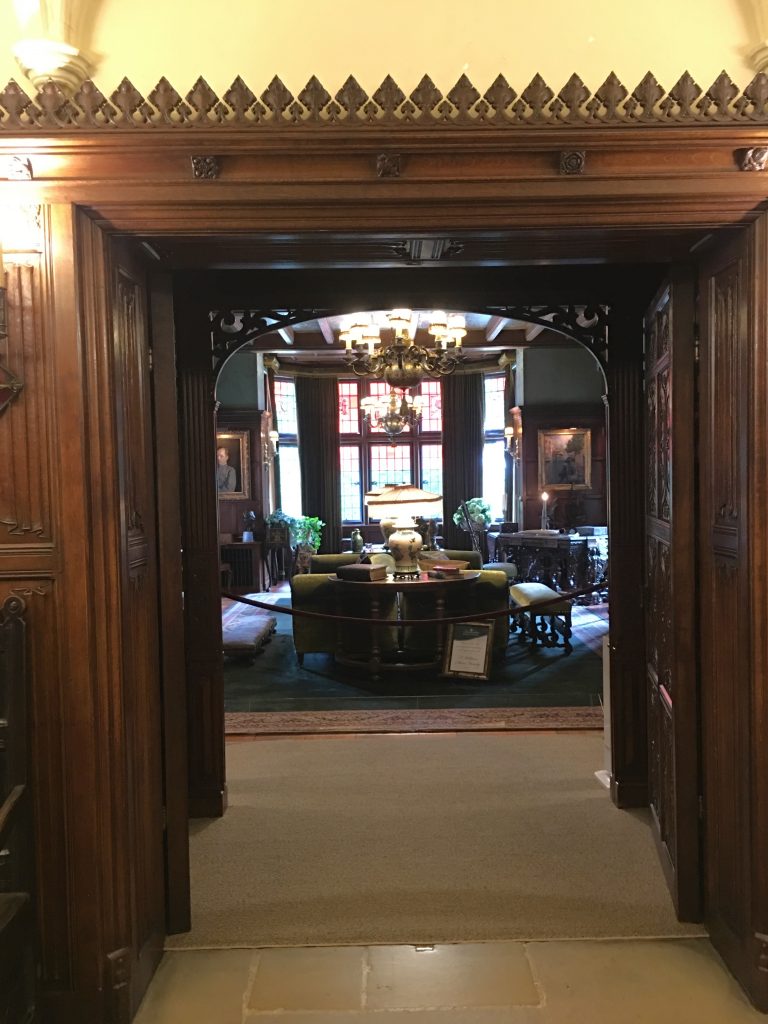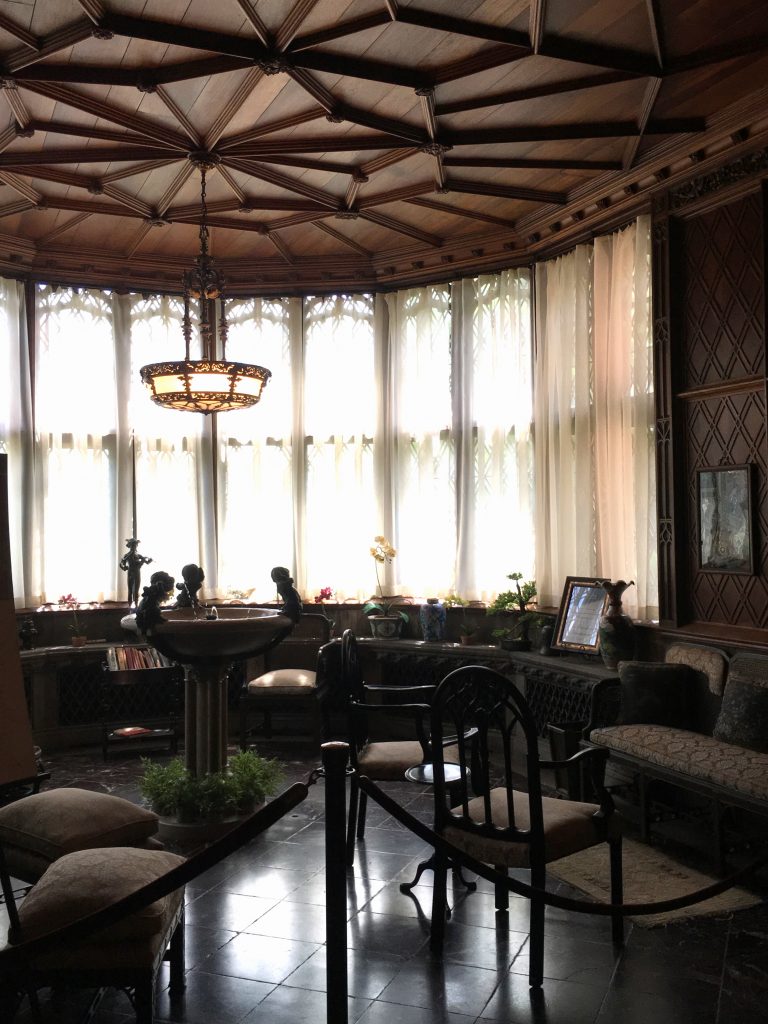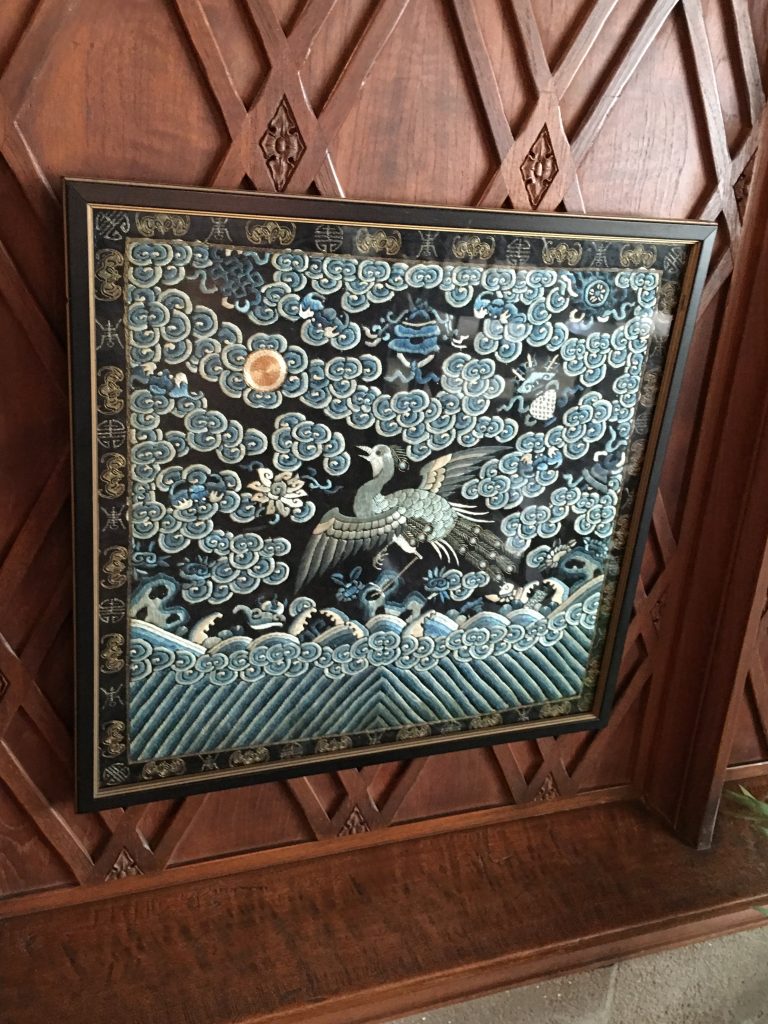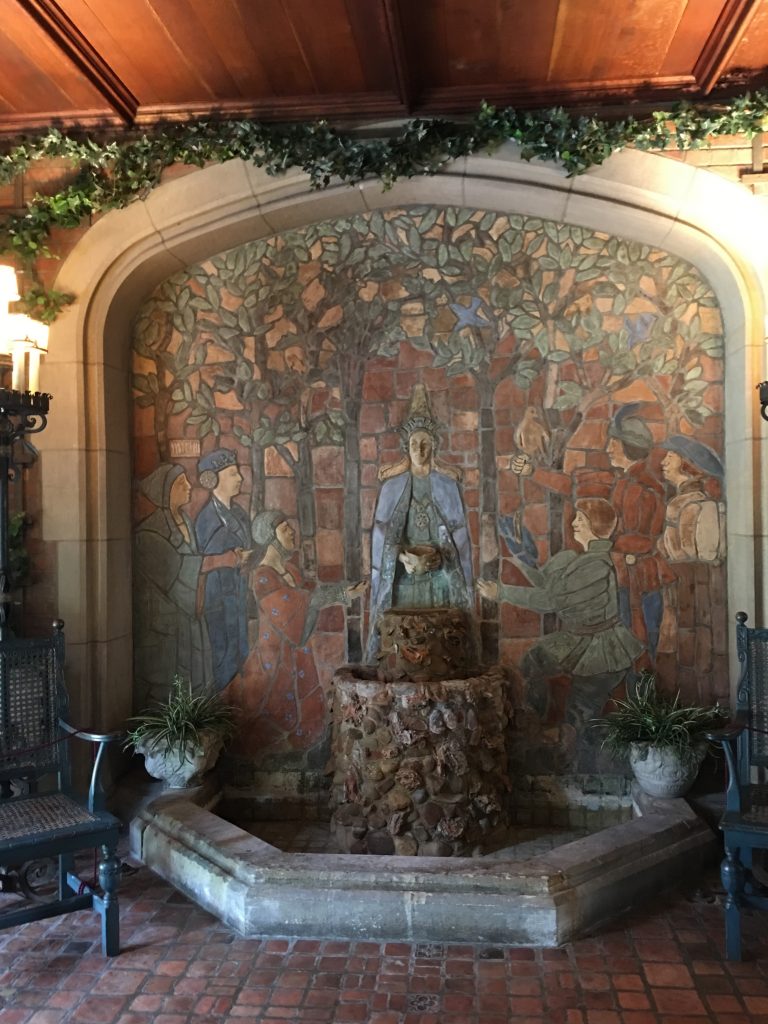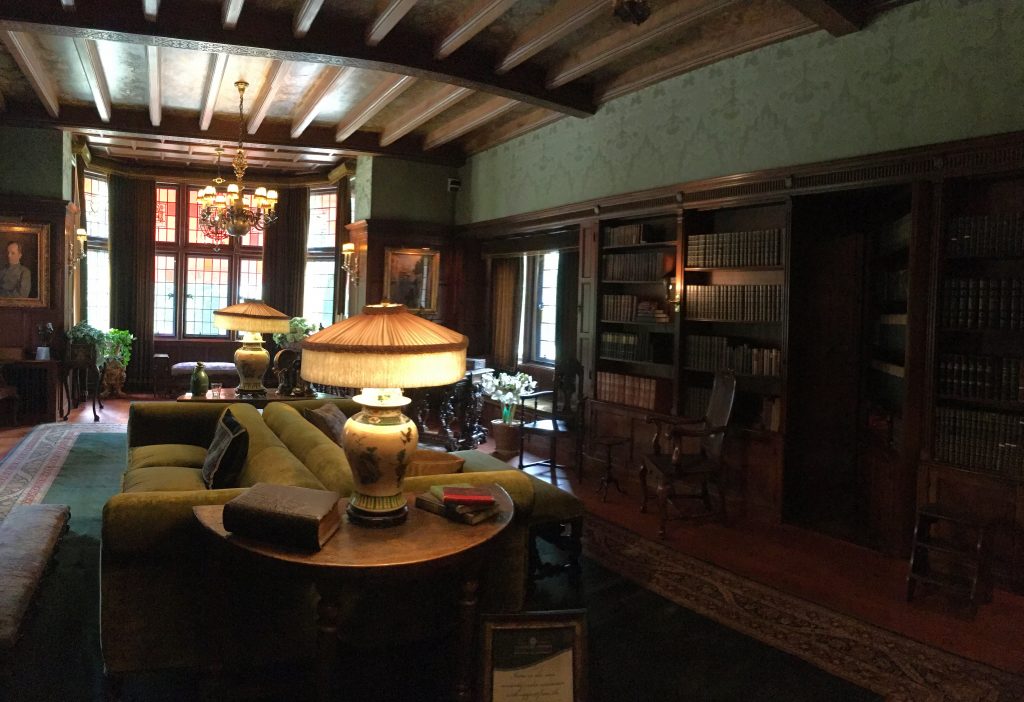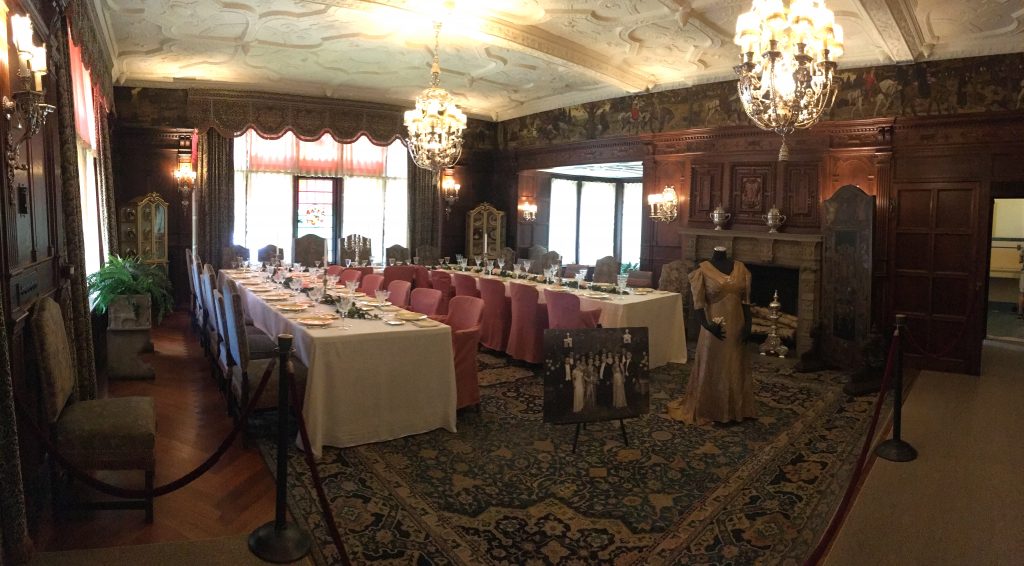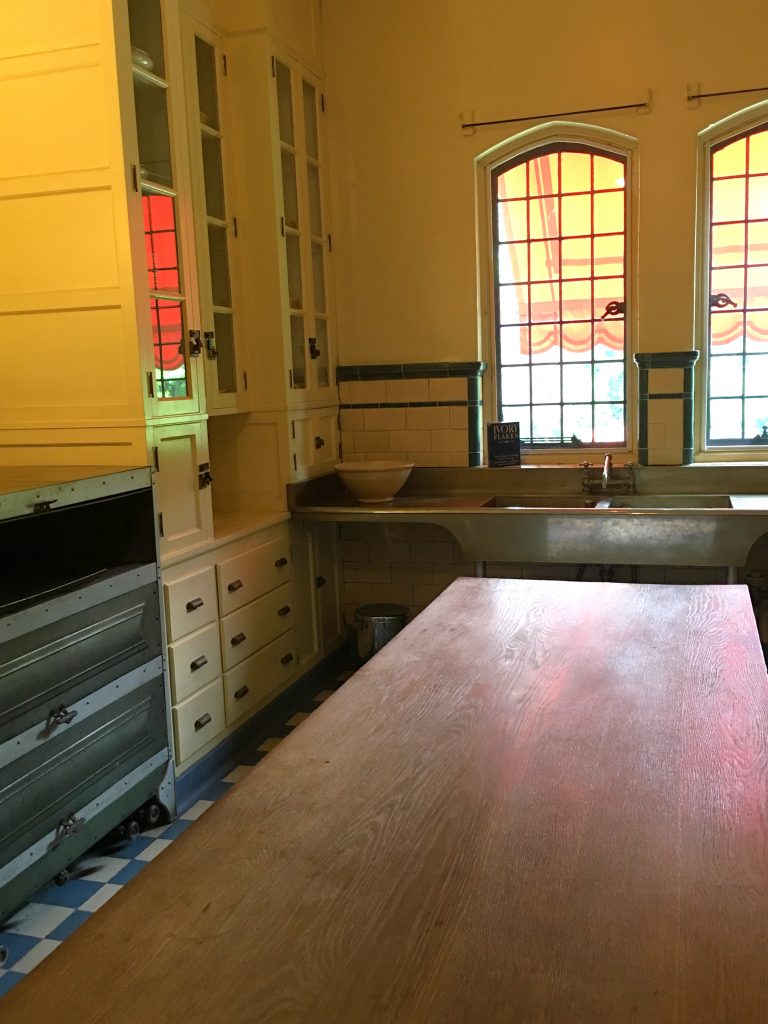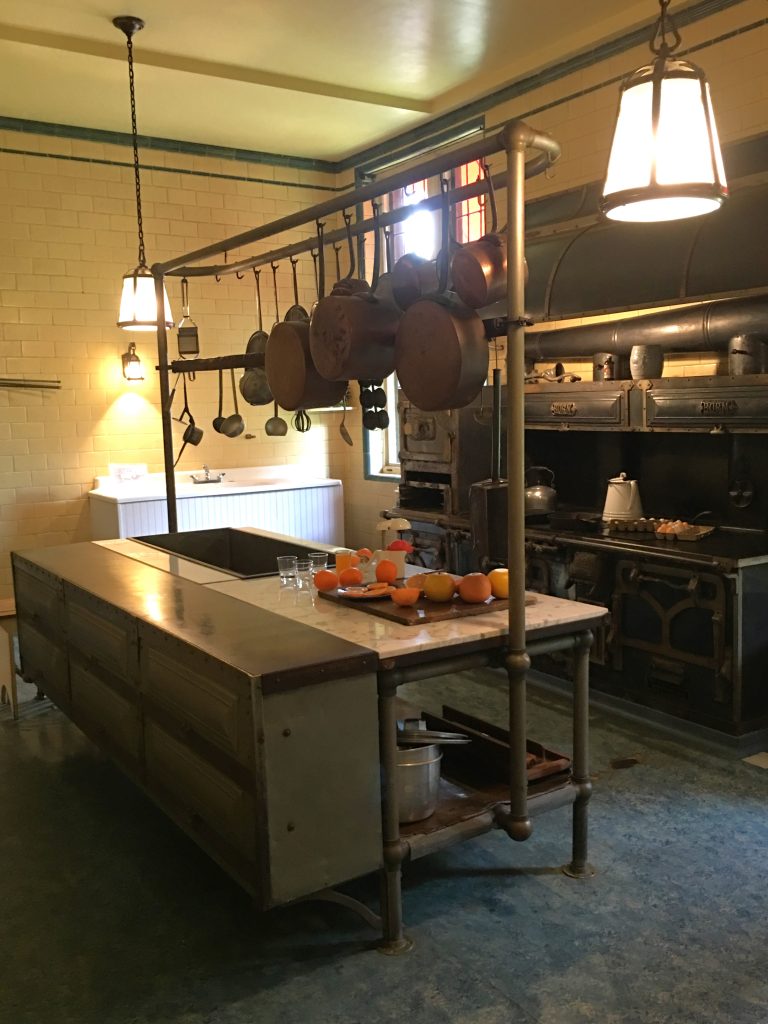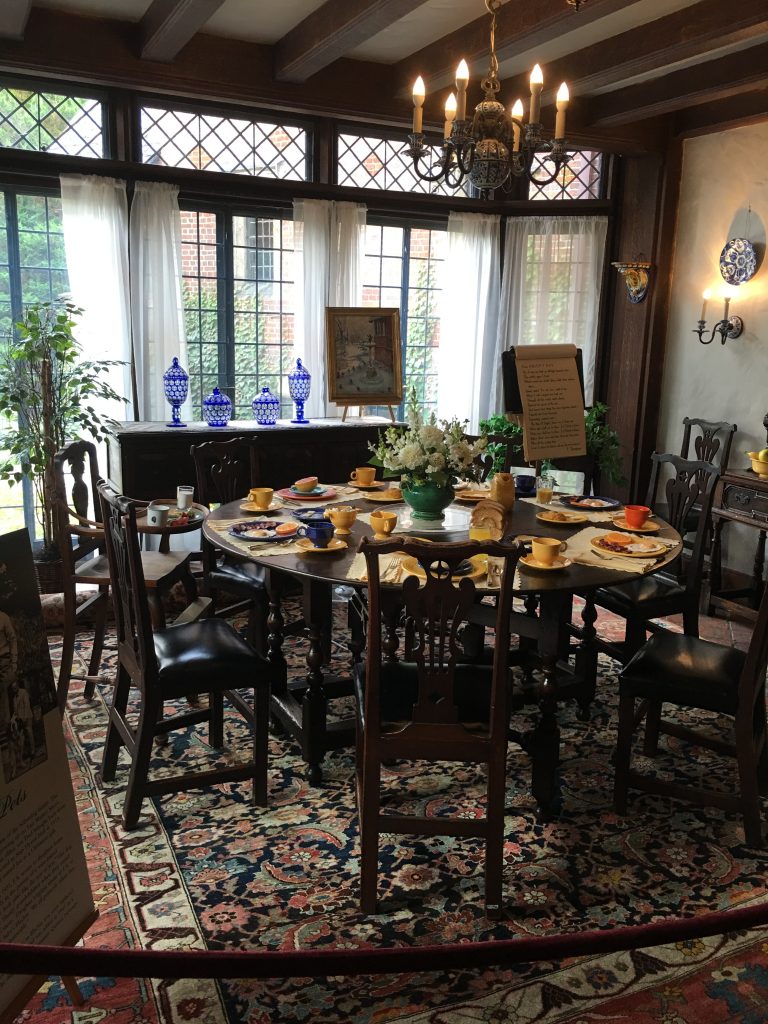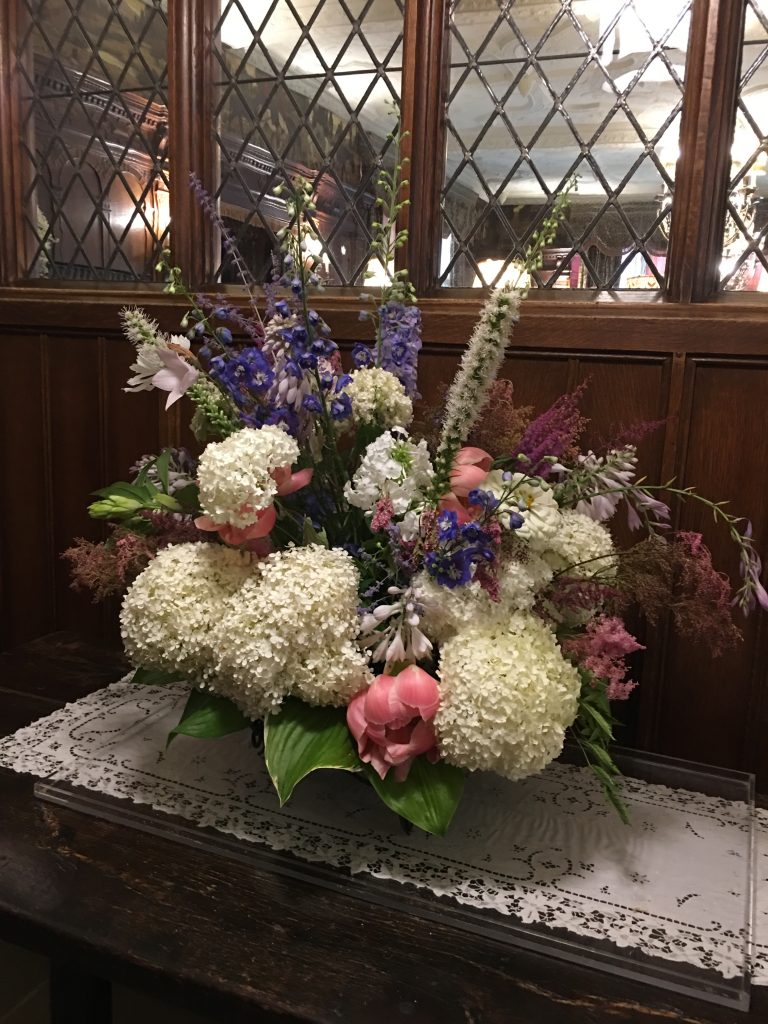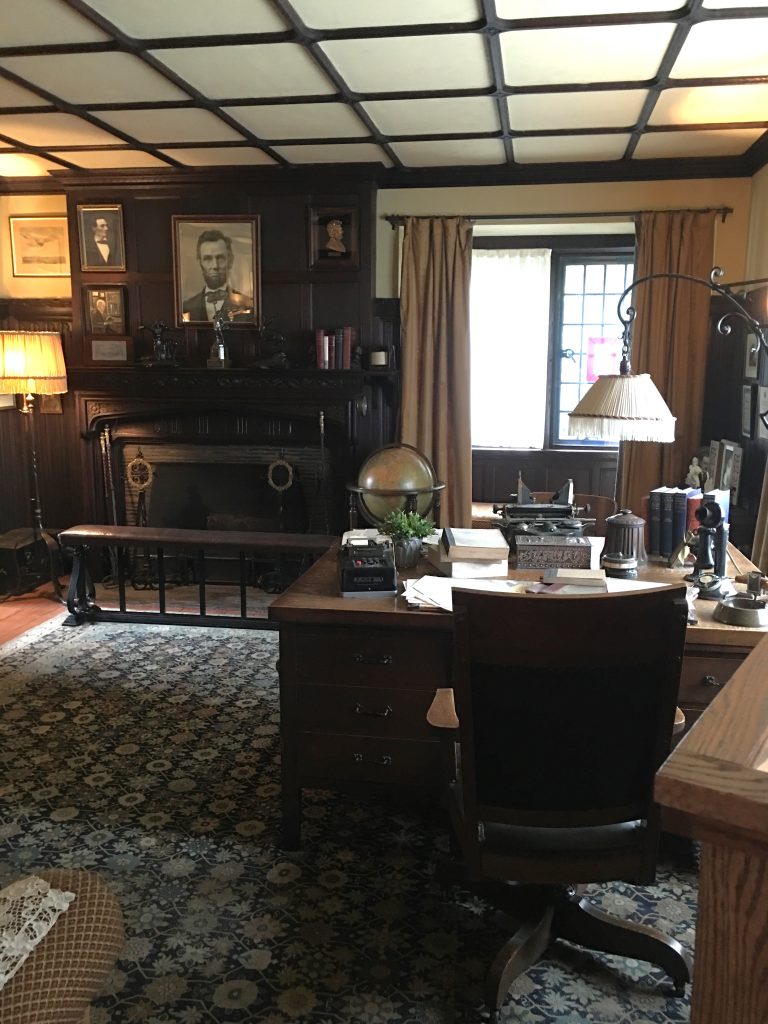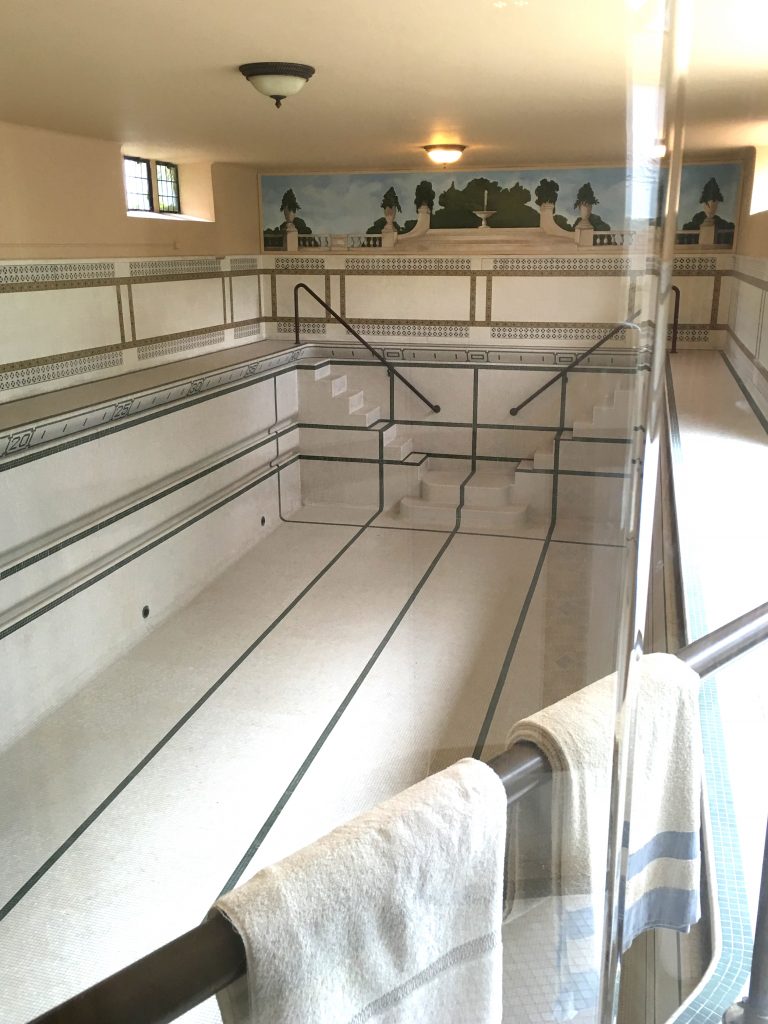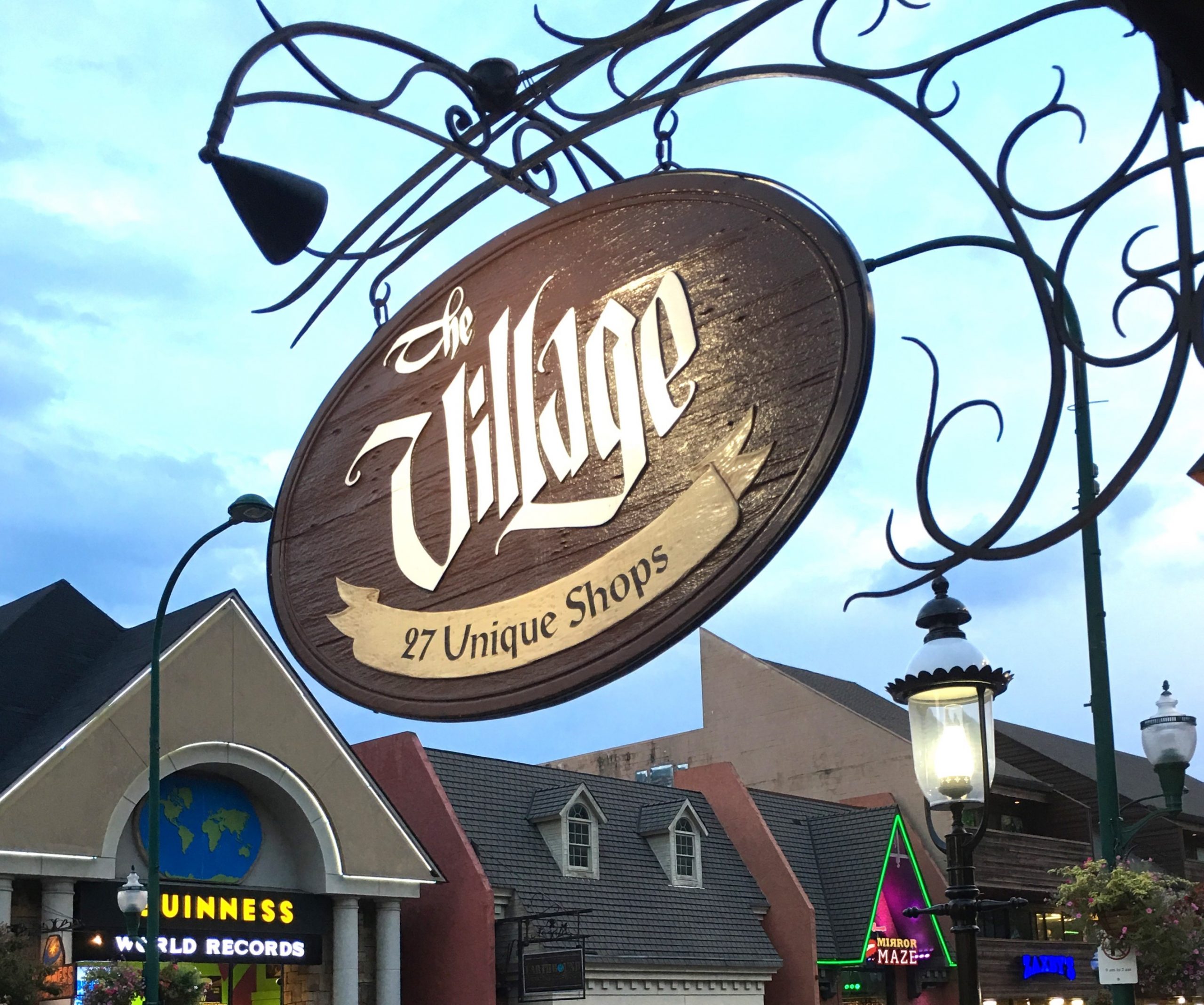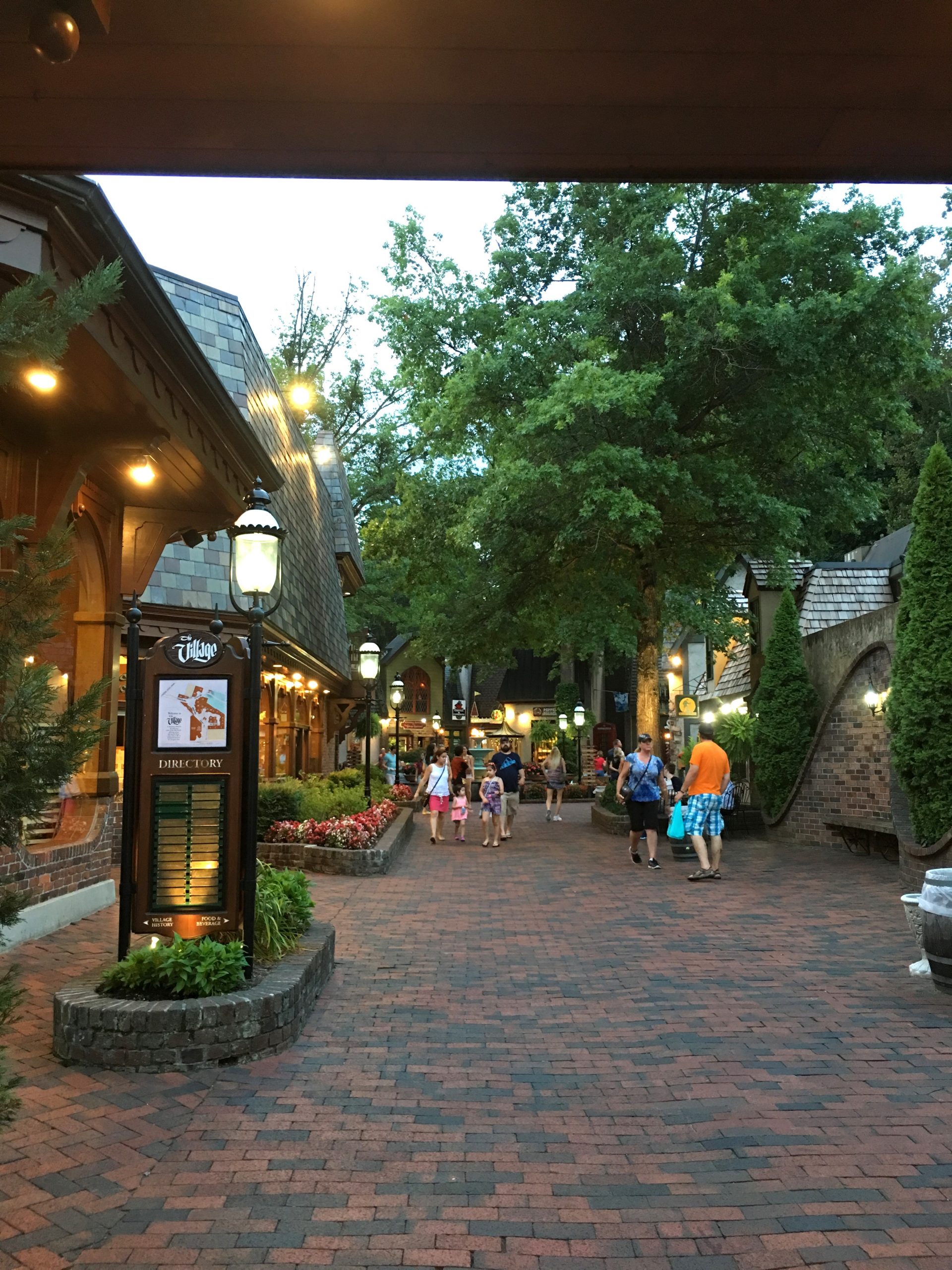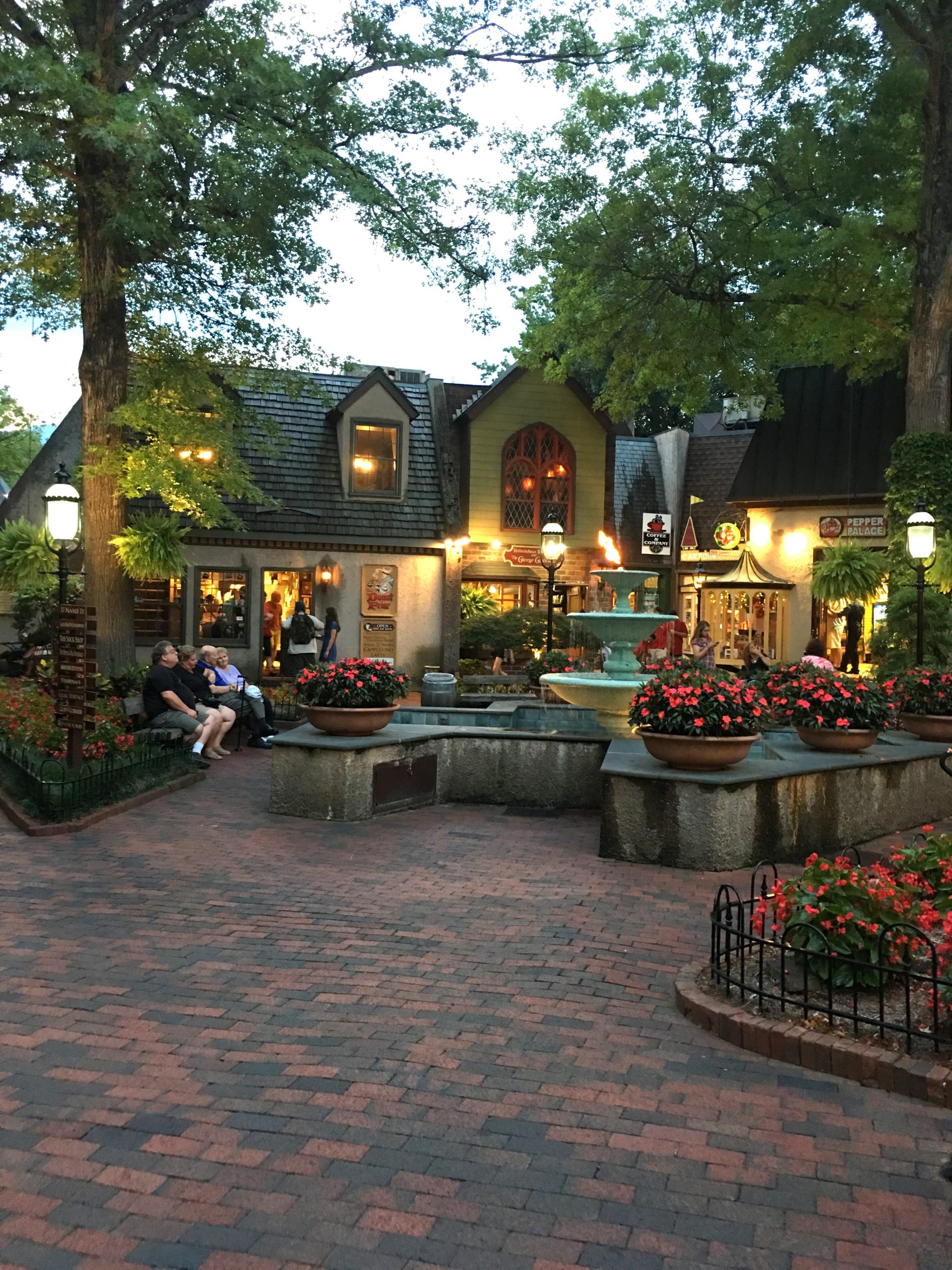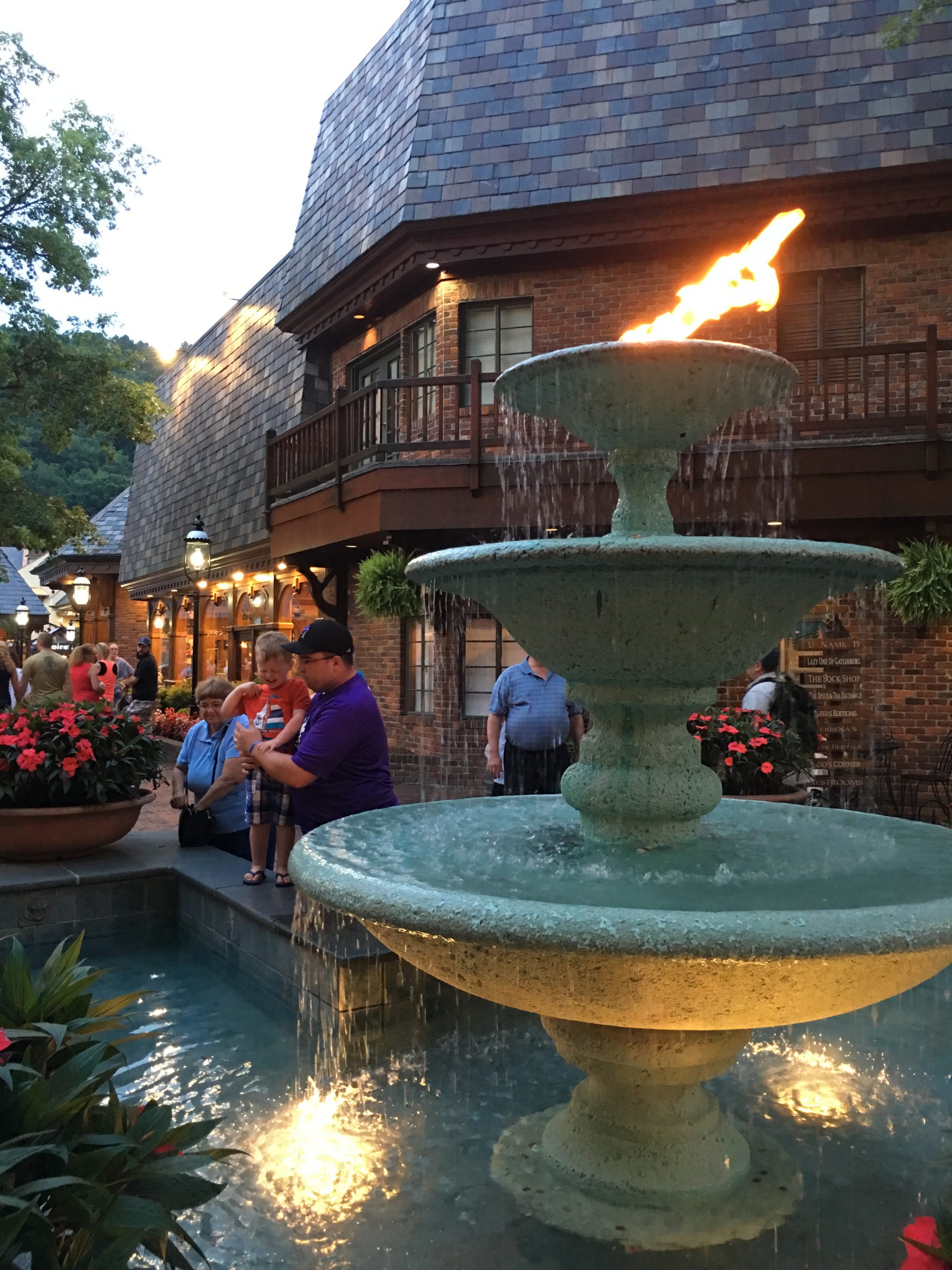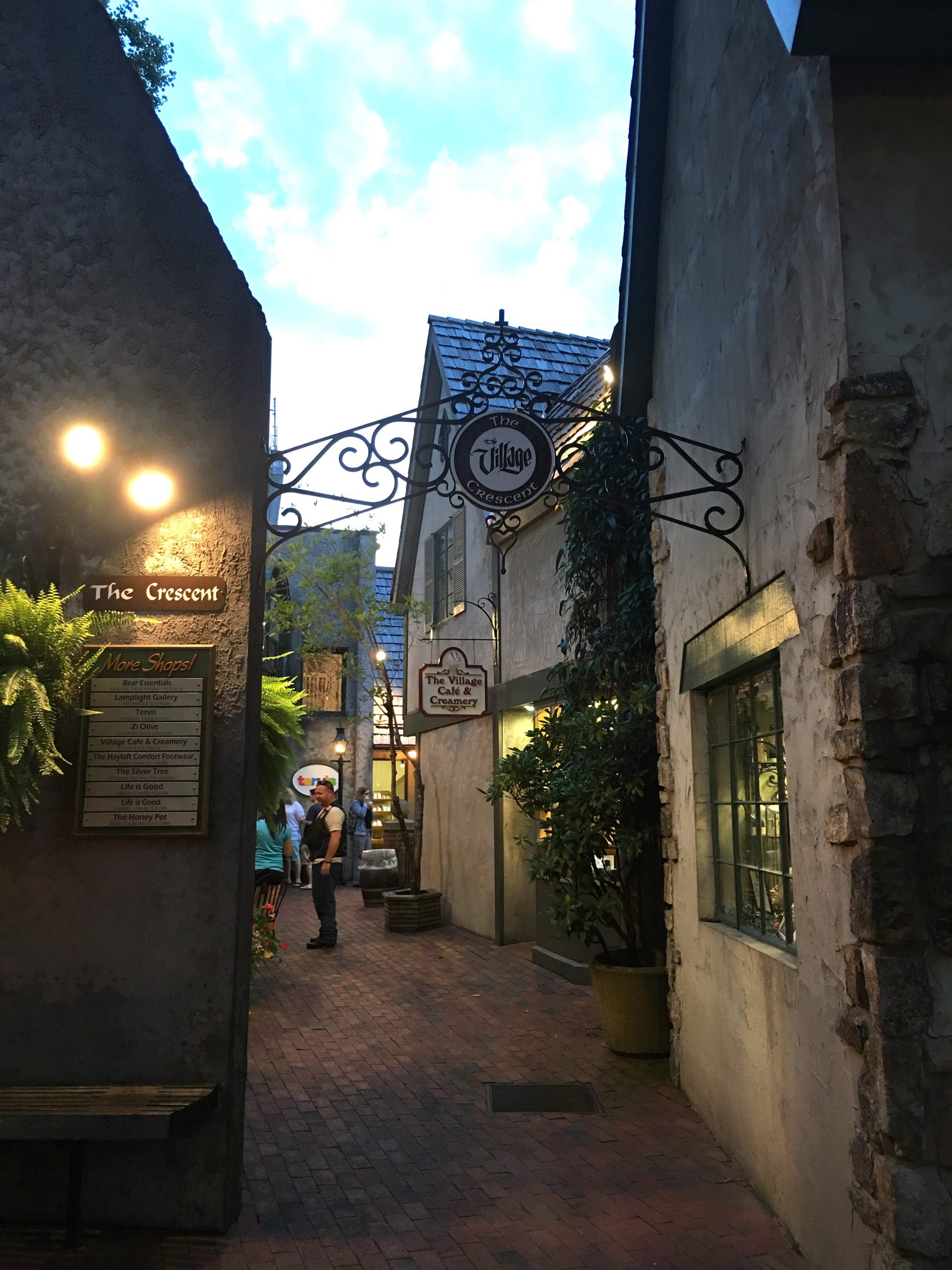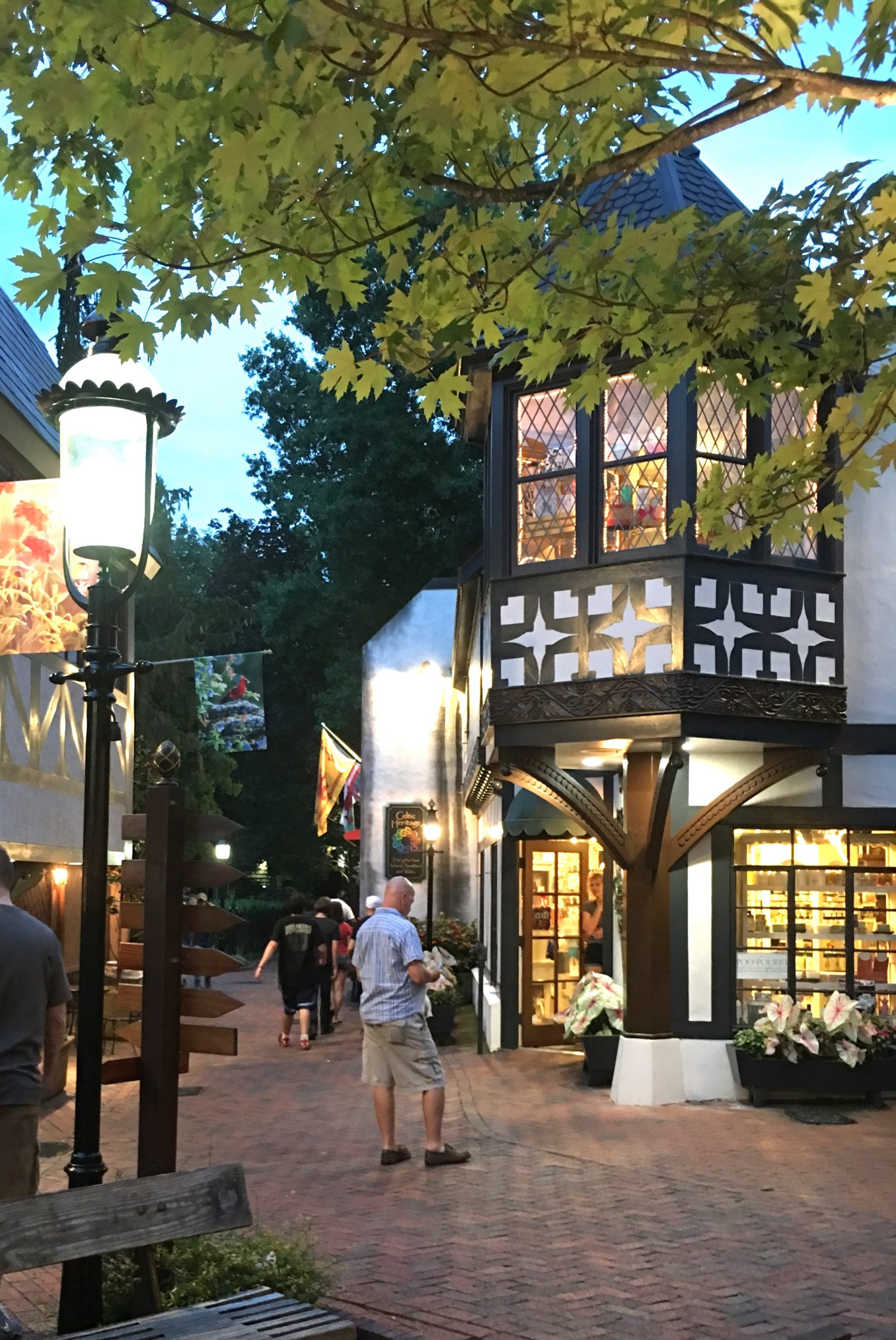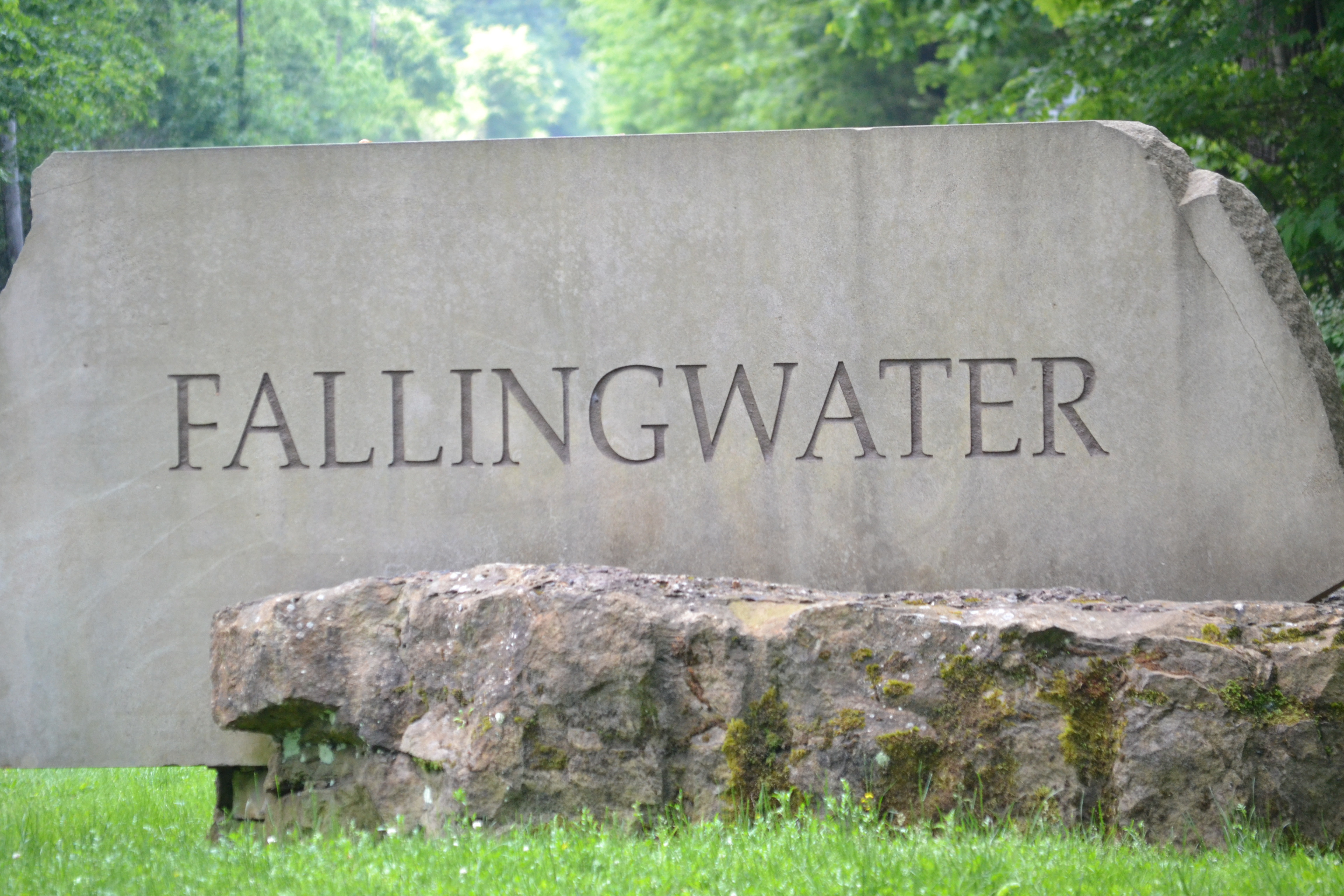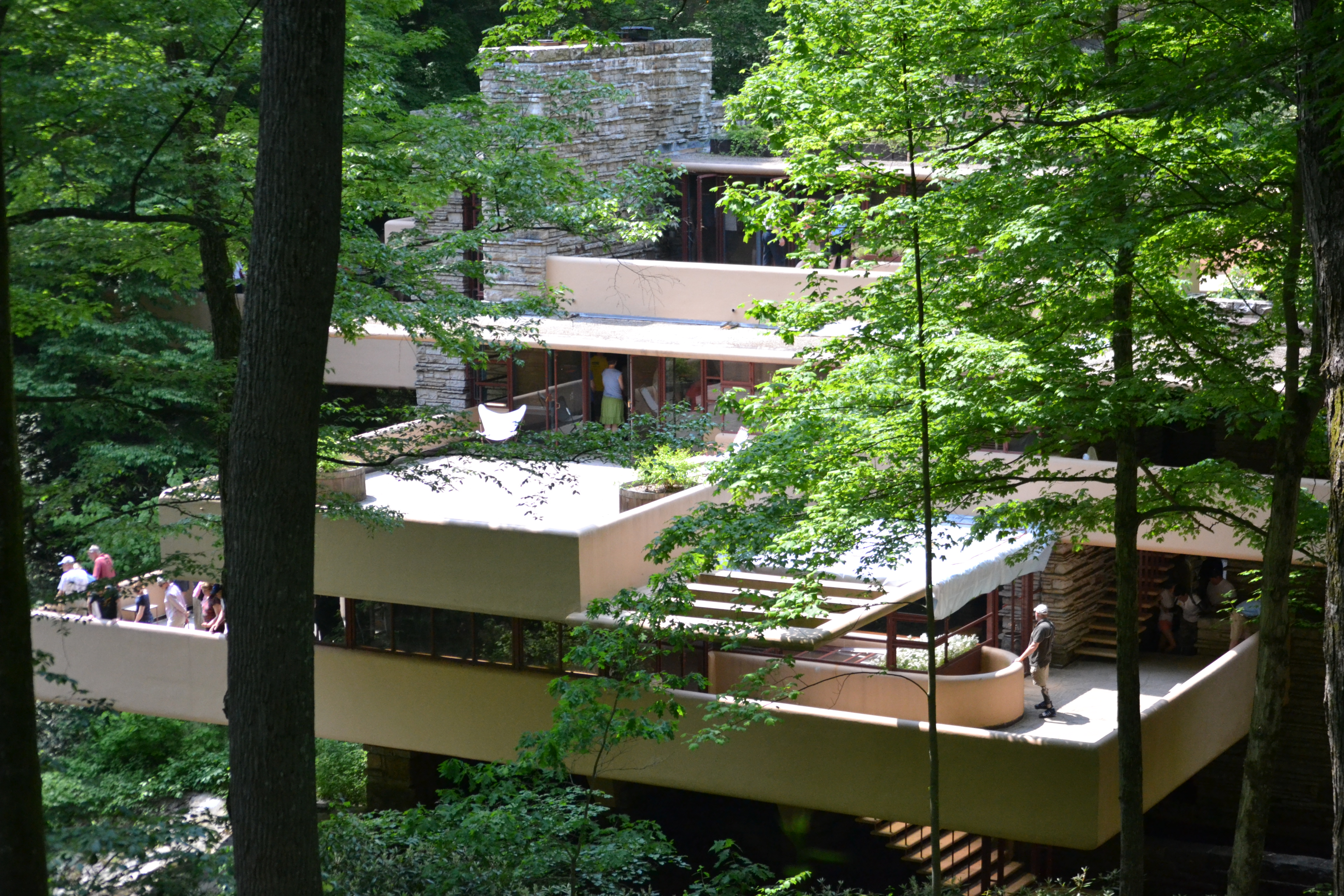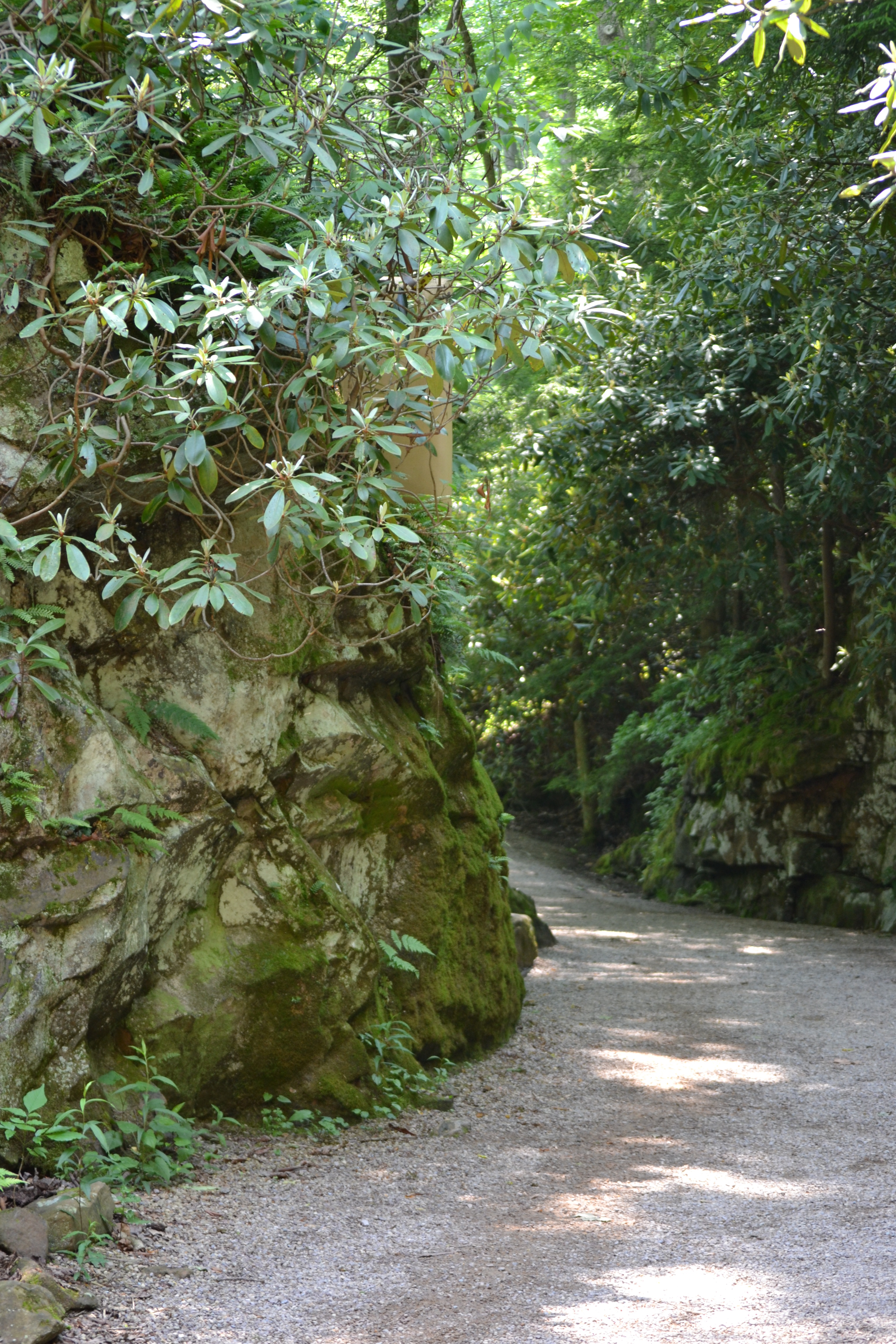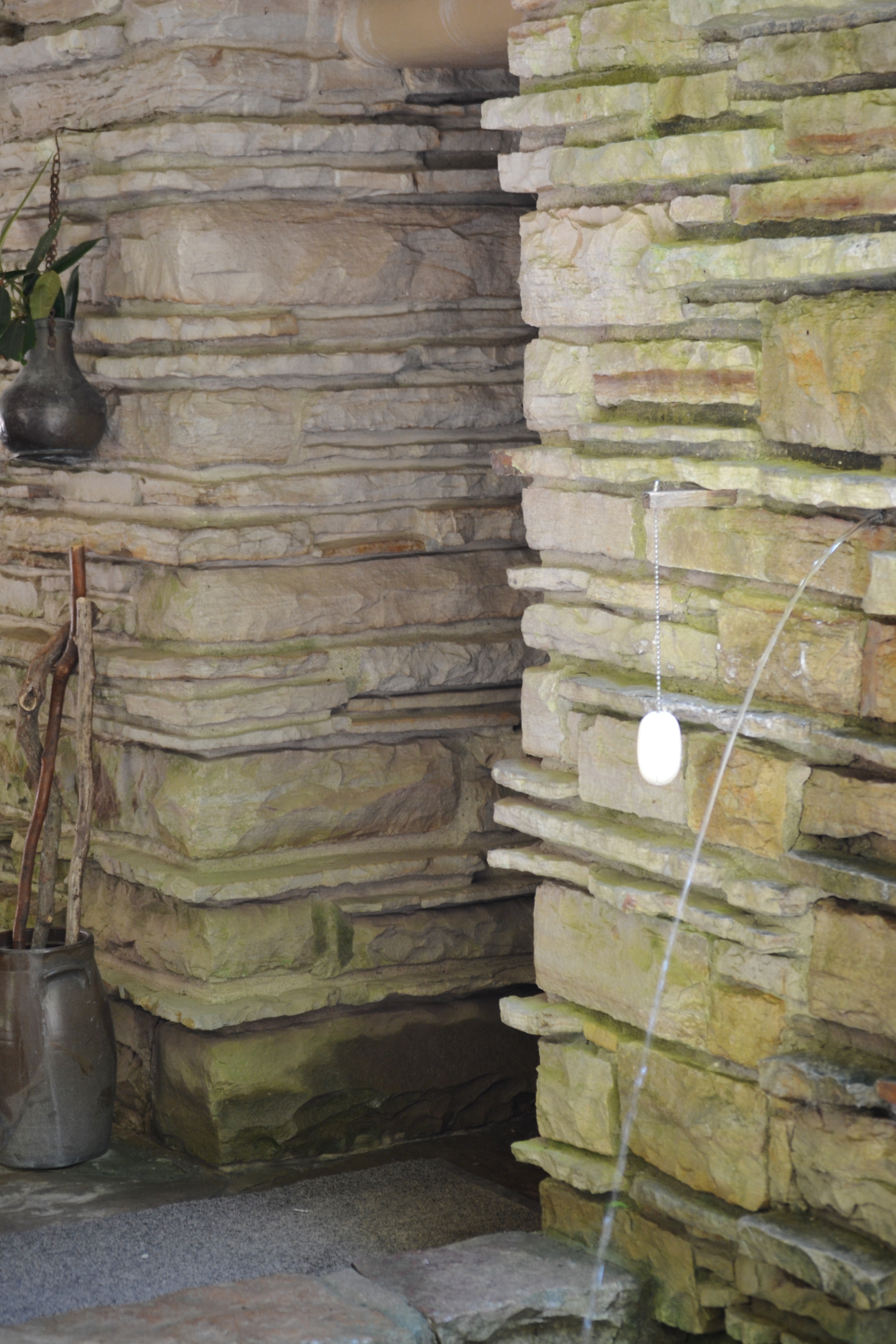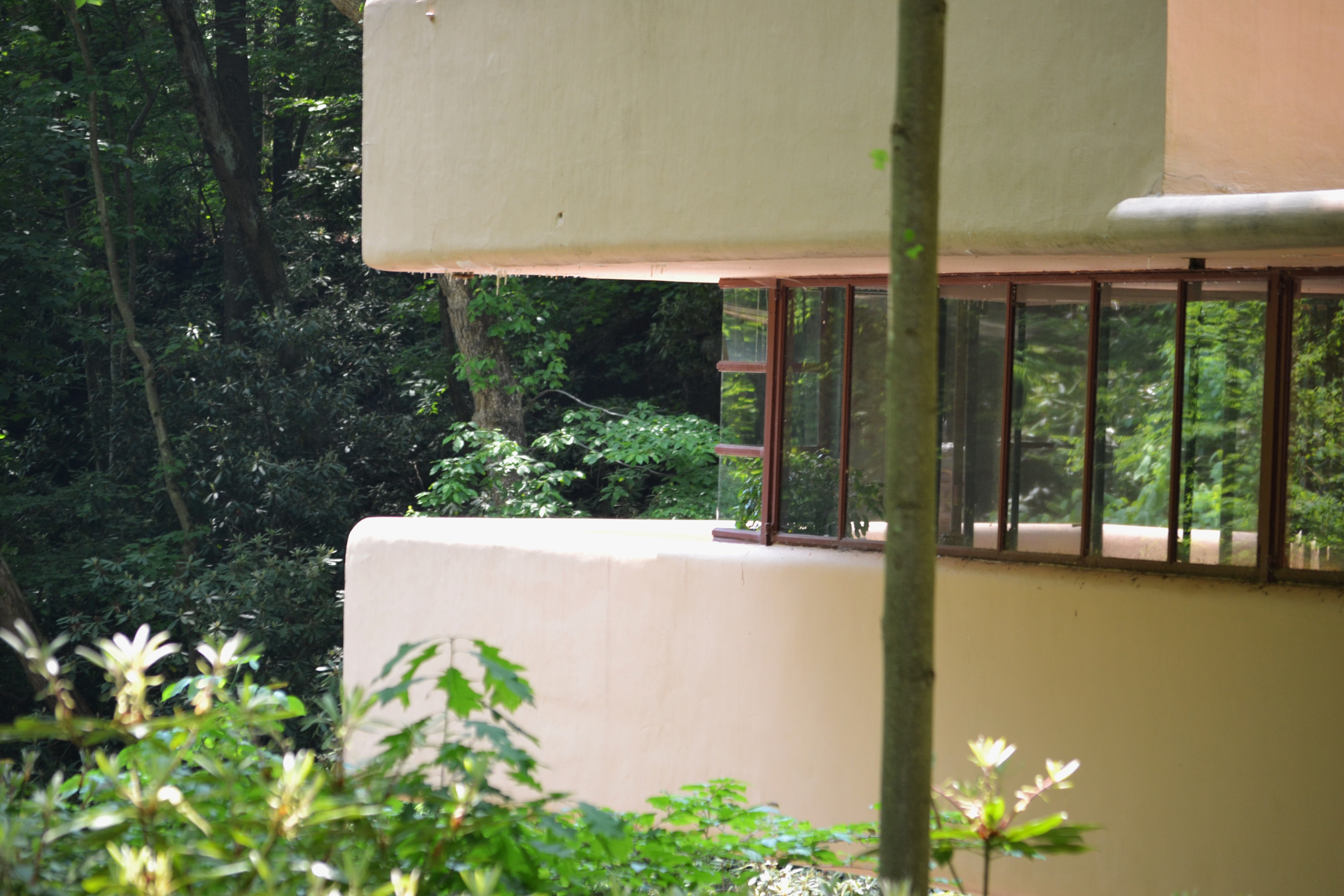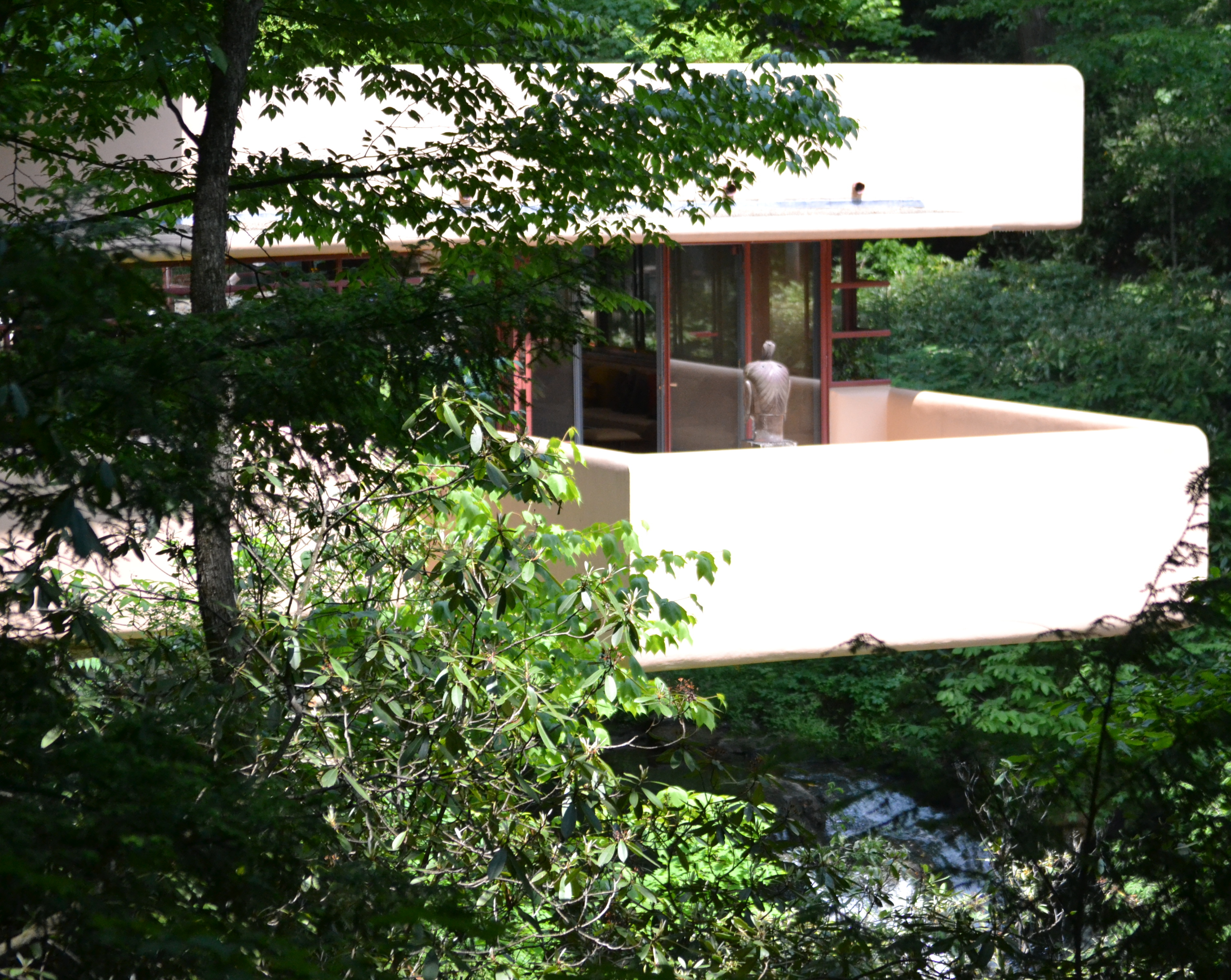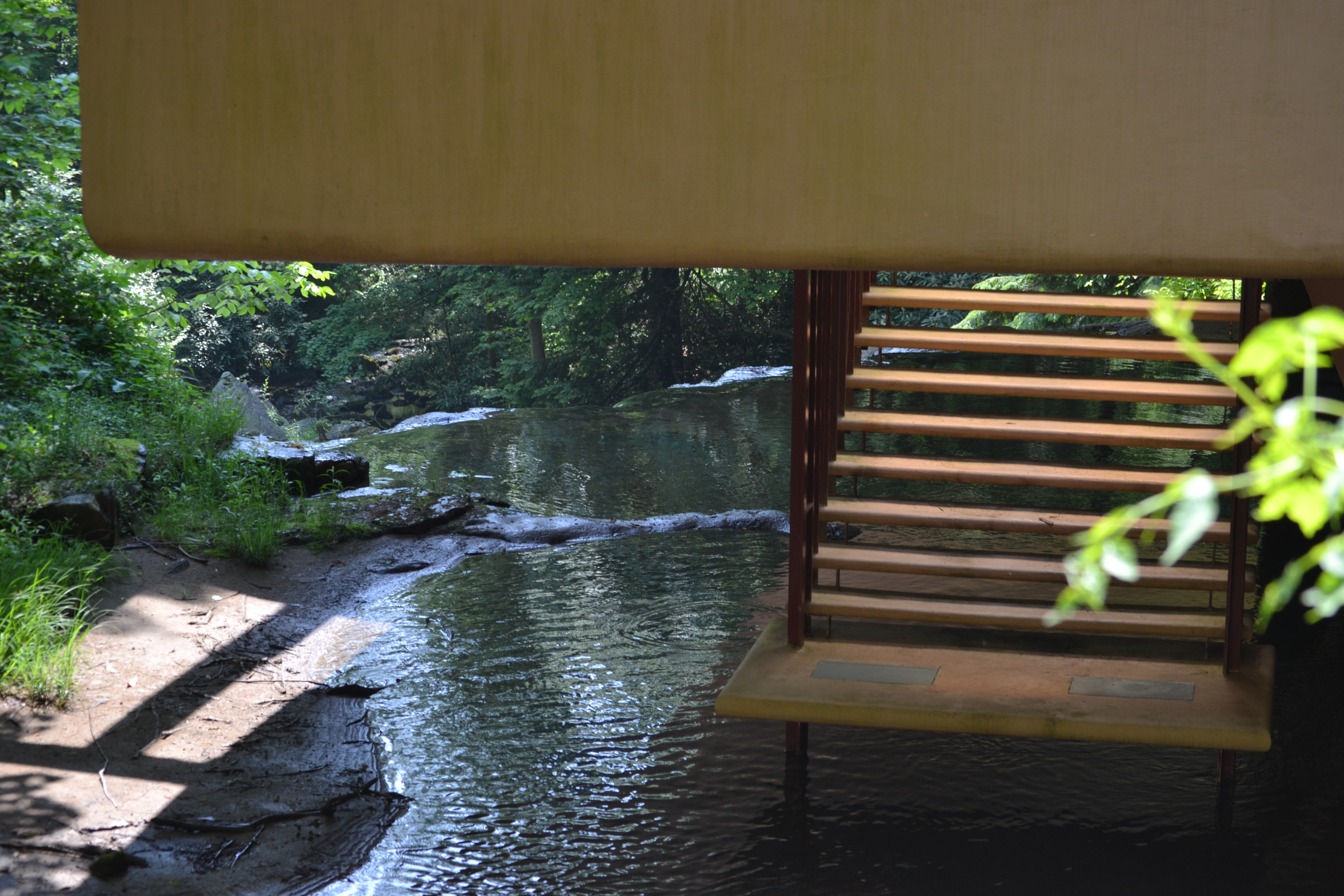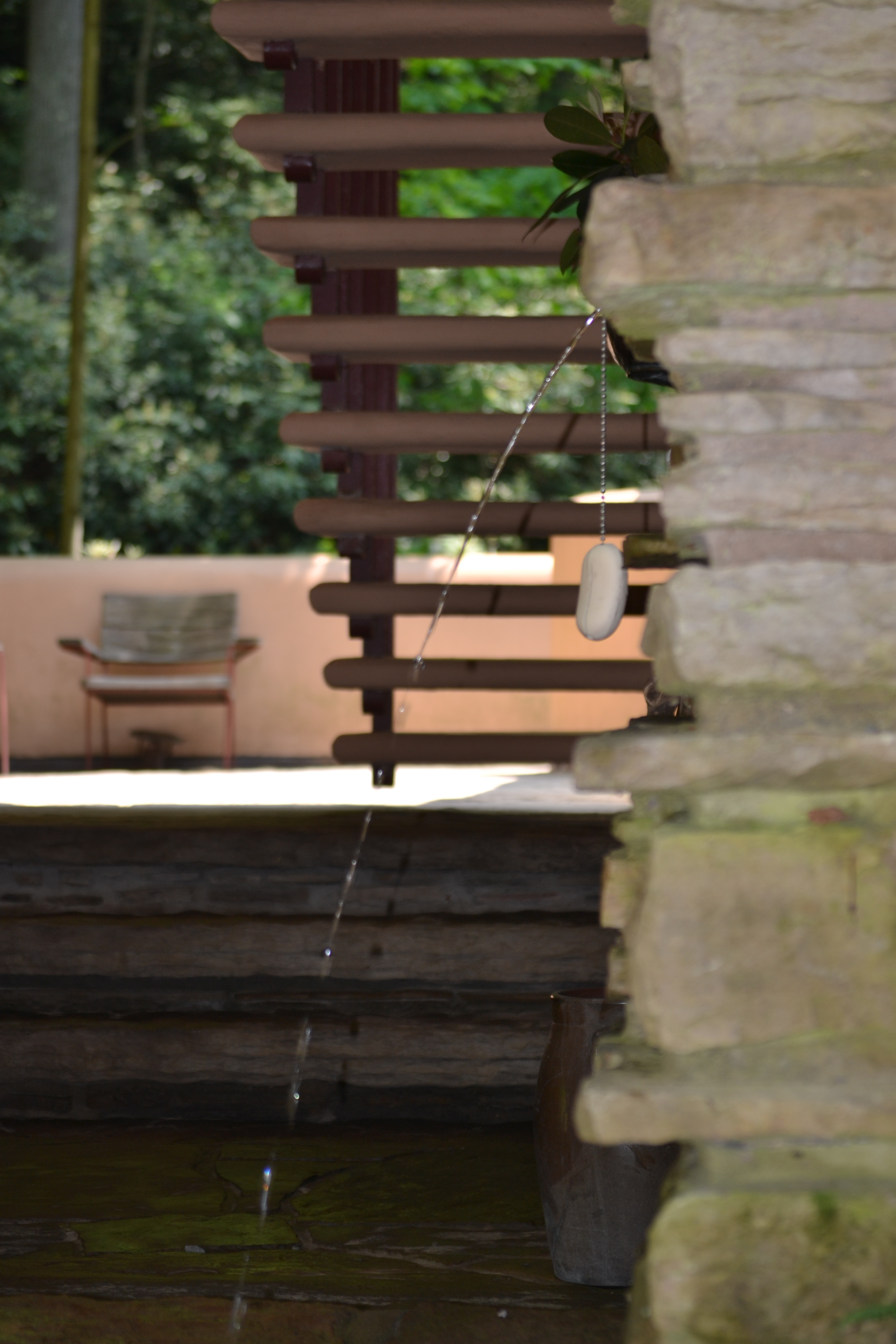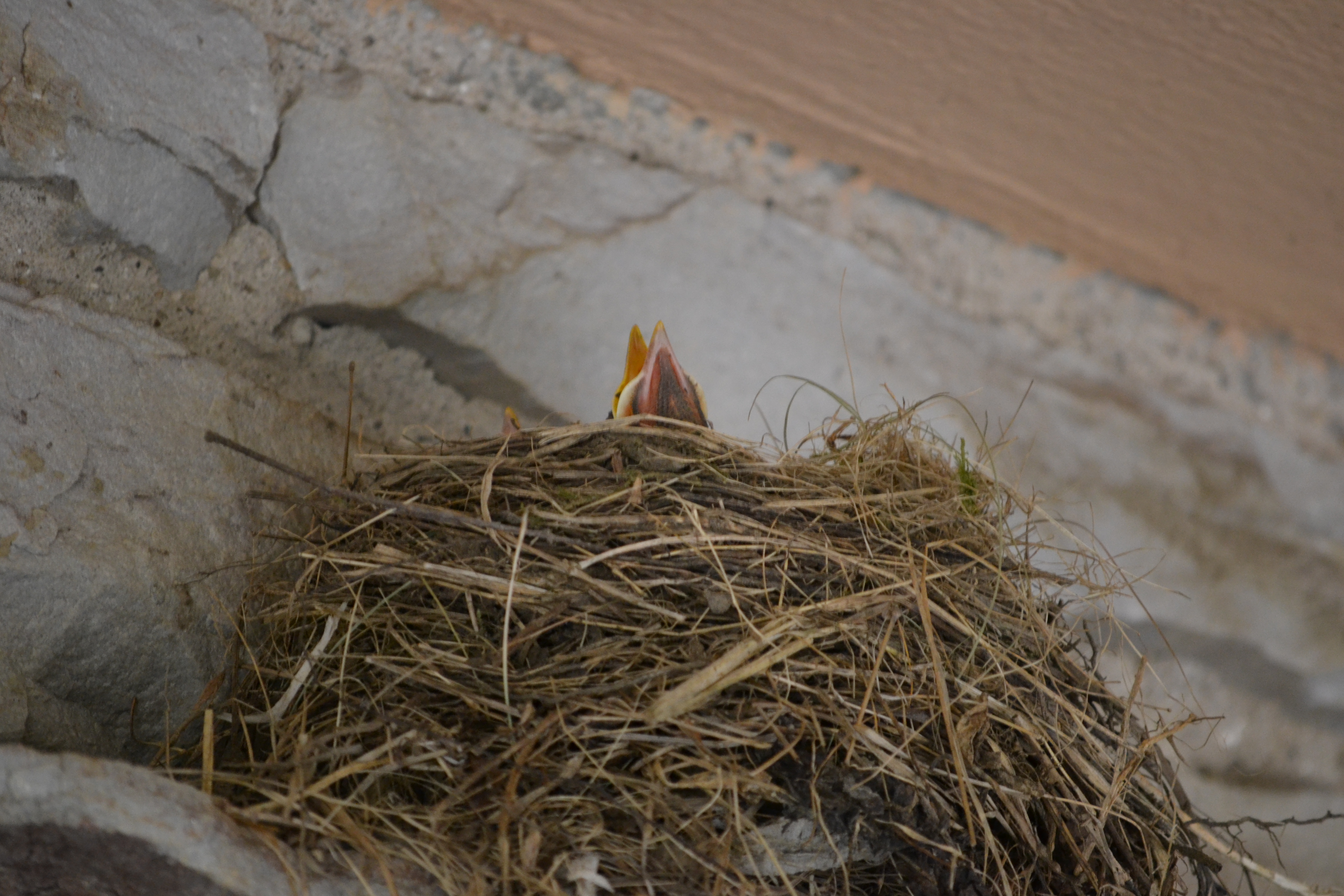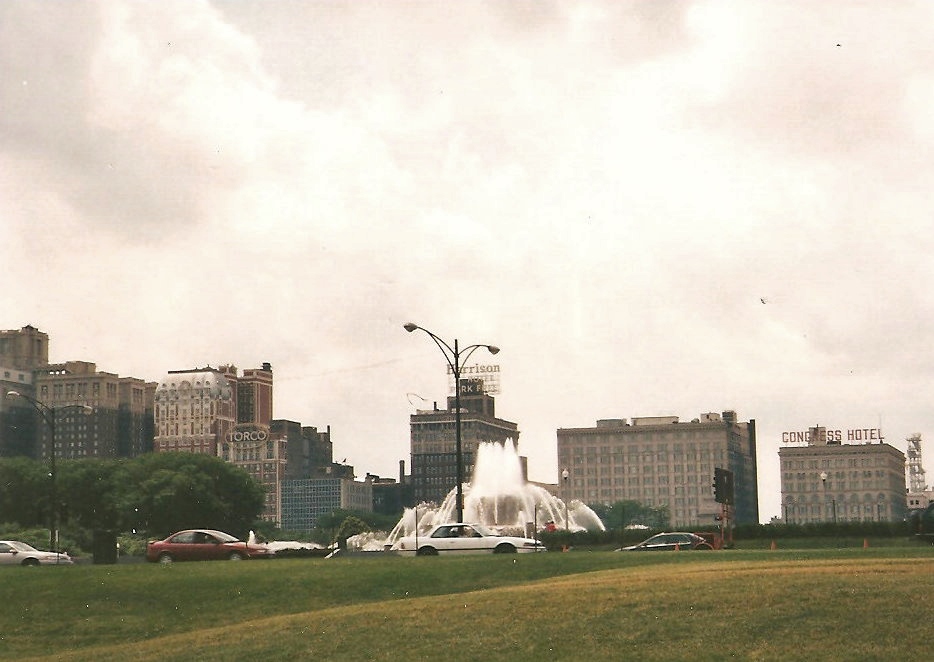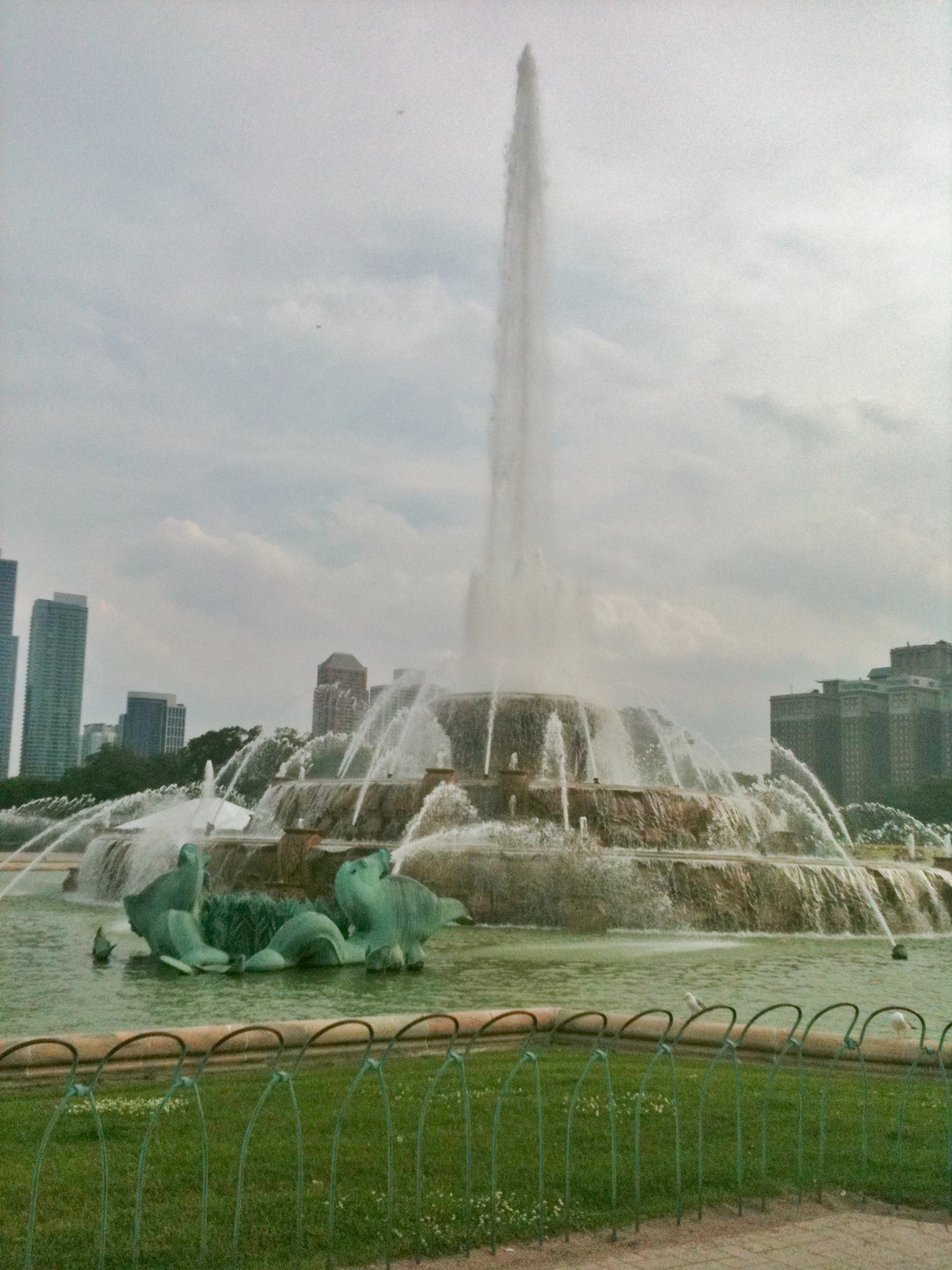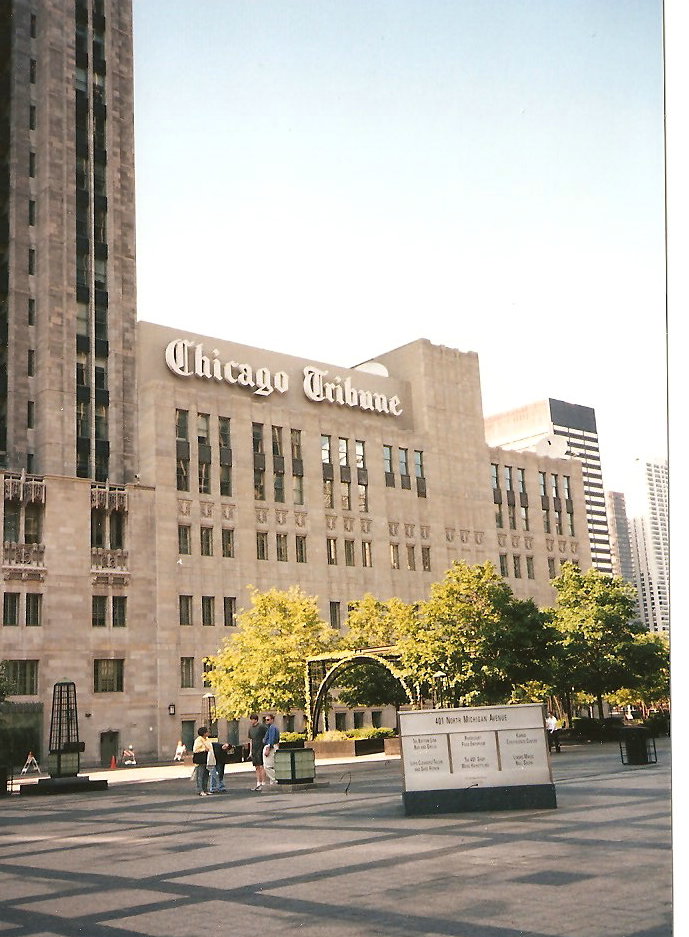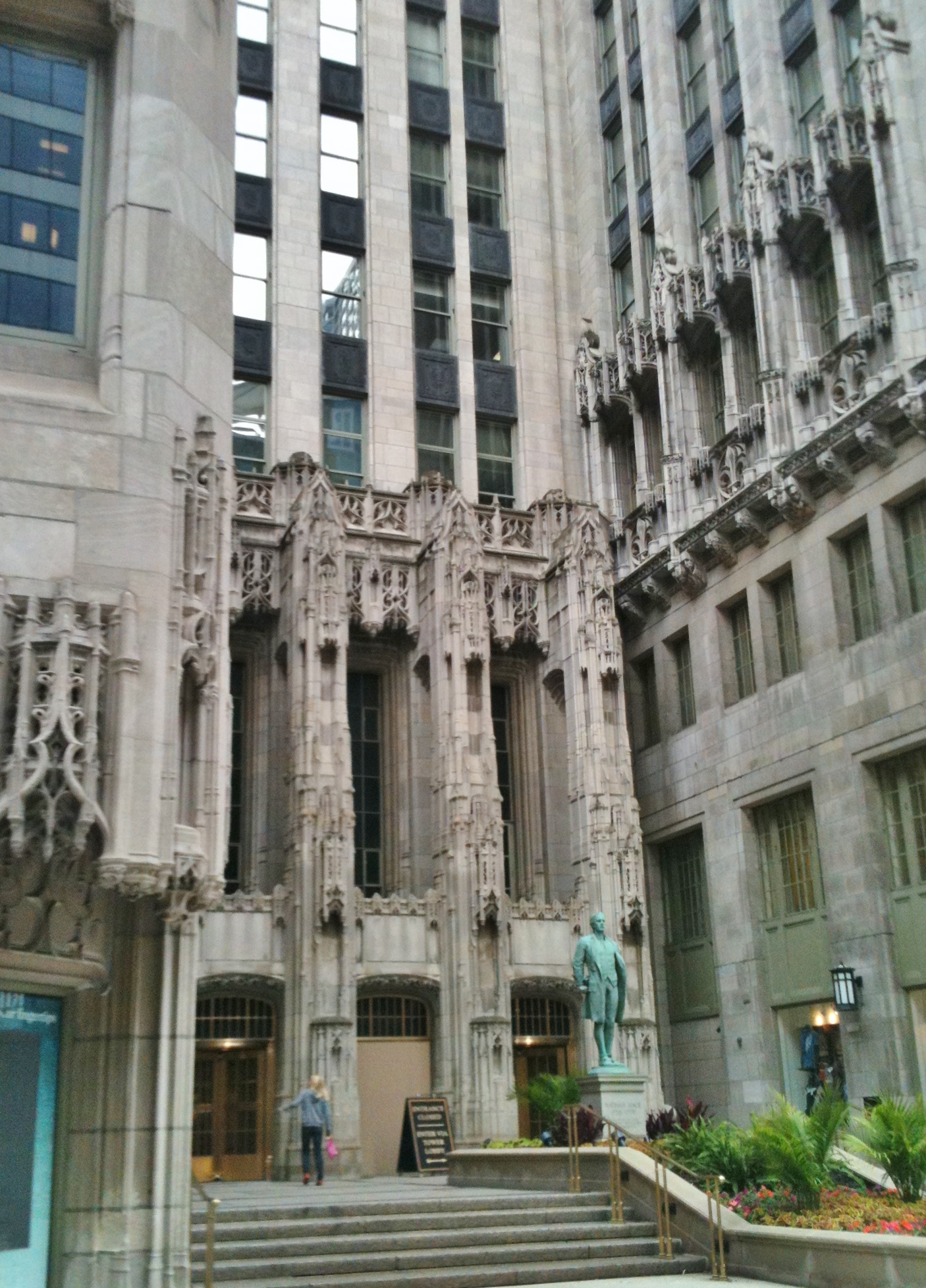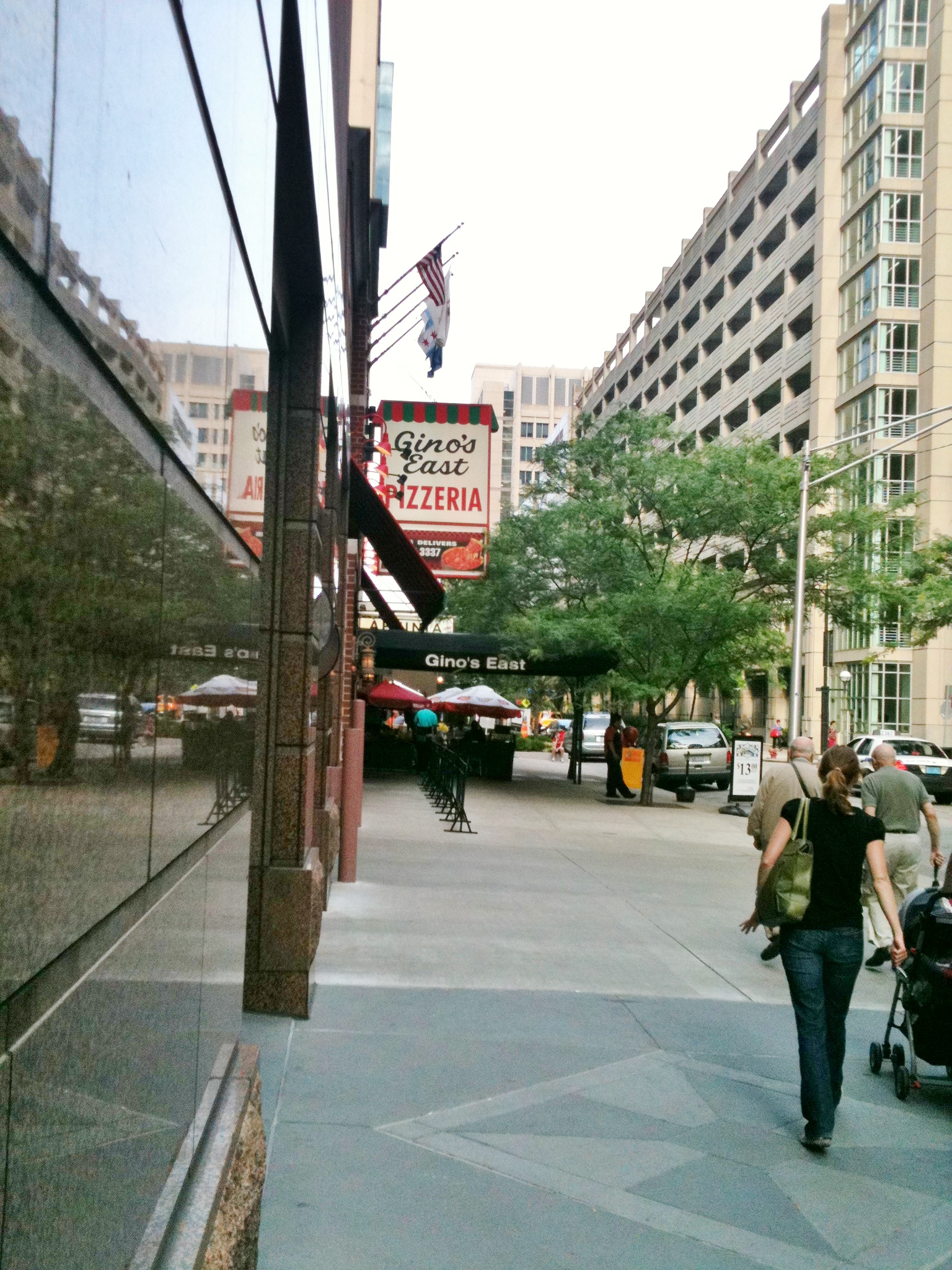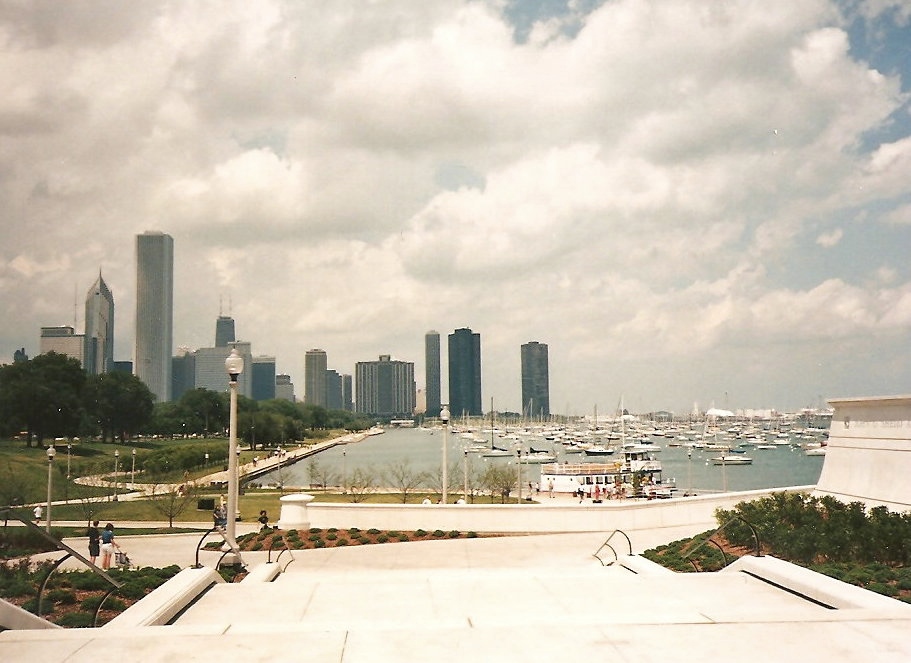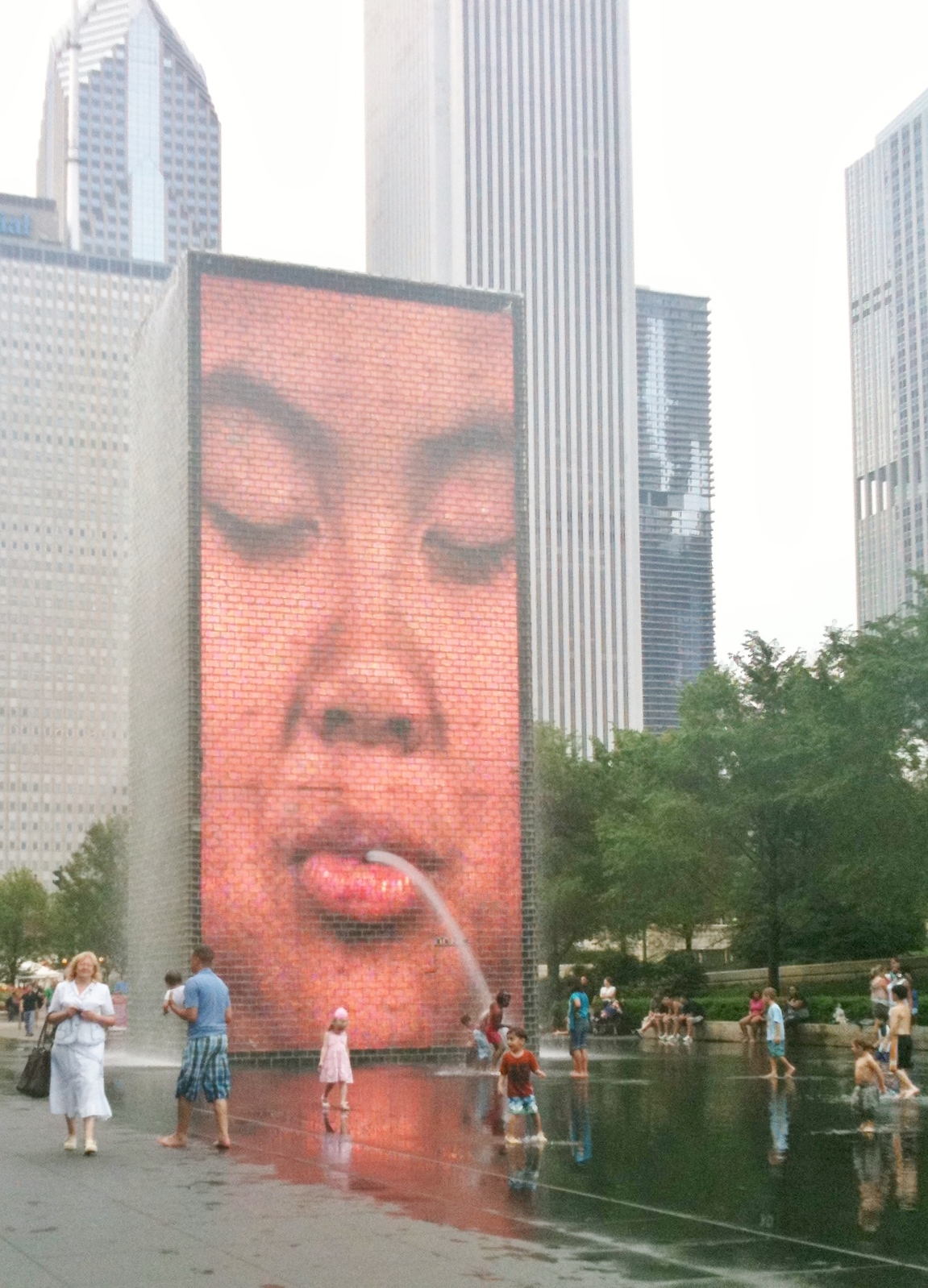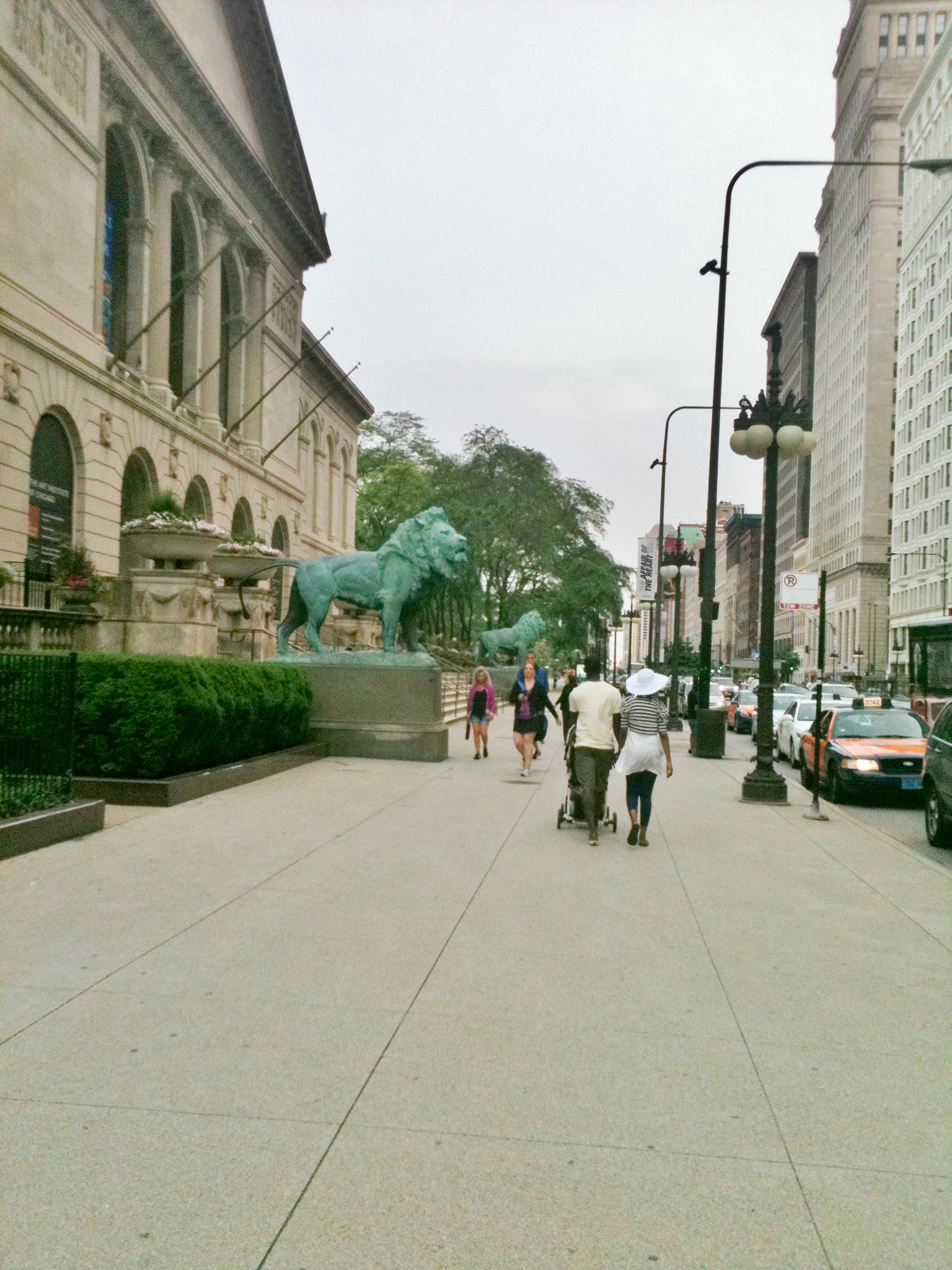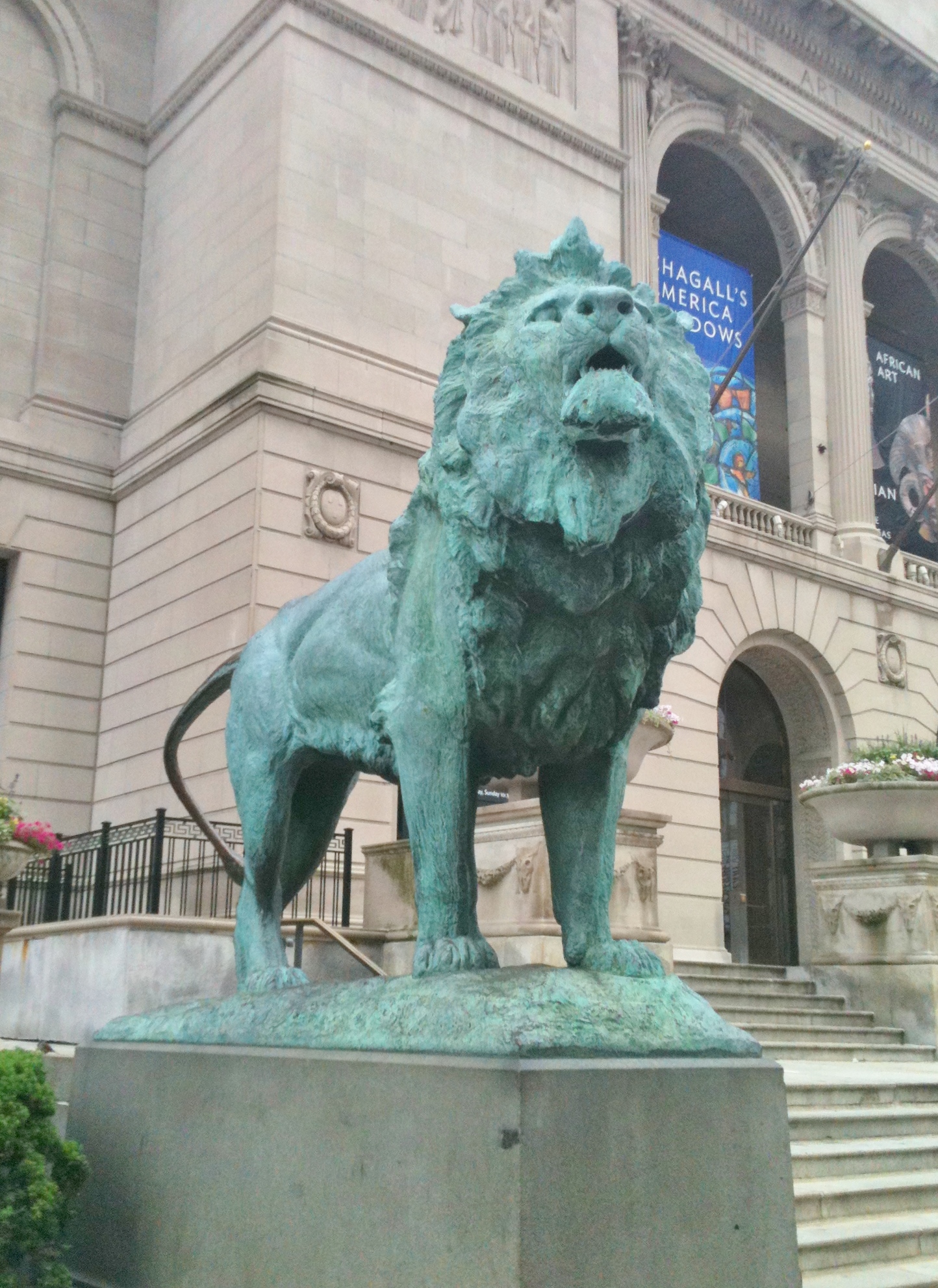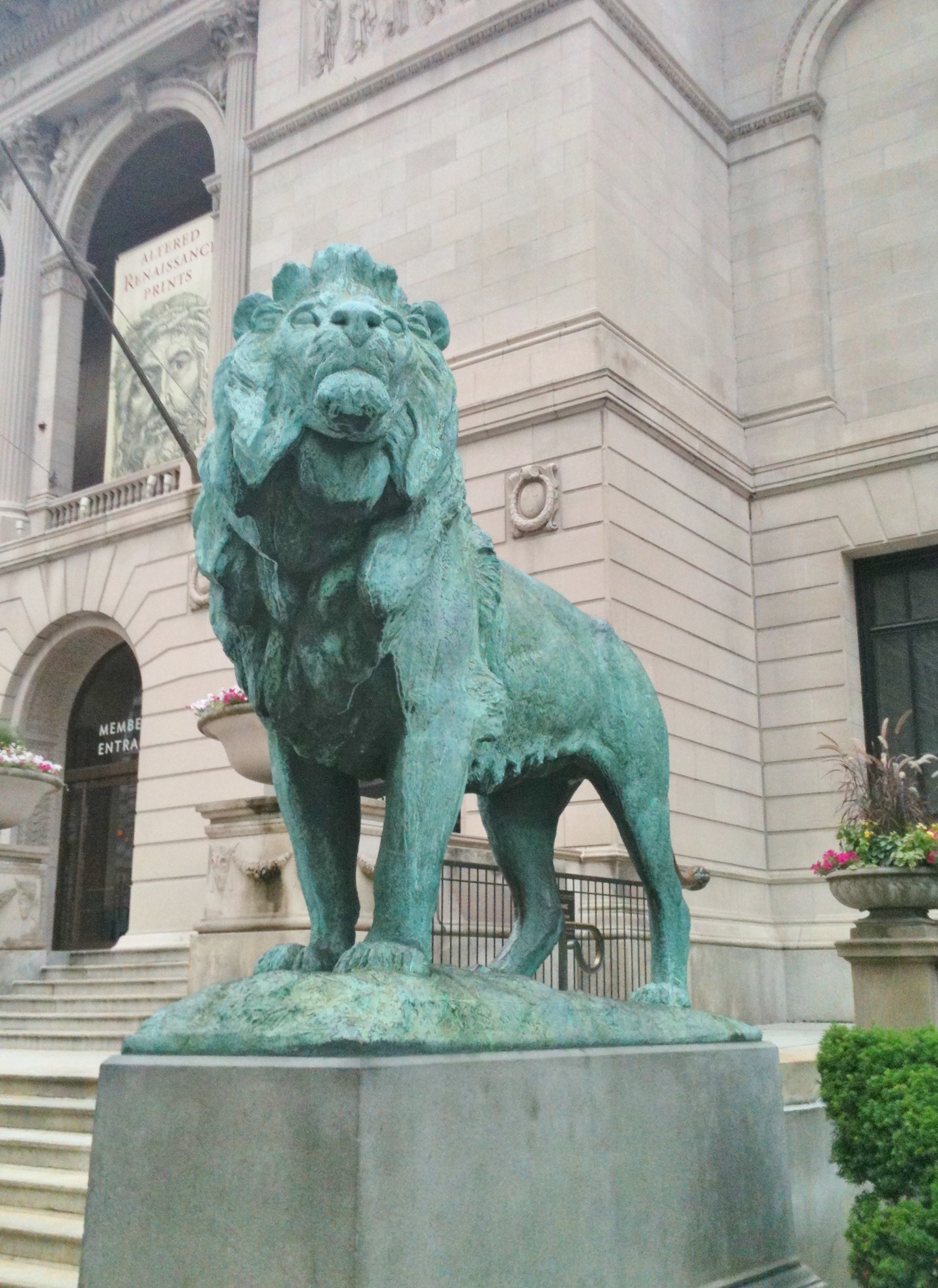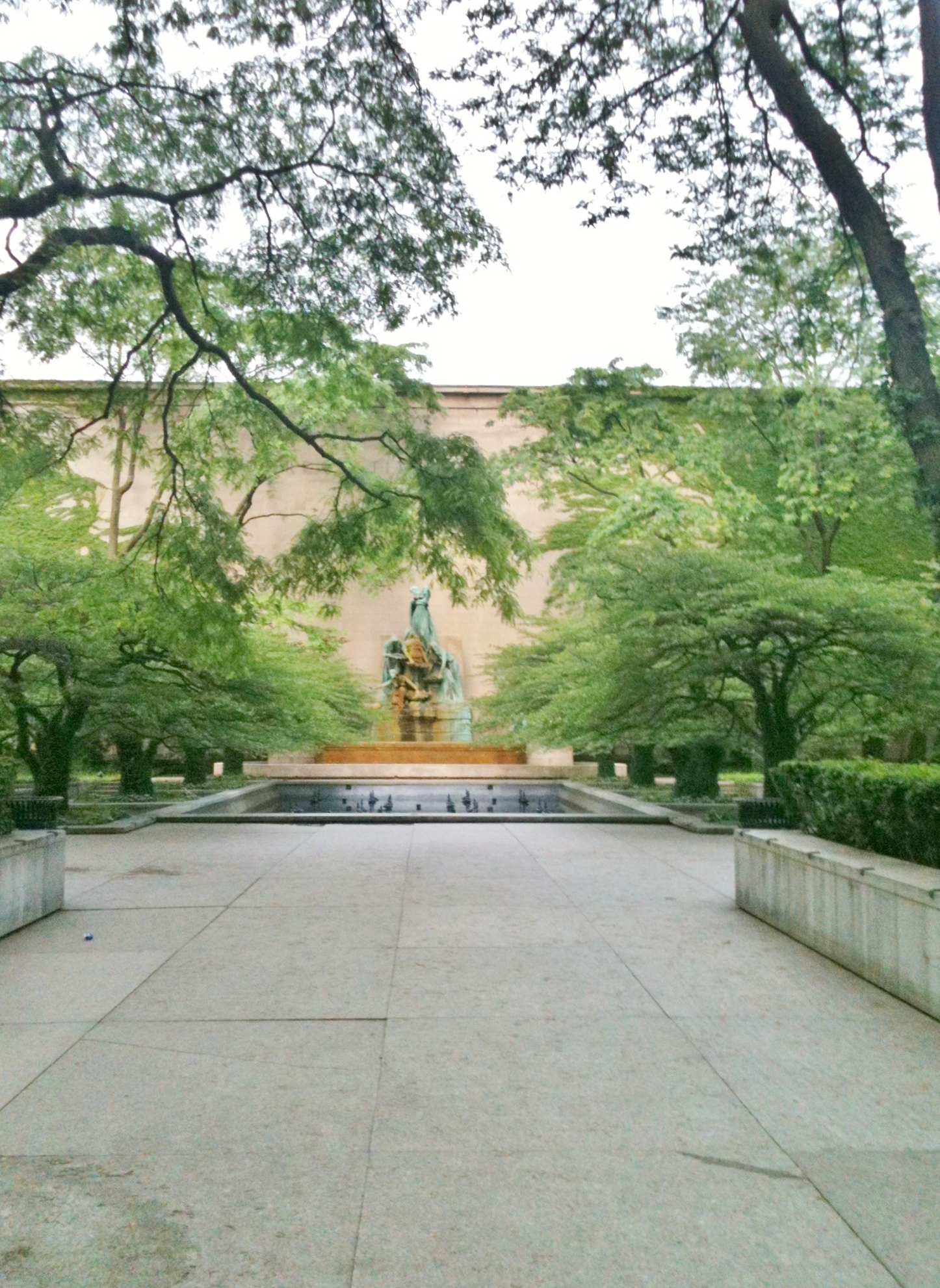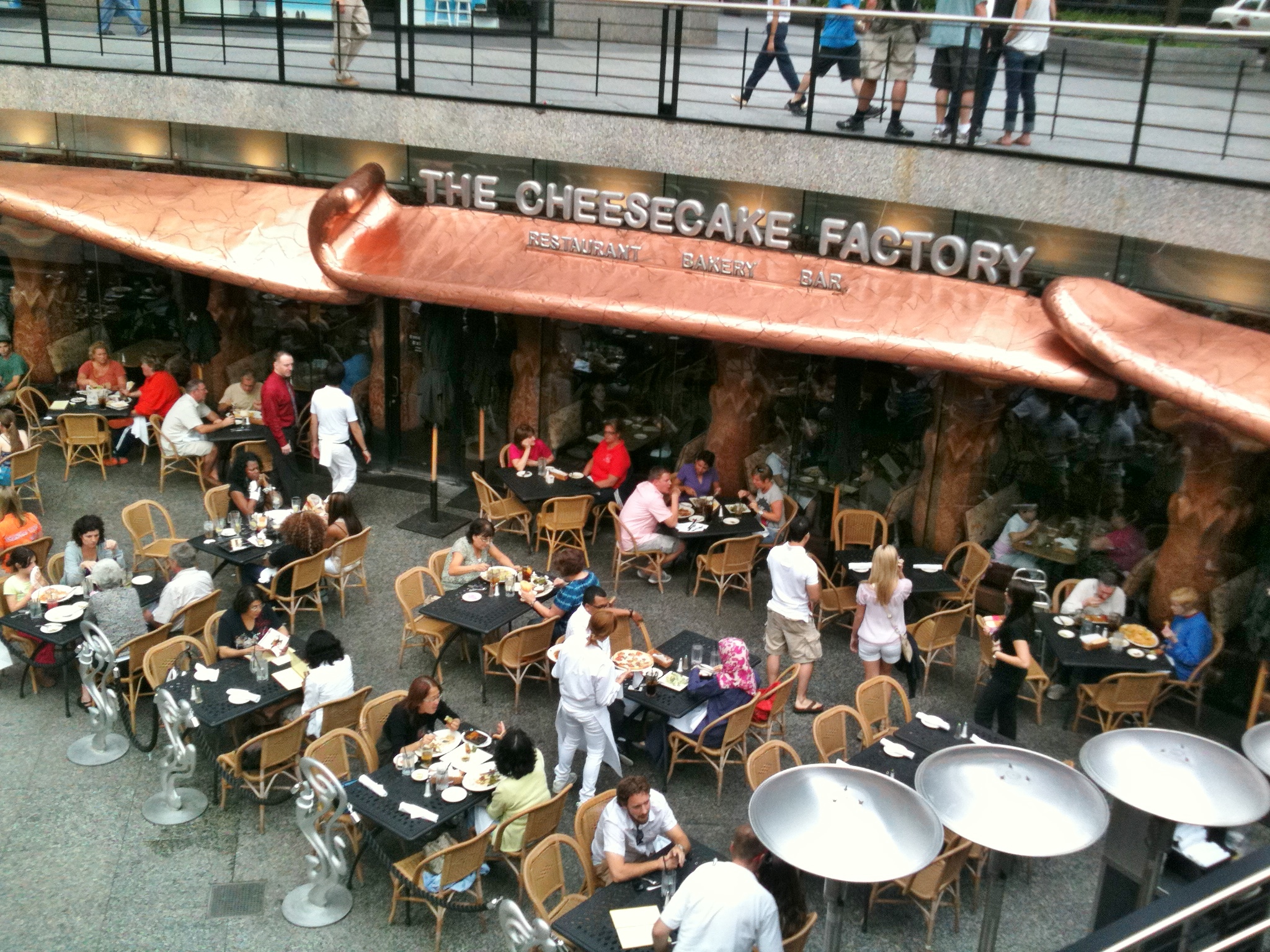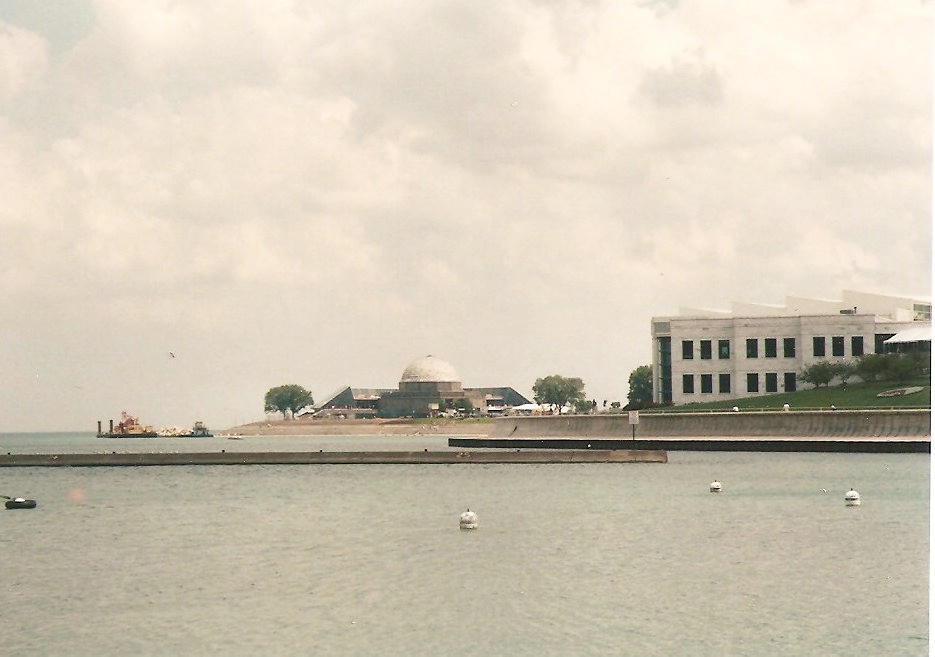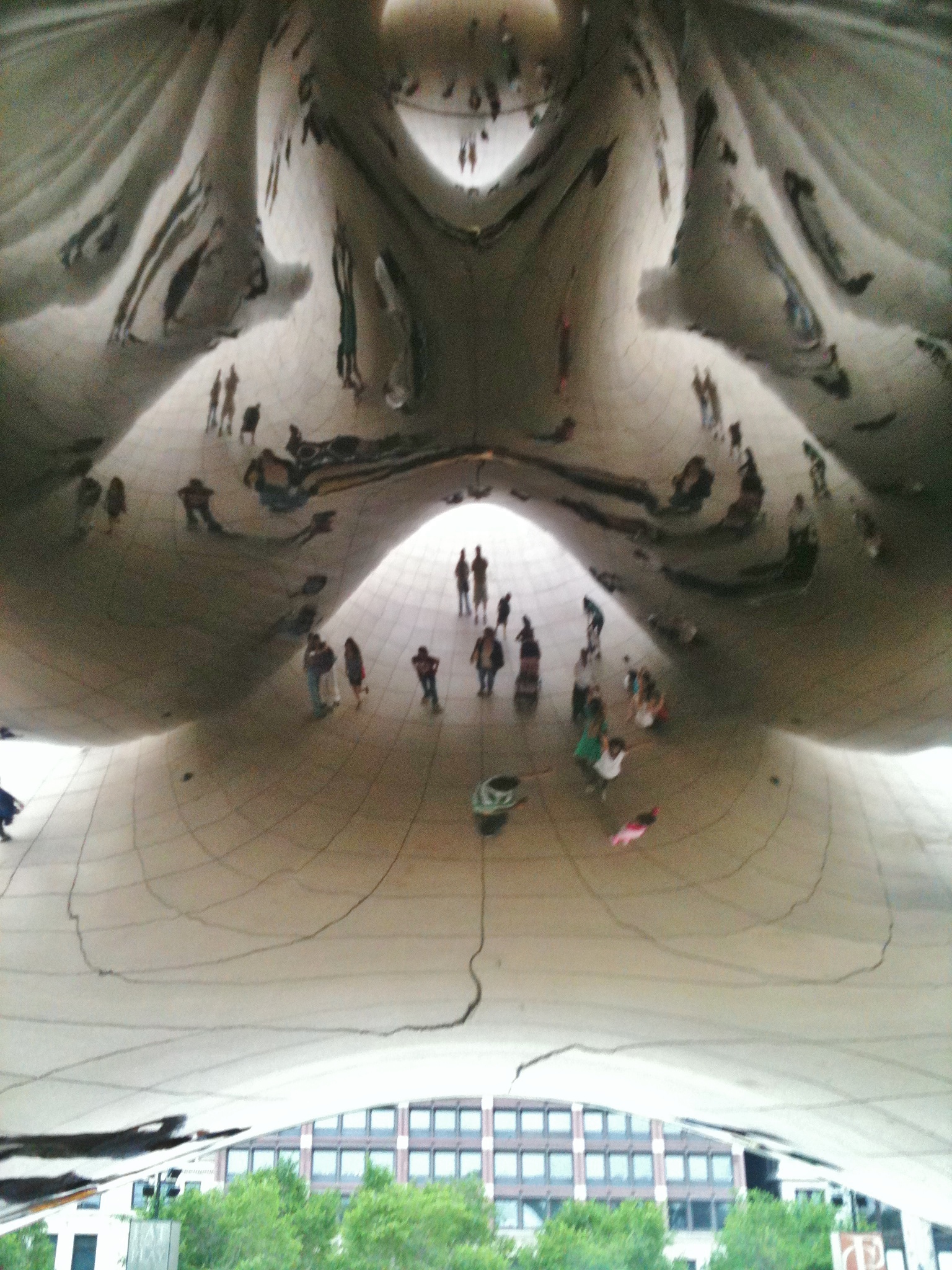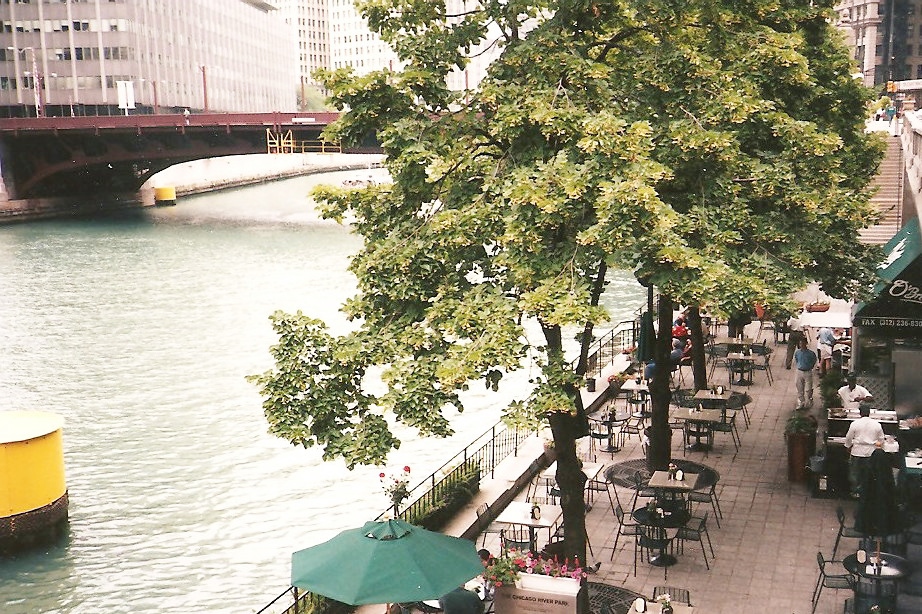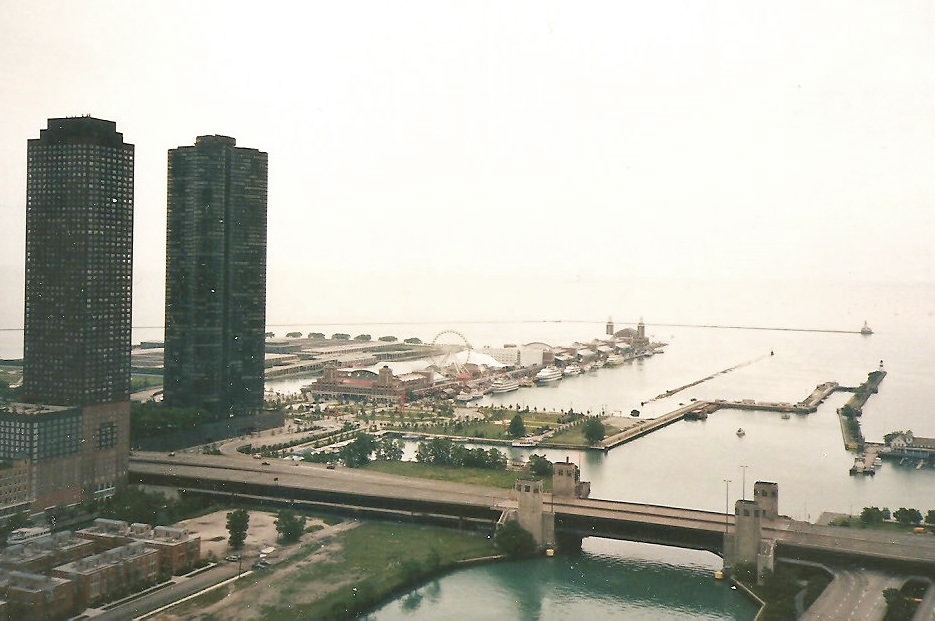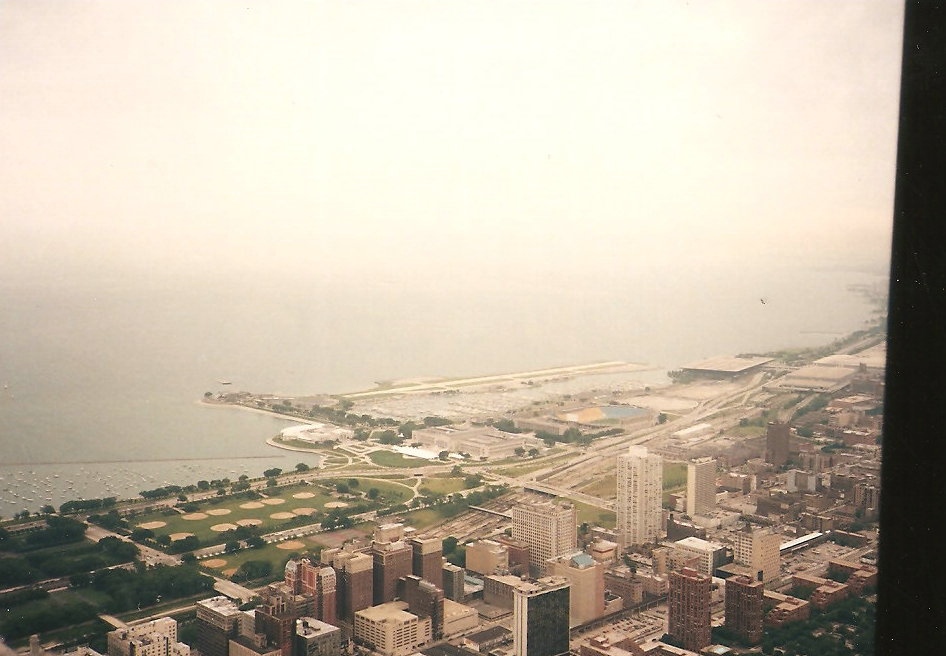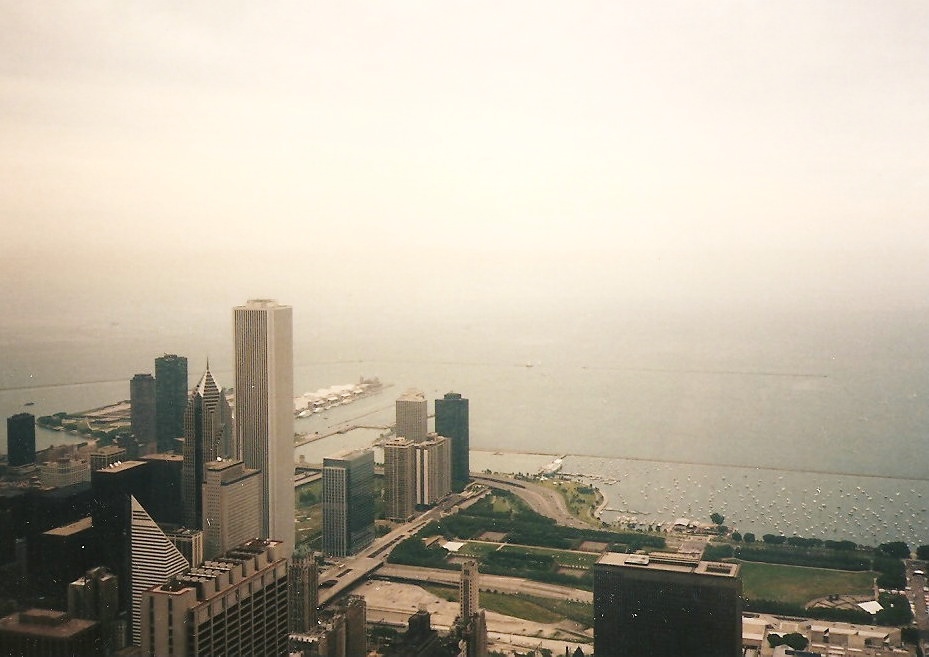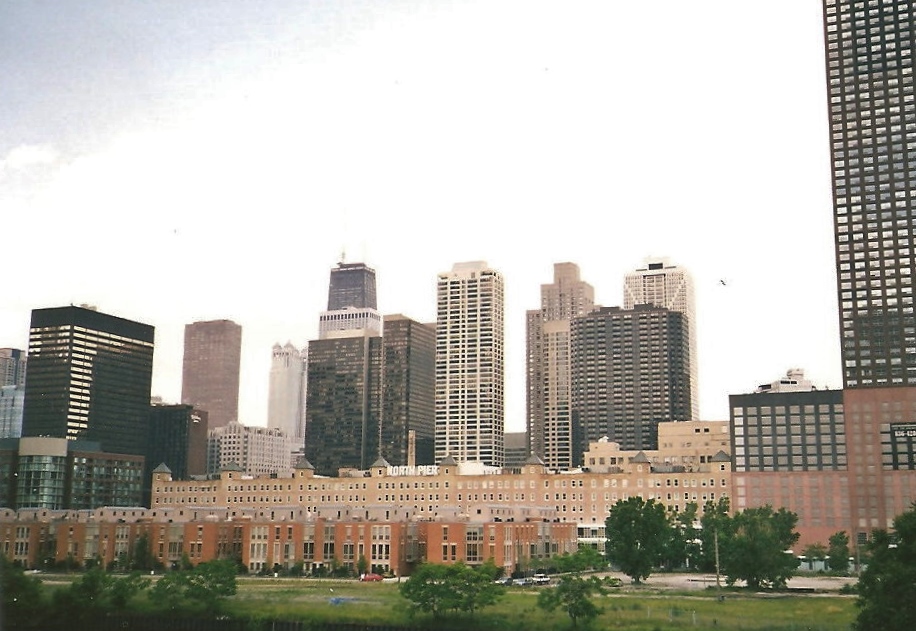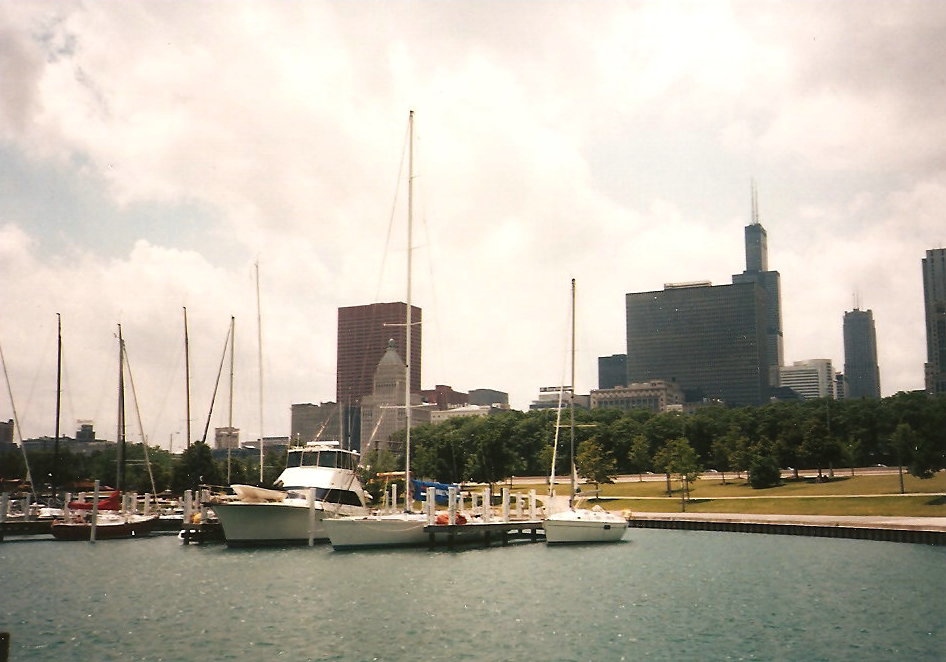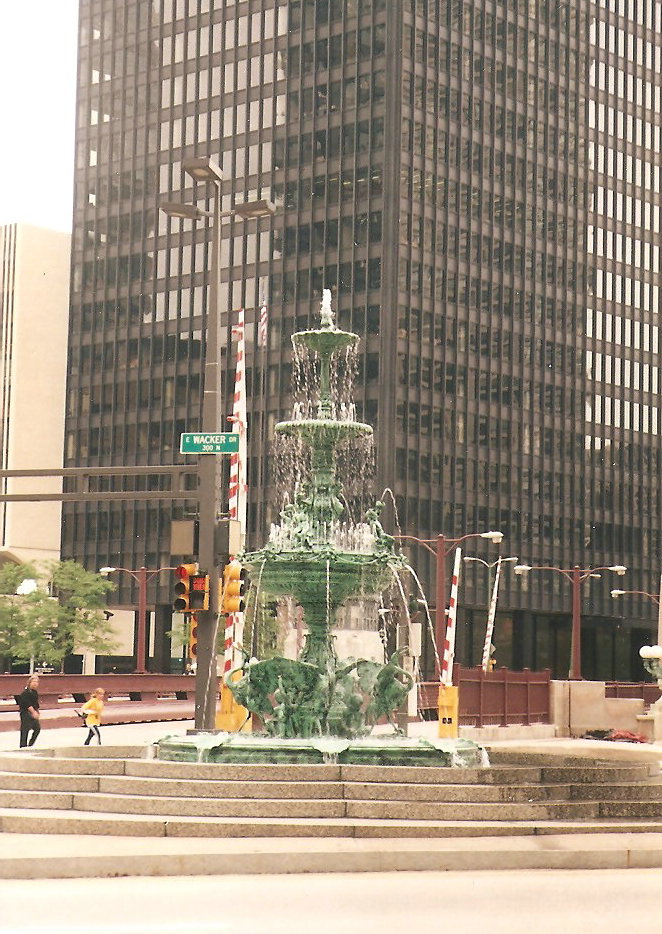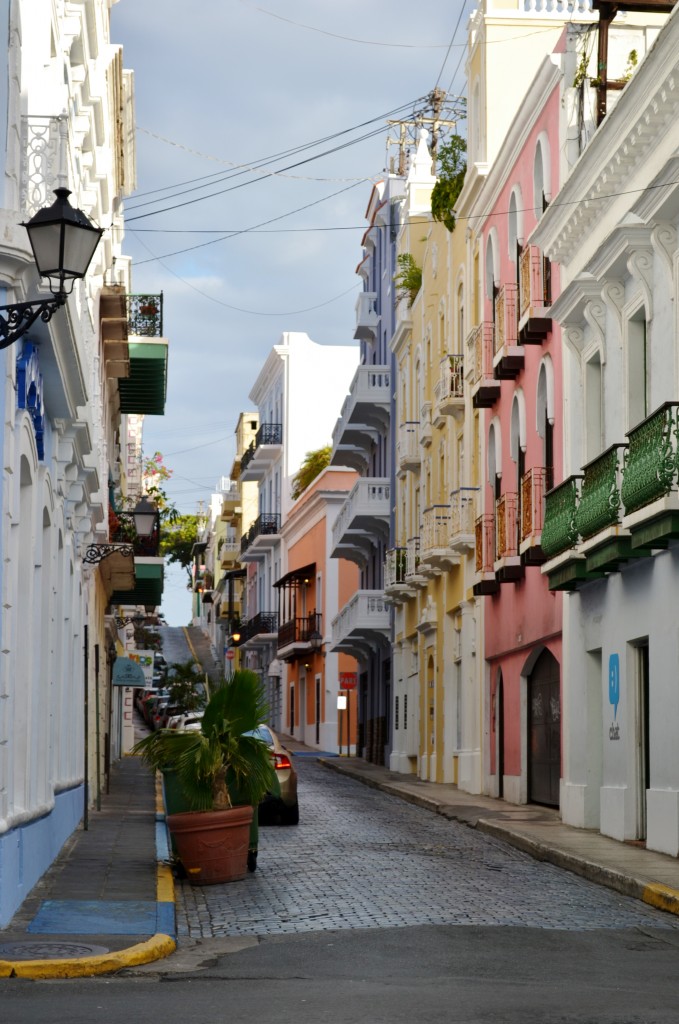
Arriving in San Juan, Puerto Rico, the weather was absolutely perfect. I hailed a taxi into the heart of downtown to my hotel at the Plaza de las Armas.
After a great night’s sleep, I awoke excited to begin the walking tour I had downloaded online. I stopped for a coffee and sat at a table in the square, surrounded by pastel-colored buildings and cobblestone streets, I watched the pigeons looking for food and noticed the early risers exploring the heart of downtown San Juan. After a few moments of taking in the beauty of Puerto Rico’s capitol city, I started my walk towards the pier.
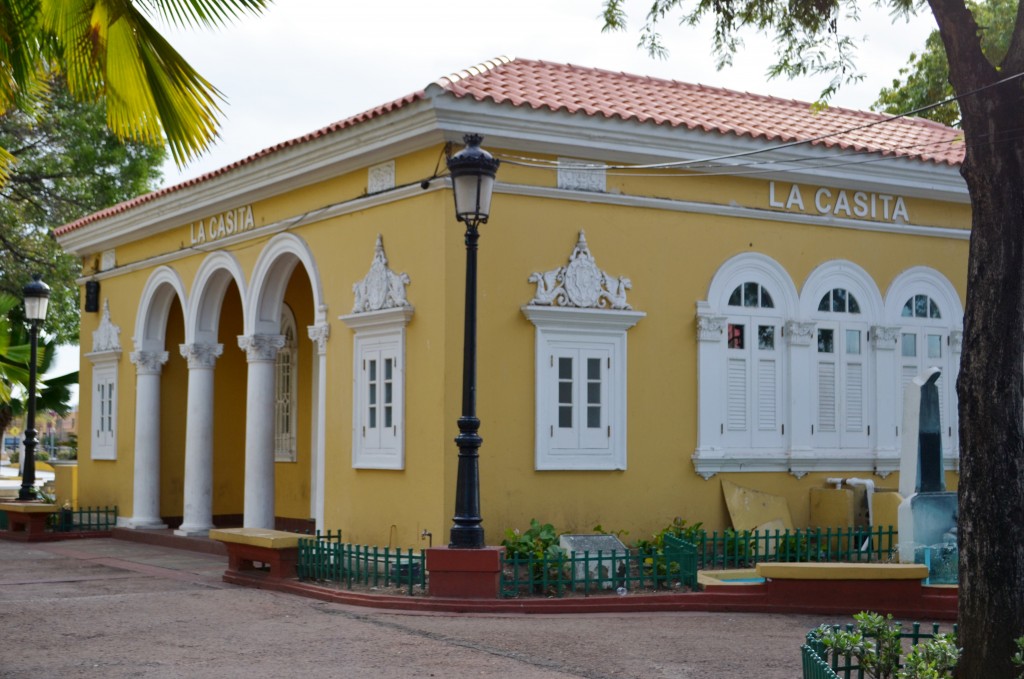
The walking tour began at La Casita ending at Castillo de San Felipe del Morro. Another option to reach the starting point is to take the trolley to stop 13 at the Plaza Darsena, Casita, San Juan Bay.
Arriving at La Casita at 9AM, I realized it was closed and found a nearby café for a second cup of coffee while taking in the views of the harbor.
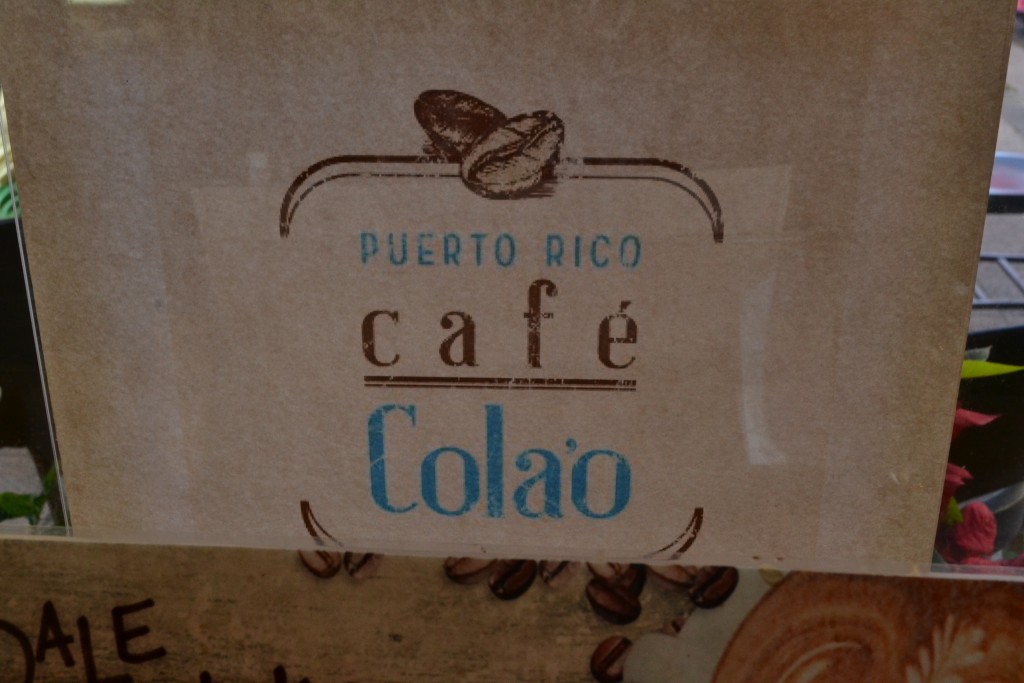
While ordering my coffee at Café Colao, I was excited to see the Carnival Liberty was already in port. It reminded me of my younger days of working for the cruise lines and embarkation day. It had been awhile since I had cruised and I was looking forward to revisiting some of the amazing ports of call on this itinerary.
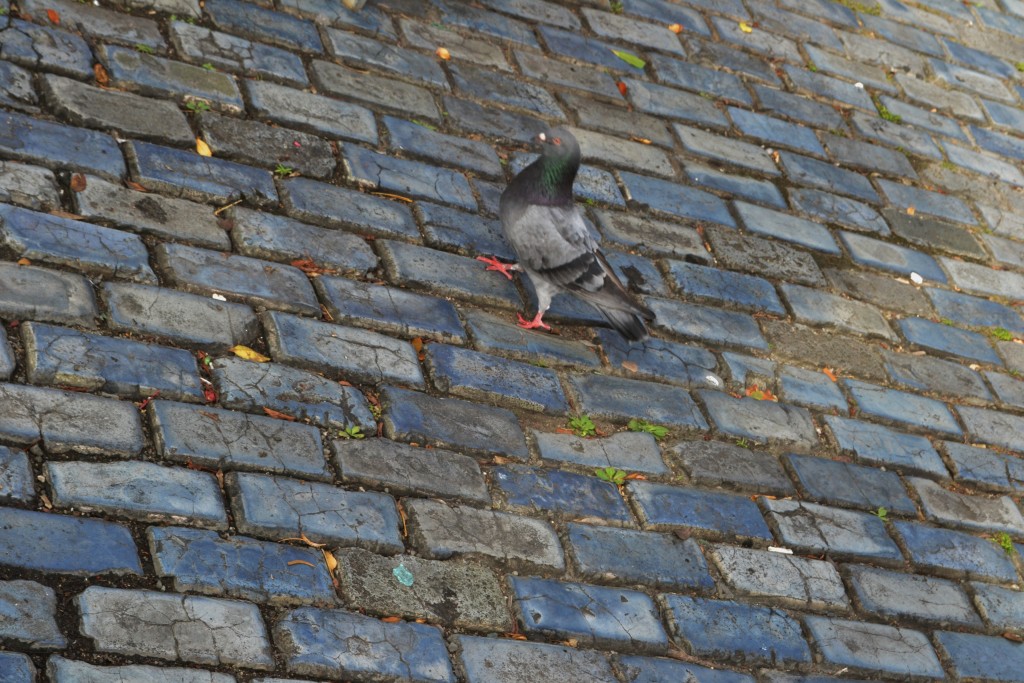
The self-guided tour took me through some of Old San Juan’s 400 historical sites. The town is considered the second oldest settlement founded by the Europeans in 1521.
I couldn’t help but notice the cobalt blue cobblestone streets throughout San Juan. These pavers were once used as weights to balance the trade ships on their way to Puerto Rico. Once the ships arrived, these ballasts were then removed to make room for the exported sugar cane going out from the island. The locals re-purposed the beautiful brick-like stone to develop the streets of this charming, historical wonderland and the local pigeons seemed to love them.
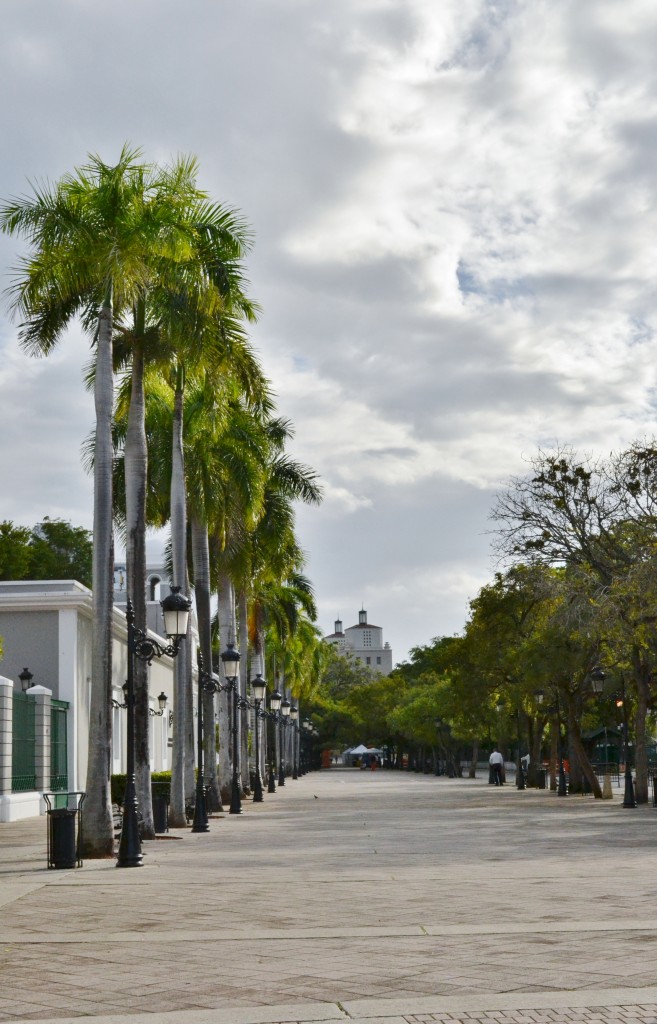
With my back toward the bay, I made a left and began walking towards the Paseo de la Princesa. I was excited to see the Raices Fountain during the day and the expansive ocean view during the daylight hours. The tree lined promenade led me to the Raices fountain which had been busy with local teens and lit up the night before.
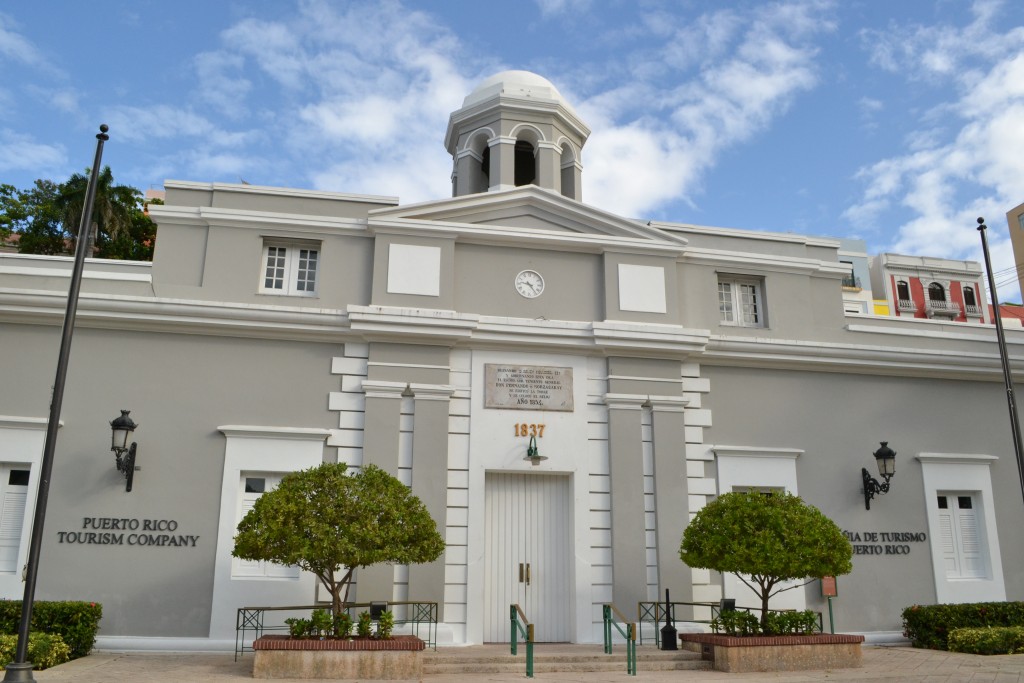
Before reaching the fountain, I noticed the beautifully decorated Puerto Rico Tourism Company which was once the Carcel de la Princesa, the San Juan jail. Built in 1837, the penitentiary was in use until 1976 when it was determined that the conditions were inhumane for prisoners, both local and political. While this building is the headquarters for Puerto Rico’s tourism, visitors can explore the three prison cells and tour the small courtyard where prisoners were executed by hanging.
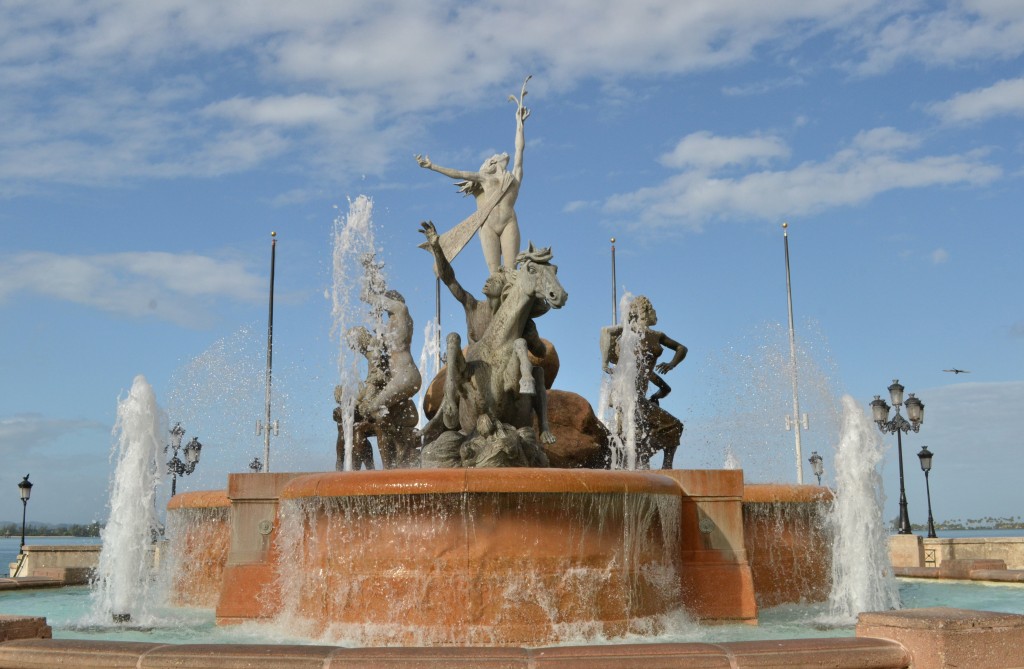
With the bay in the background, the beautiful Raices fountain was now ahead of me and as the temperatures continued to rise, I wished I could have jumped in. The elegant bronze sculpture, reminding me of the Roman fountains, was designed by Spanish artist Luis Sanguion. It is called “Raices” meaning roots and symbolizes the roots of Puerto Rico’s African, Spanish and Taino cultures.
The central figure of the wild horse seems to rise out of the fountain in a full gallop as a young child scans to watch the horizon from sunrise to sunset. The two dolphins jumping out of the water represent the Puerto Rican character of kindness and gentleness while a woman offers gifts of garlands and local delicacies to the island’s visitors. To the left of the fountain are sculptures of a family and the native jibaro is represented to the right. The central female figure stands for the independence of Puerto Rico as if she is attempting to reach the stars.
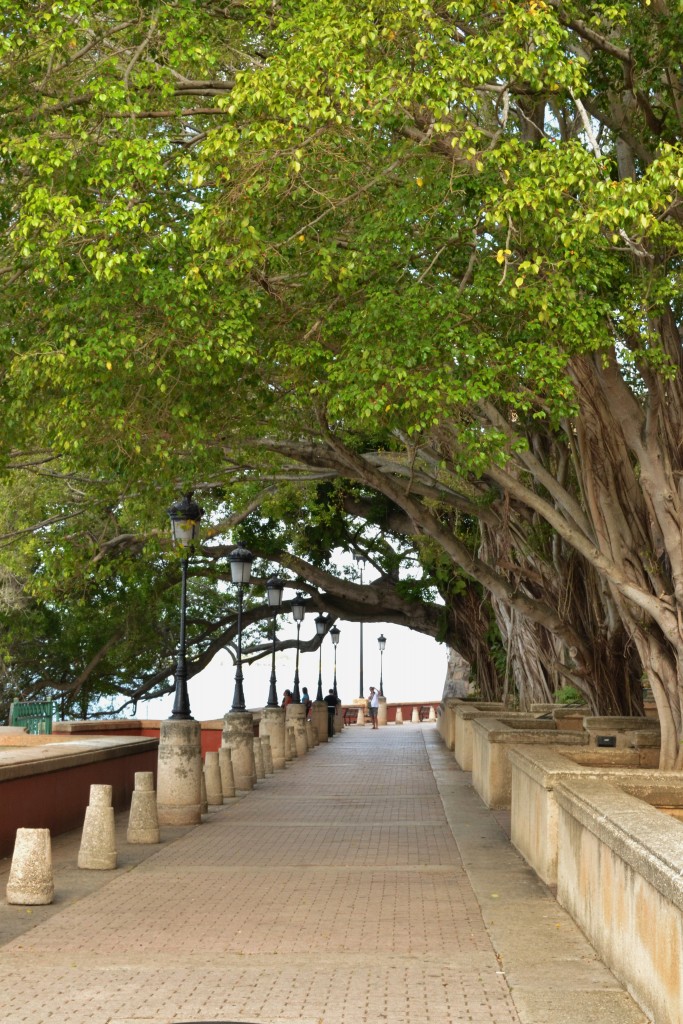
The tree-shaded walkway wrapped along the bay as joggers sped by me on their morning run. A strong wind picked up as I continued walking through the tunnel-like pathway, where the twisted roots of trees resembled the Banyan. Interesting spikes rose up from the ground as I continued my stroll towards the Puerta de San Juan.
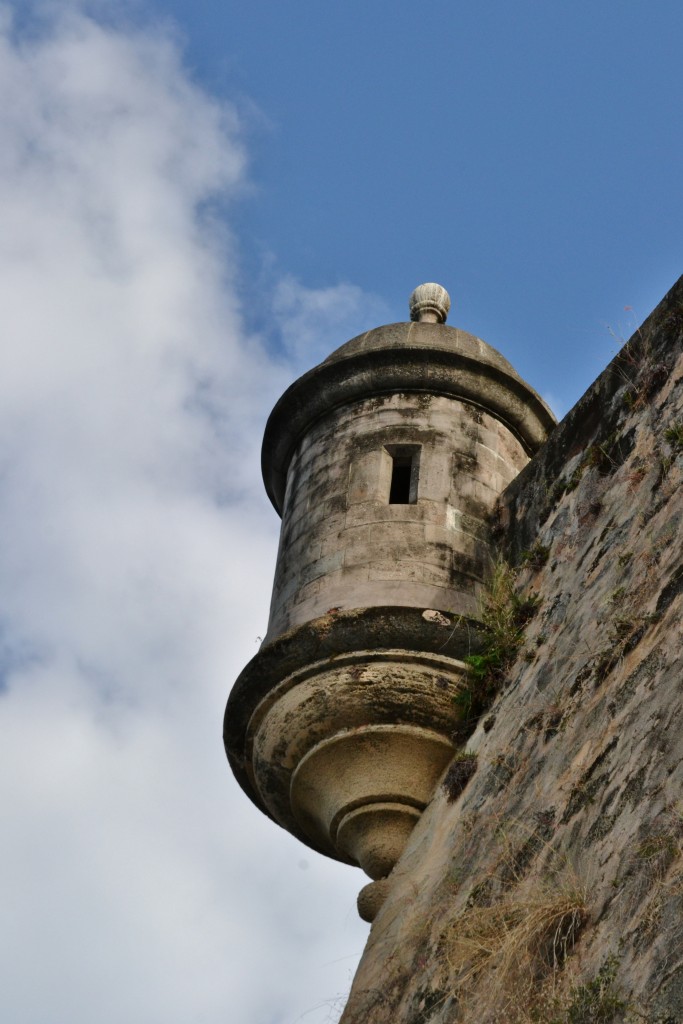
I soon began to realize I was following along the fortification walls of the Paseo del Morro when I noticed the garita above. The pathway split heading towards the entrance to the fort but I took an alternate route leading to the top of the city gate, ending my walk along the Paseo de la Princesa. Standing inside the guard tower, the symbol of San Juan, I was amazed by the stunning views of the cove where Spanish ships once anchored.
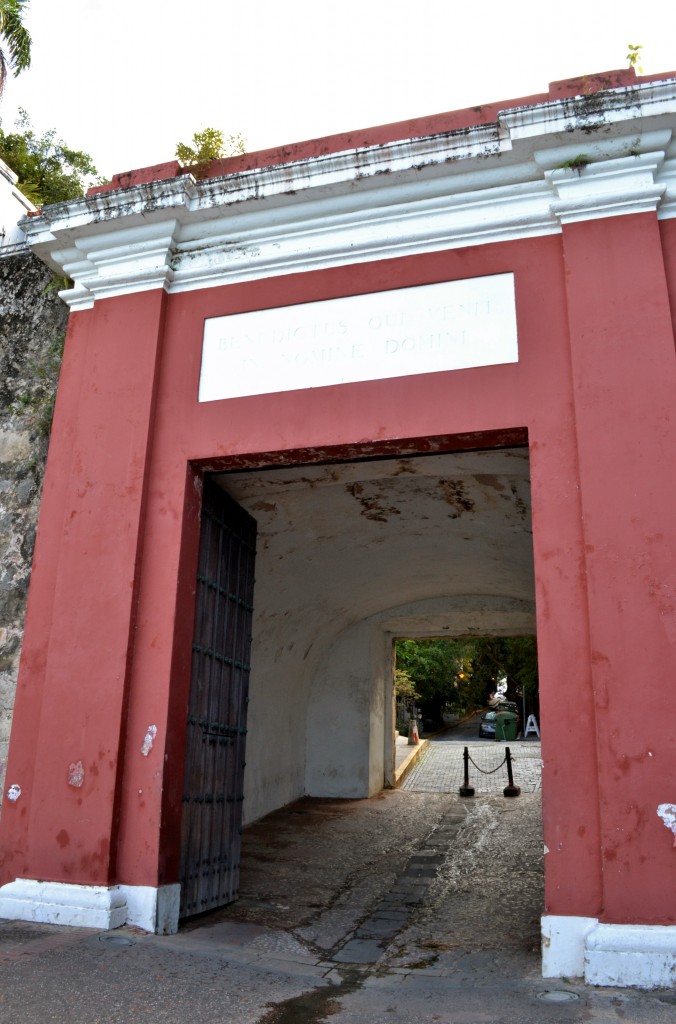
Only three of the six city gates remain. One of them, the Puerta de San Juan. Spanish traders would unload their supplies, pass through the massive wooden doors under the red arch and exit through the 1630s-tunnel to enter the city. When this main gate was in use, the doors would be closed at sundown to protect the residents from potential invaders and reopened the next morning. Once the tunnel was open, sailors would walk through the passageway towards the cathedral at the top of the hill to thank God for their safe passage.
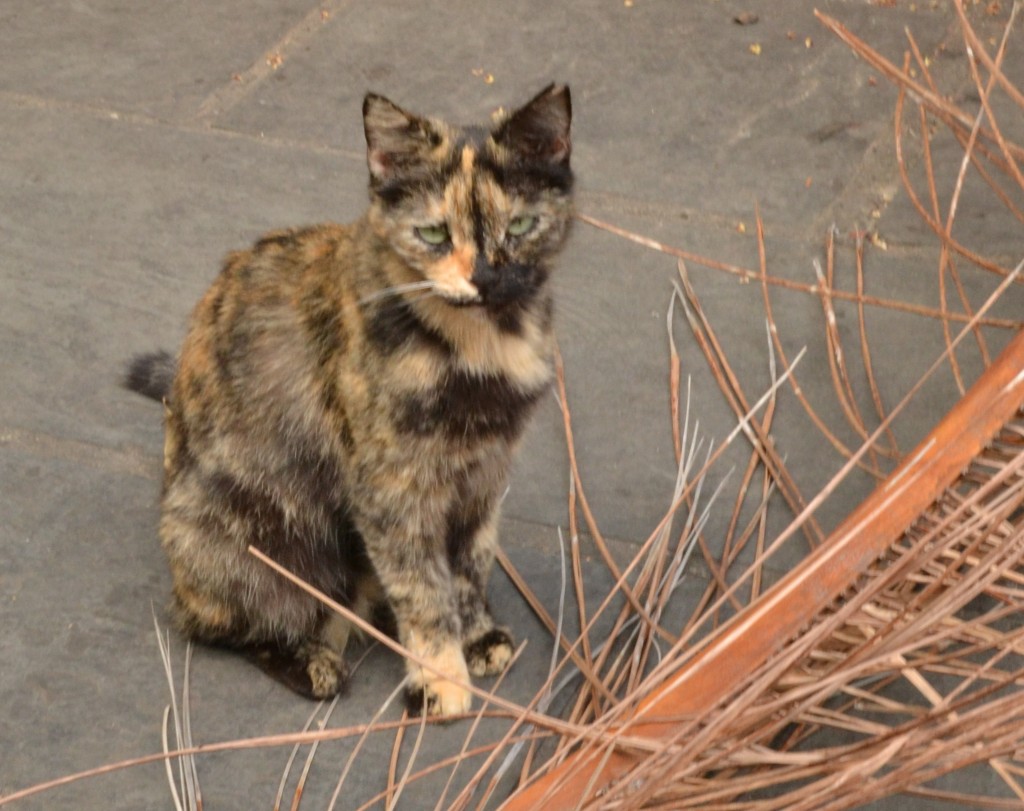
Instead of taking a right along the Paseo del Morro and the old city walls, I decided to continue up the hill towards the Catedral de San Juan (The San Juan Cathedral). Several feral cats were hanging around, protected by San Juan’s Parks Department. They had been neutered, spayed and vaccinated through a local program called “Save a Gato.”
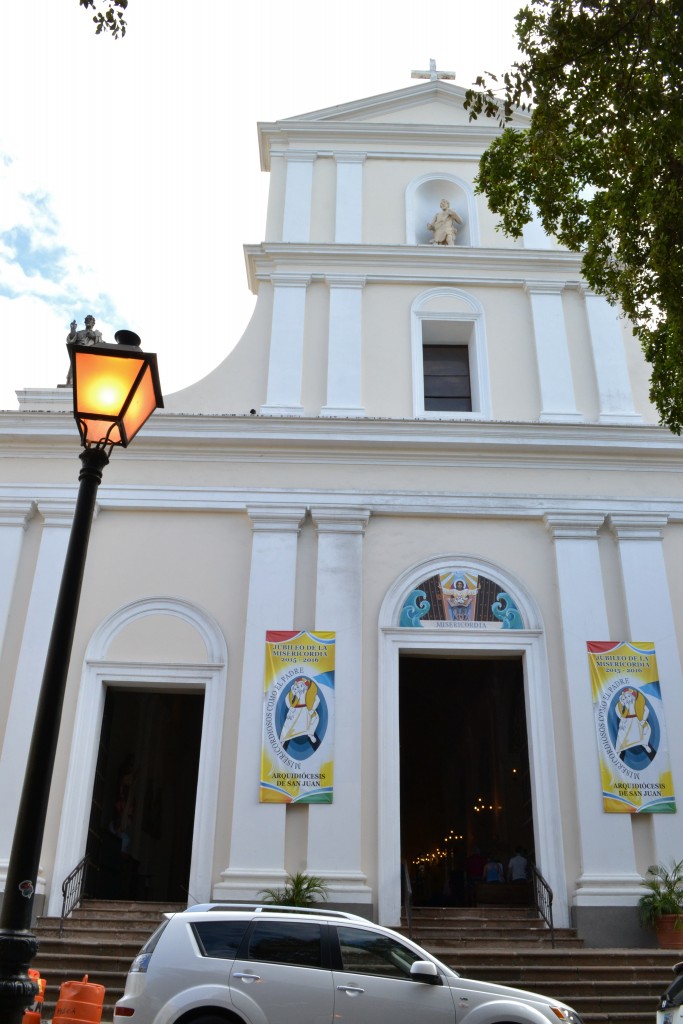
At the top of the hill, I reached the San Juan Cathedral where explorer Ponce de Leon and martyr St. Pio are buried. A mass was taking place inside, but I couldn’t help but peek into the church as I continued my walk. The cathedral dates back to 1540, but updates and renovations have given this church its Gothic-Neoclassical style. I noted the inscription above the entrance, “Misericordia” which translates to “mercy”. Pope John Paul II visited the church in 1984.
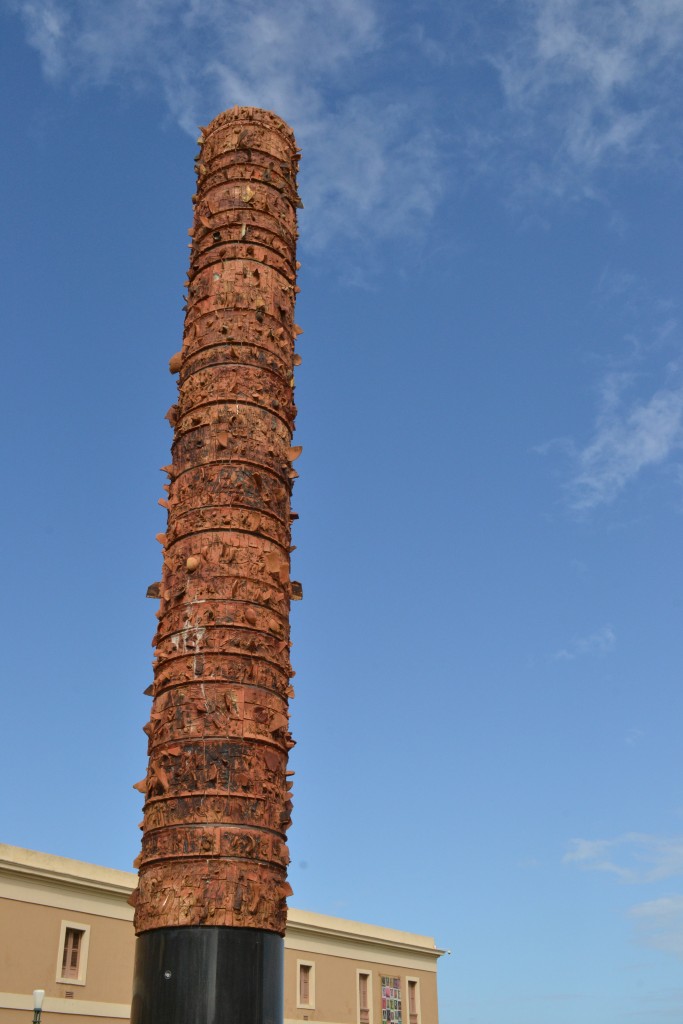
Making a left on Calle del Cristo, I reached the Plaza del Quinto Centenario and its El Totem Telurico, designed by local artist Jaime Suarez. The square was designed for the 500-year celebration of Columbus’ initial voyage to the Americas, which took place in 1992 at a rumored cost of $10 million. Popular with both tourists and locals, this square offers a glamorous view of the El Morro fort and the infinite ocean.
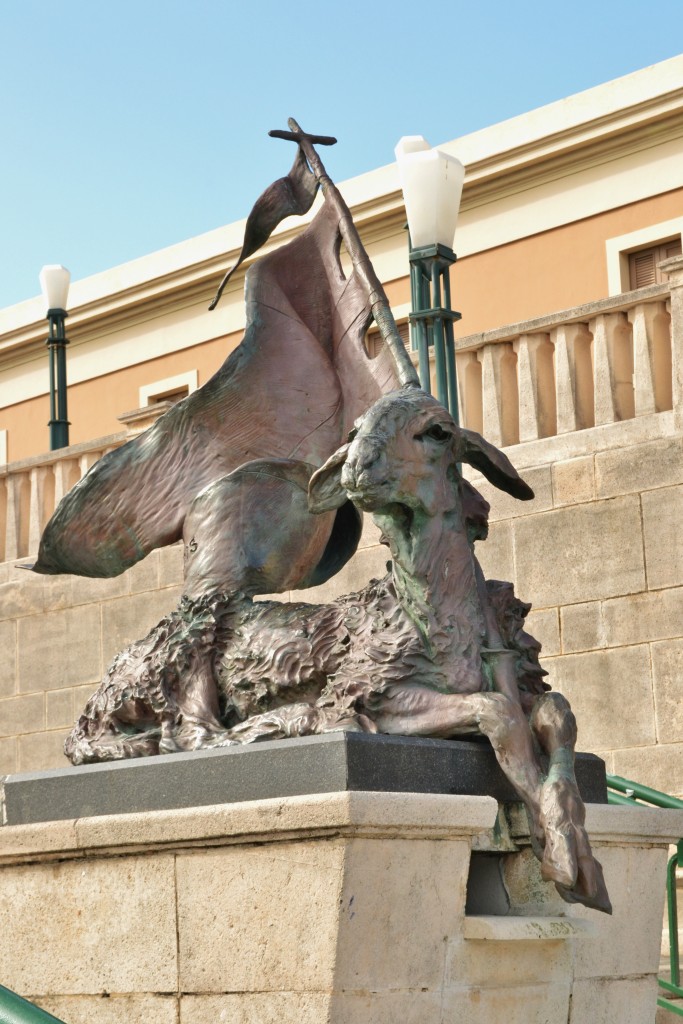
As I walked down the stairs towards the coastline, I passed a pair of life-like sheep flanking the steps before reaching the fountain at the bottom. Children were playing around the water, splashing each other to cool off from the afternoon heat and vendors were selling water and soft drinks nearby.
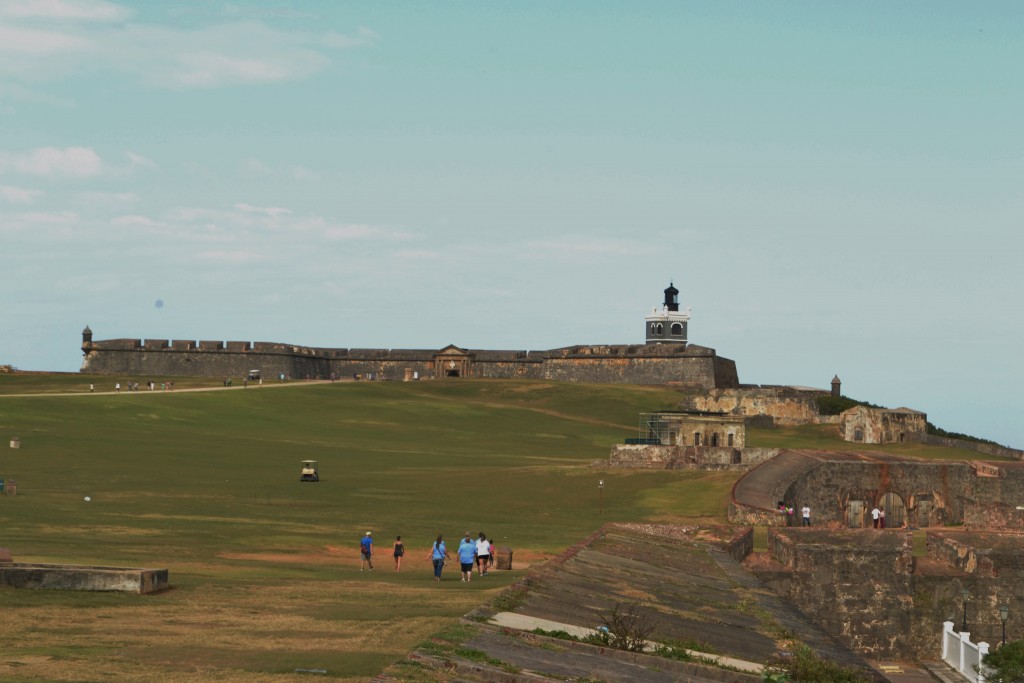
With El Morro in sight, I stood for a moment to enjoy the view of the fort and the nearby cemetery. I promised myself I would return after my cruise. I enjoyed leisurely stroll through the streets of Old San Juan and enjoyed the memories of being here so many years ago.
Have you visited San Juan and walked through the historic Old San Juan? What were some of your favorite sites or stops along with way? I would love to hear from you if you would kindly leave a message in the comments section below. Many thanks for reading about our walking tour in Old San Juan and wishing you many Happy Travels!
What to See and What to Do:
Puerto Rico Tourism Company
500 Ochoa Building, Cll Tanca, San Juan, Puerto Rico, 00902
Phone: 787 721 2400 extension 3901
Contact the local office for hours of operation and to inquire when the interim jail is open.
Bacardi Rum Factory
Carretera 165, Catano, Puerto Rico
Phone: 787 788 8400
- Admission Fee: $13 for the historic tour, lasting approximately 45 minutes, includes guided tour of the Bacardi Visitor Center, Commemorative Bacardi Cup, Bacardi Welcome Cocktail for adults, Access to the Self-Fill Experience & Retail Shop, Complimentary WiFi on property. The site recommends that you arrive 30 minutes prior to your tour time to allow for registration and to enjoy your Welcome Drink.
$50 for the Rum Tasting Tour, lasting approximately 90 minutes, to learn how Bacardi makes their premium wines, the history of the company and taste five Bacardi rums including Legacy, exclusively available at Casa Bacardi. Visit the distillery, the “Cathedral of Rum” a Bacardi Specialist will lead you through the tasting and help you understand the five unique premium rums. This tour includes tasting of five premium rums, Commemorative Bacardi Cup, Bacardi Welcome Cocktail for adults, Access to the Self-Fill Experience & Retail Shop, Complimentary WiFi on property. (Must be over the Legal Drinking Age to participate). The site recommends that you arrive 30 minutes prior to your tour time to allow for registration and to enjoy your Welcome Drink.
$60 for the Mixology Experience, to last approximately 90 minutes, to include your own bar set up where you will prepare three basic Bacardi cocktails, Commemorative Bacardi Cup, Bacardi Welcome Cocktail for adults, Distillery Visit, Access to Bottle your own Bacardi, Access to the Self-Fill Experience & Retail Shop, Complimentary WiFi on property. (You must be over the Legal Drinking Age to participate). The site recommends that you arrive 30 minutes prior to your tour time to allow for registration and to enjoy your Welcome Drink. Children are not permitted.
$160 for the Bottle Your Own Bacardi Experience, includes a full-size bottle of Special Reserve rum exclusively available at Casa Bacardi, a special padded box to preserve your personalized bottle of Special Reserve, recording your name and bottle number in the Casa Bacardi registry, high resolution photo of you and your freshly filled bottle in front of the numbered barrel at Casa Bacardi. This experience takes place in the Self Fill area of our retail shop, Complimentary WiFi and Complimentary parking on site.
- Hours: Tuesday to Friday from 9AM, last tour starts at 4:30PM; Saturday to Sunday from 12 noon, last tour starts at 4:30PM; Closed Mondays.
- Length of Visit: Depending on the Bacardi Experience
- Tips for Your Visit: Please ensure that you arrive in the required time to register and enjoy your welcome drink. Some Bacardi events require that you be of Legal Drinking Age.
San Juan Cathedral
151 Calle del Cristo, San Juan, Puerto Rico 00902
Phone: 787 722 0861
- Admission Fee: Free, but donations are gladly accepted.
- Hours: Monday, Tuesday and Wednesday from 9AM to 11:30AM and from 2PM to 4PM; Friday from 9AM to noon. Please visit the cathedral’s website for worship services.
- Amenities: Services and Sacraments provided
- Length of Visit: Less than 1 hour
- Tips for Your Visit: Enter with reverence and remain quiet in respect of other visitors. Dress appropriately covering your shoulders and knees.
San Jose Church
San Juan, Puerto Rico, 00901
Phone: 787 918 3800
The church is currently closed for renovation and to raise fund for conservation.
Castillo San Felipe del Morro
Calle Norzagaray, San Juan, Puerto Rico, 00901
Phone: 787 729 6960
- Admission Fee: $7 which includes the Castillo San Felipe del Morro and Castillo San Cristobal and 24 hours are provided to visit both forts
- Hours: Open daily from 9AM to 6PM. Closed on Thanksgiving Day, Christmas Day and New Year’s Day.
- Amenities: Gift shop and restrooms
- Scenic Views: Gorgeous views from the fort include the harbor and the cemetery as well as the shoreline.
- Length of Visit: 2 – 3 hours
- Tips for Your Visit: There are several iguanas and feral cats that roam the premises. Wear comfortable shoes, sunscreen and bring plenty of water. (Carts outside sell water). Don’t miss the Dungeon at Castillo San Cristobel!
Where to Stay:
Hotel Plaza de Armas
San Jose Street 202
Old San Juan, Puerto Rico 00901
Phone: 866 599 6674
Amenities: Non-smoking, free continental breakfast, WiFi, refrigerator and microwave; there is a free trolley nearby at Stop #8
*Hotel was prepaid costing $150 per night. We arranged for a queen sized bed, room without a window, non-smoking and guaranteed late arrival.
Where to Eat:
Café Colao
Calle Marina, San Juan, Puerto Rico, 00901
Phone: 787 725 4139
Cute little coffee shop down by the Port of Puerto Rico
What to Eat:
- MOFONGO! This is absolutely my favorite dish in San Juan. Mashed fried plantains are smothered with meat and/or vegetables.
- Alcappurias are similar to fritters filled with crab, meat or lobster and dipped in a batter made from green bananas.
- Arepas de Coco is a bread made from coconut flour stuffed with meat, seafood or vegetables.
- Chicharrones de Pollo are usually served as a side dish to mofongo, these tasty pieces of chicken are seasoned with garlic, oregano and achiote.
- Chilo Frito is a fried red snapper served with fried plantains or french fries on the side.
- Lechon is a suckling pig cooked whole and prepared juicy on the inside and crispy on the outside.
- Pastelon: San Juan’s answer to lasagna made with plantains instead of pasta
- The Pina Colada was invented at Barrachina in Old San Juan.
What to Read:
- The Rum Diary by Hunter S. Thompson
- The House on the Lagoon by Rosario Ferre
- Simone by Eduardo Lalo
- Mundo Cruel by Luis Negron
- La Llamarada by Enrique Laguerre
- Song of the Simple Truth by Julia de Burgos
Photo Guide for San Juan, Puerto Rico
- La Perla in Old San Juan for its colorful umbrellas
- The cobblestone streets and colorful buildings of Old San Juan
- The Forts in Old San Juan
Disclosure: Please refer to our blog disclaimer tab for more information.
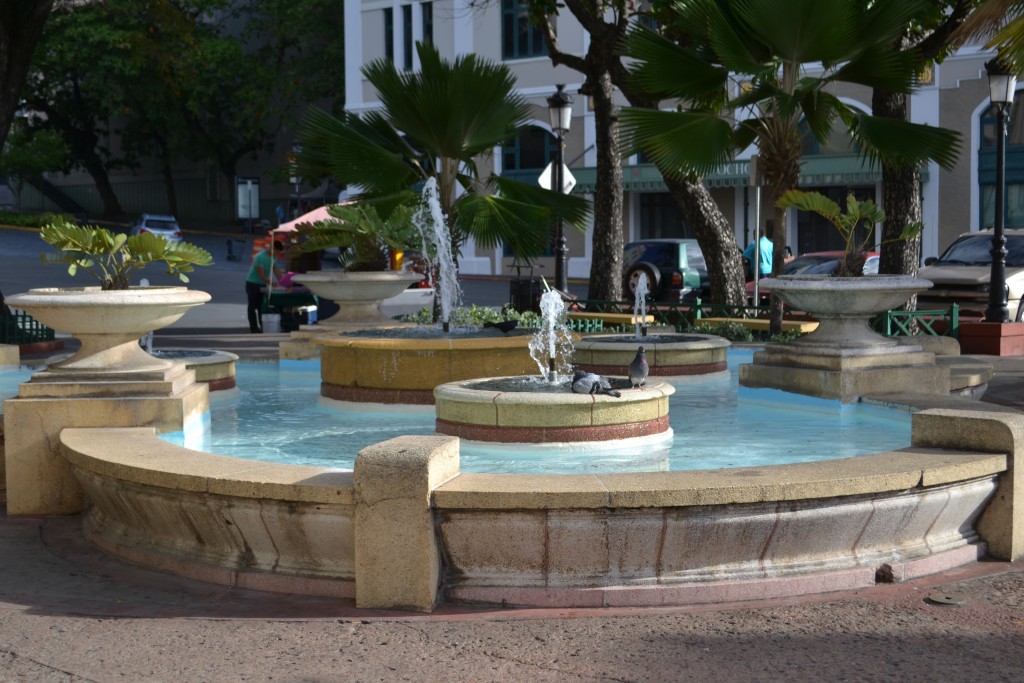
Square located beside La Casita
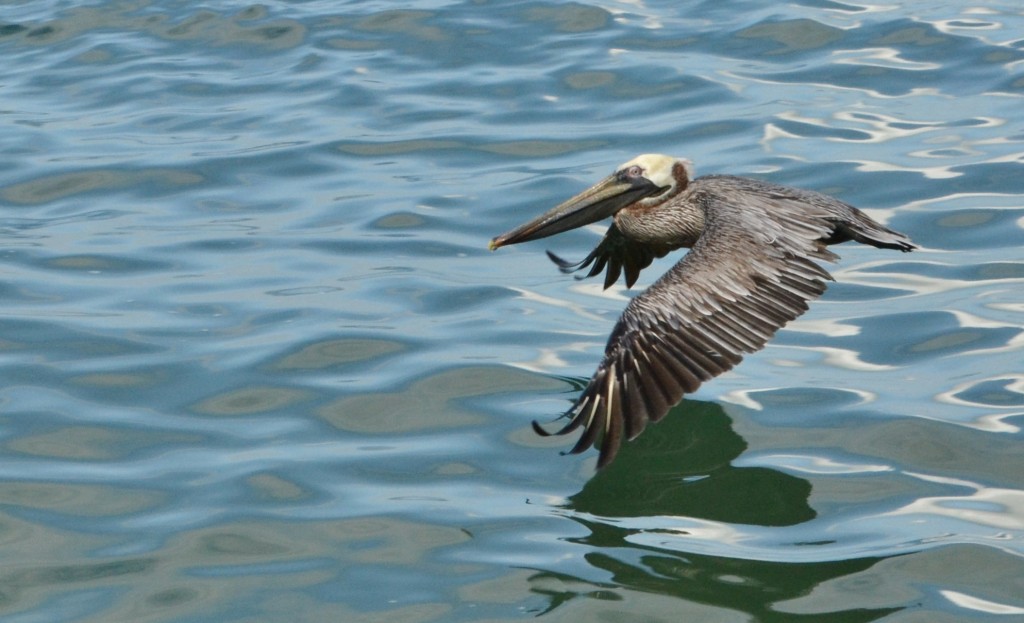
Pelican gliding above the bay
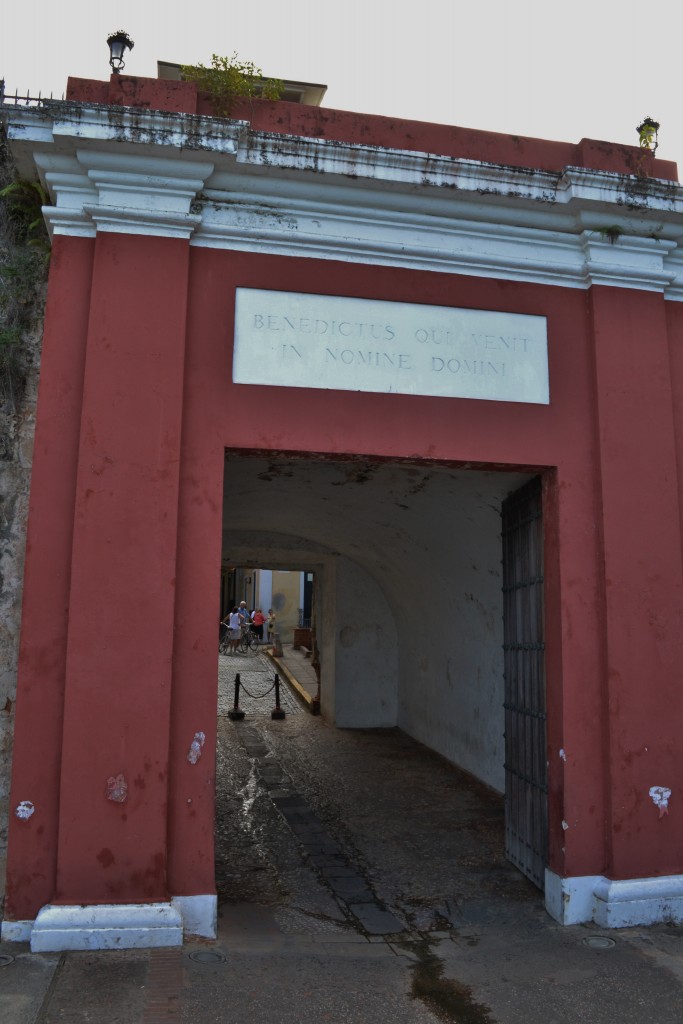
Look closely at the inscription above the door “Benedictus qui venit in nomine domini”
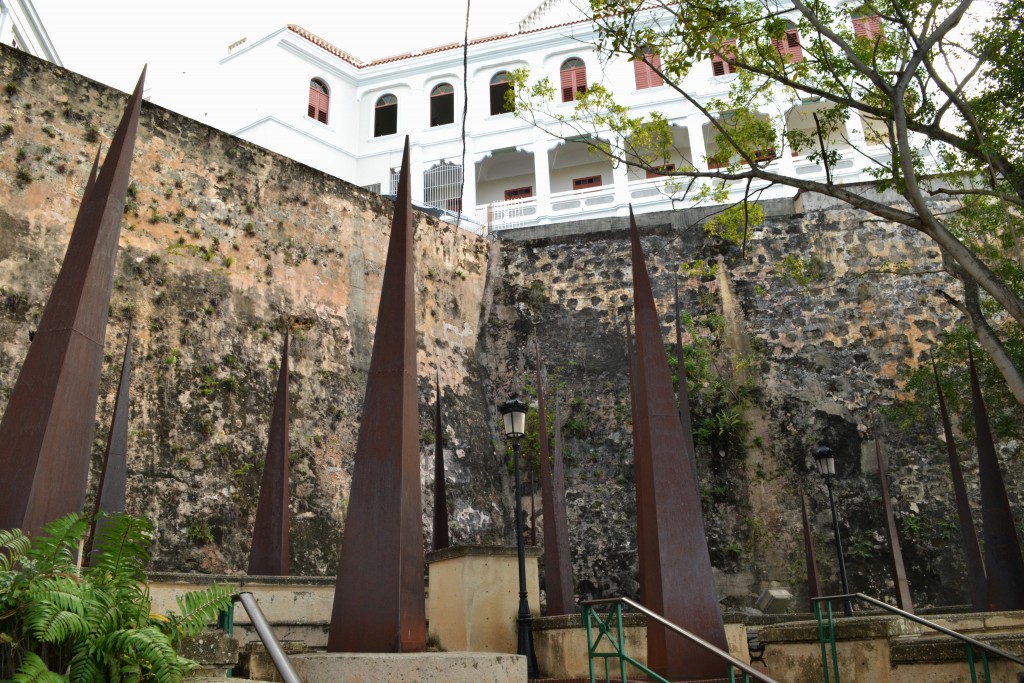
The Spikes in San Juan
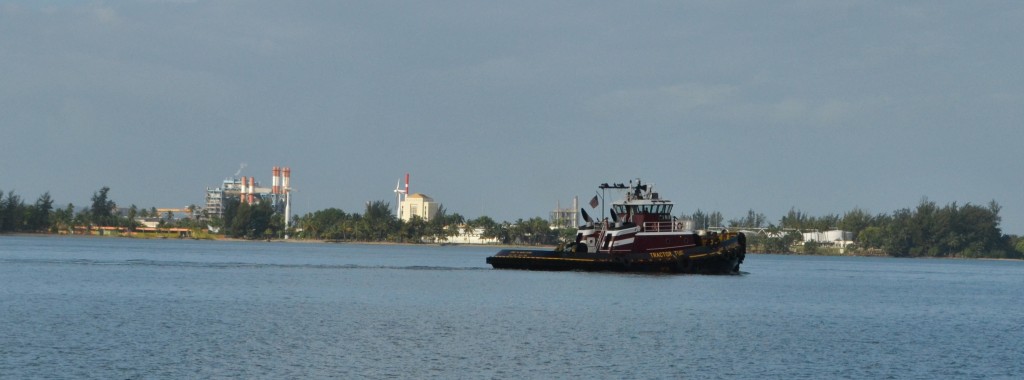
Bacardi Rum Factory
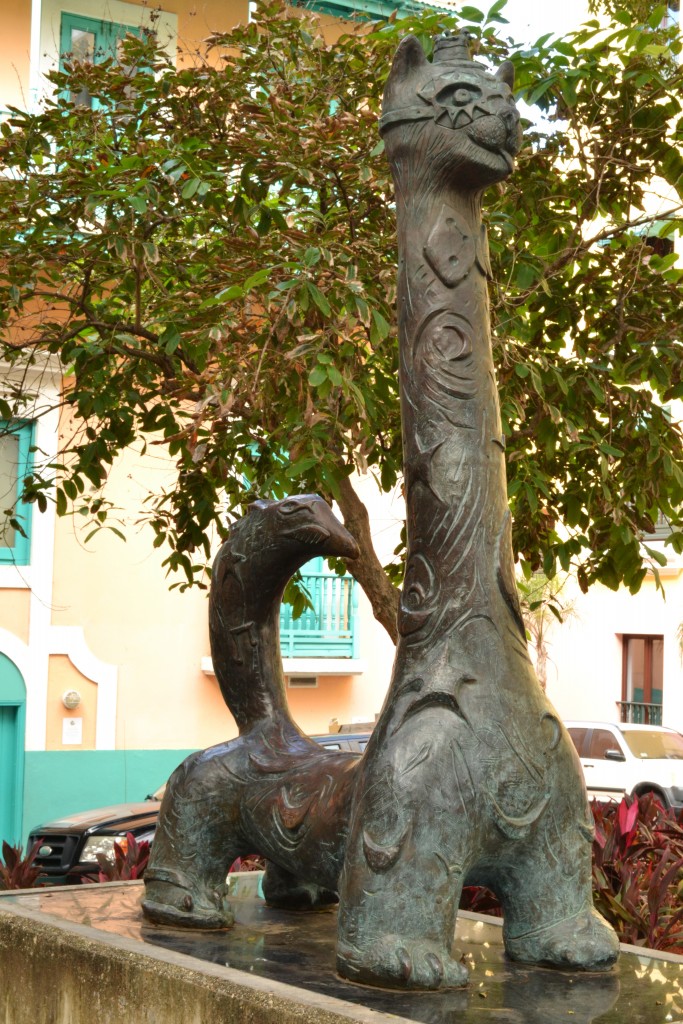
A Cat Sculpture in a San Juan Park
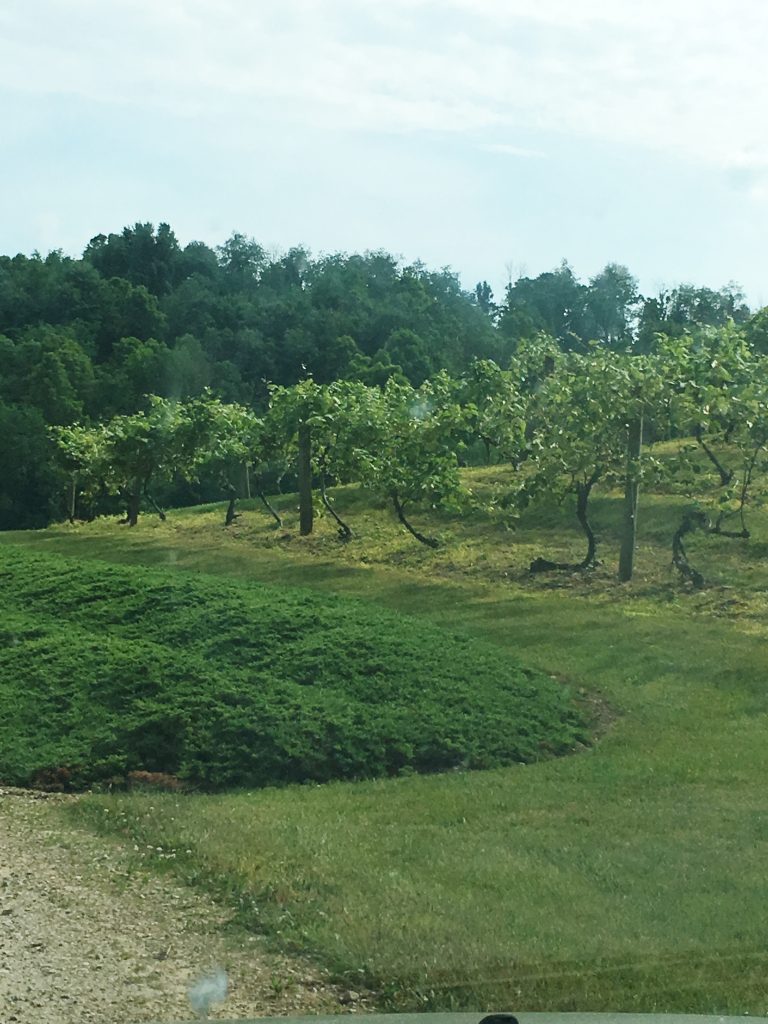
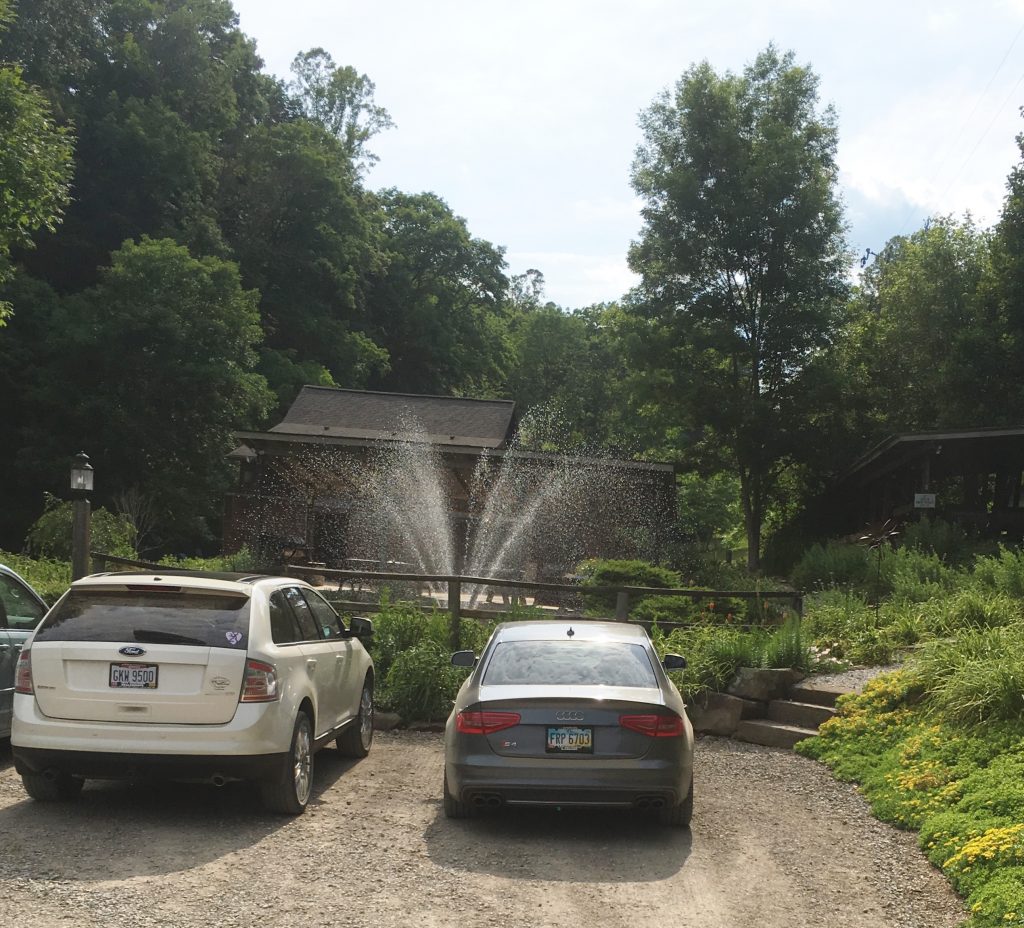
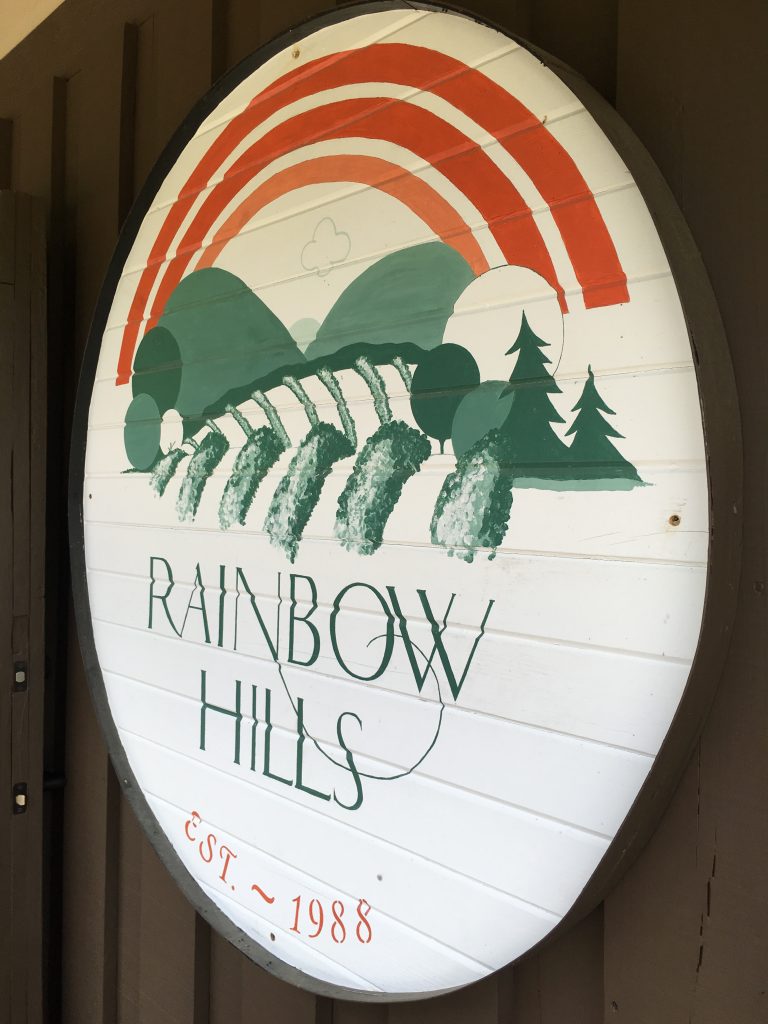
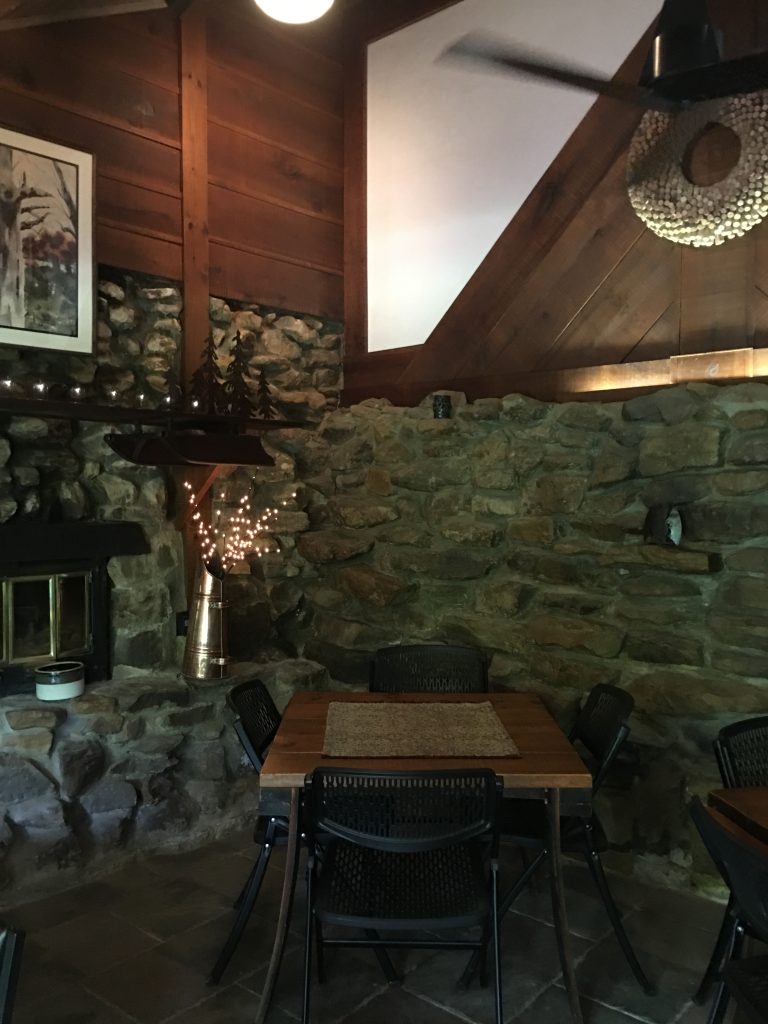
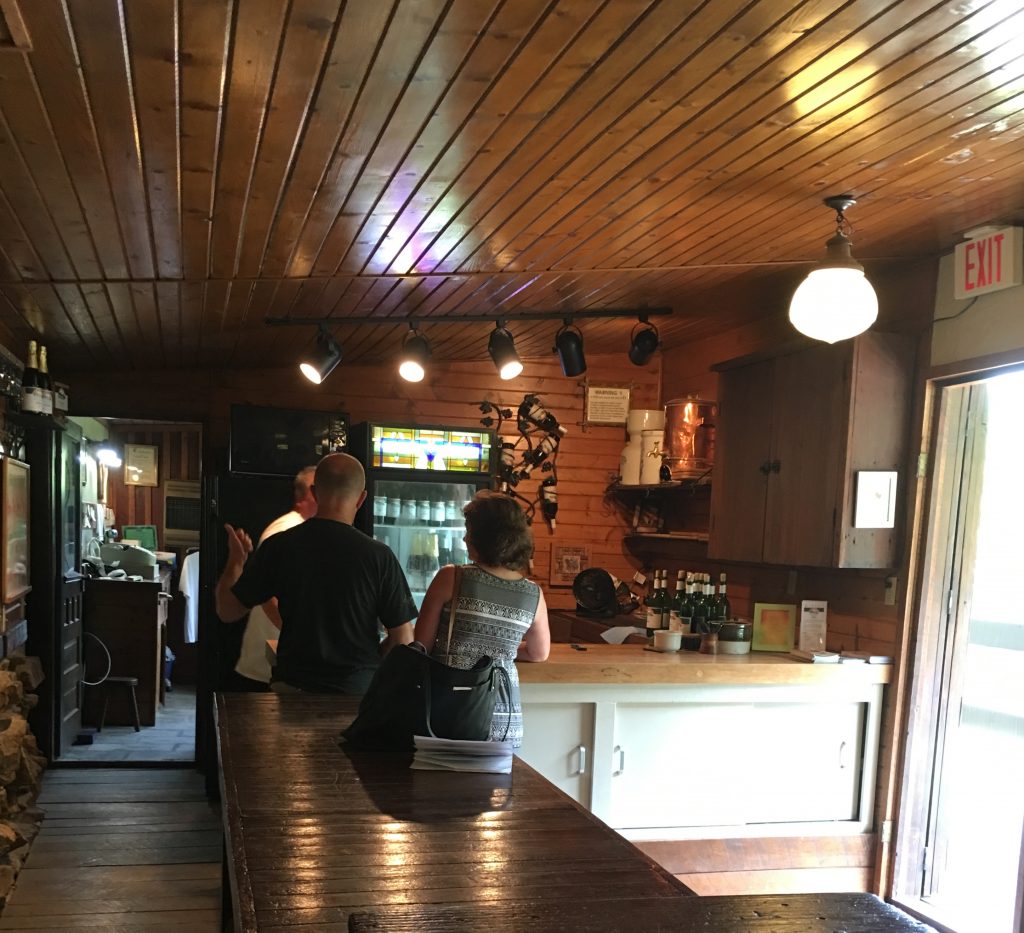
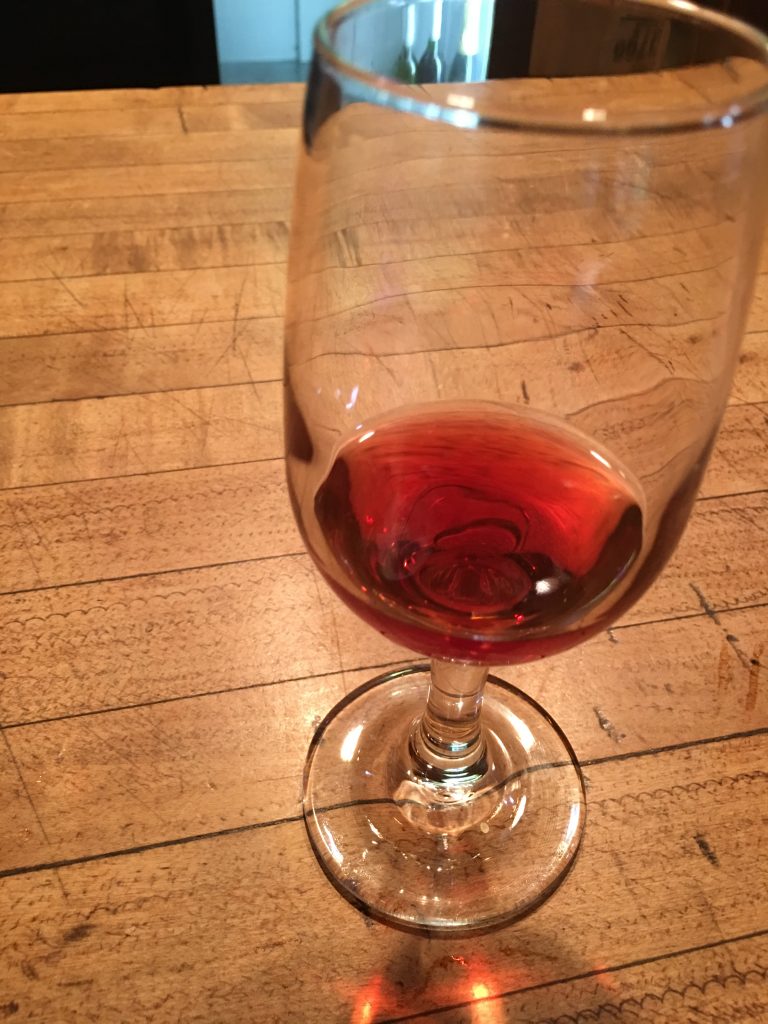
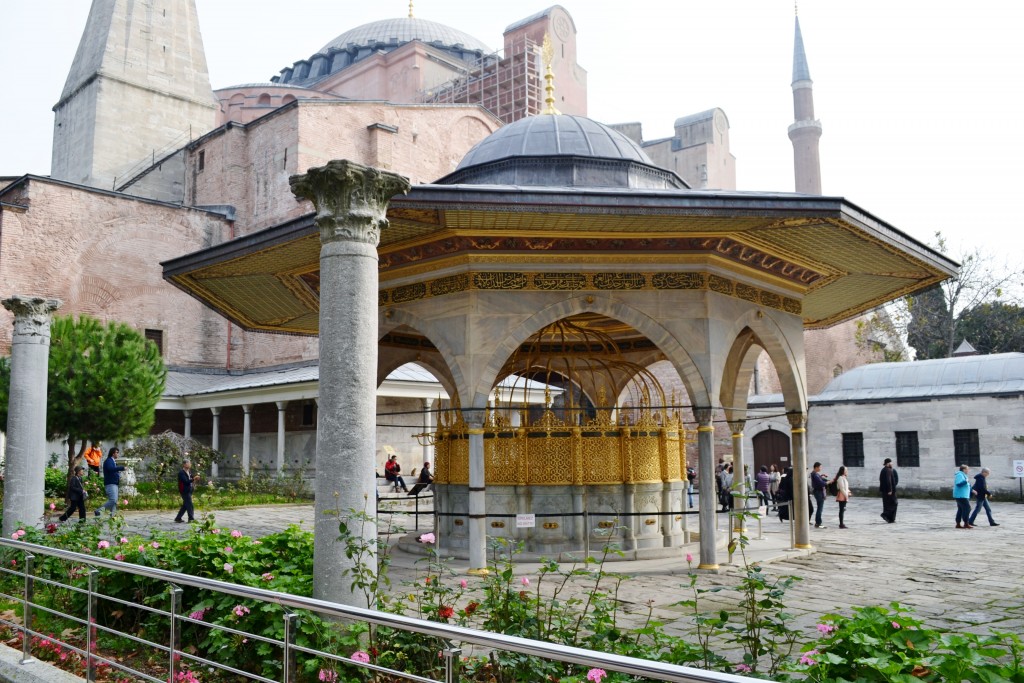
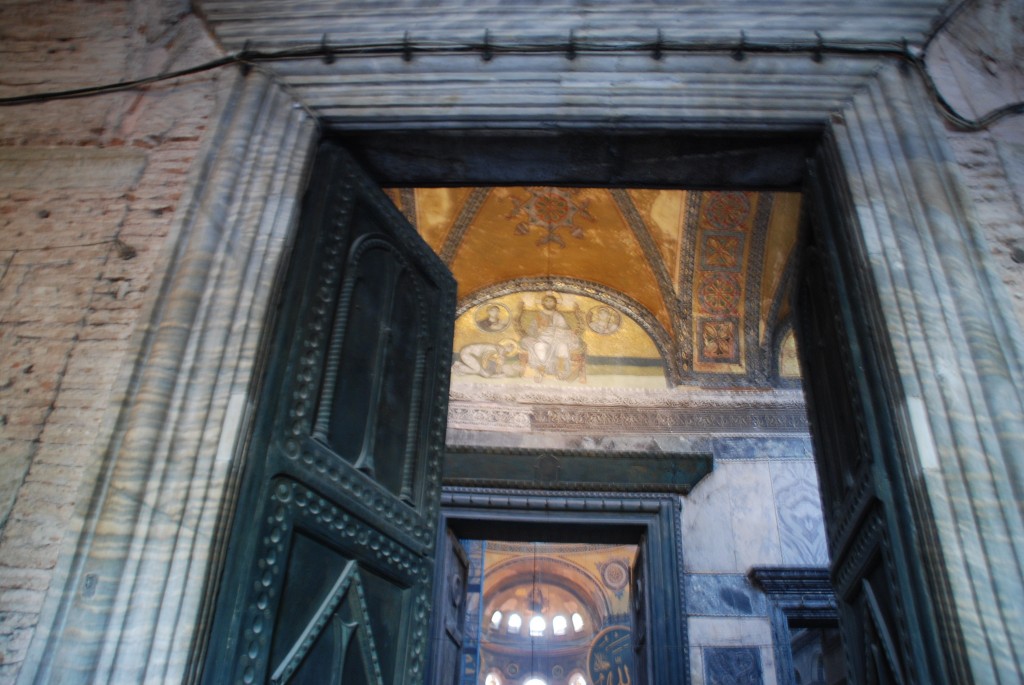

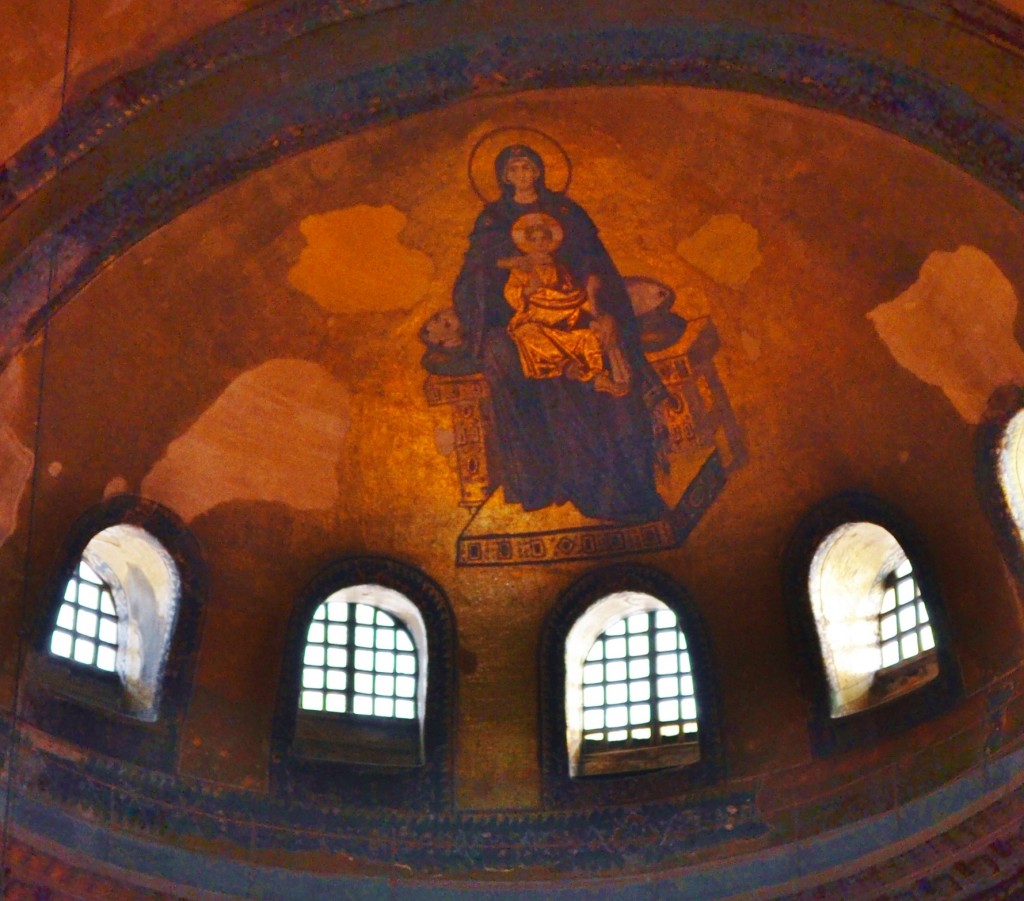
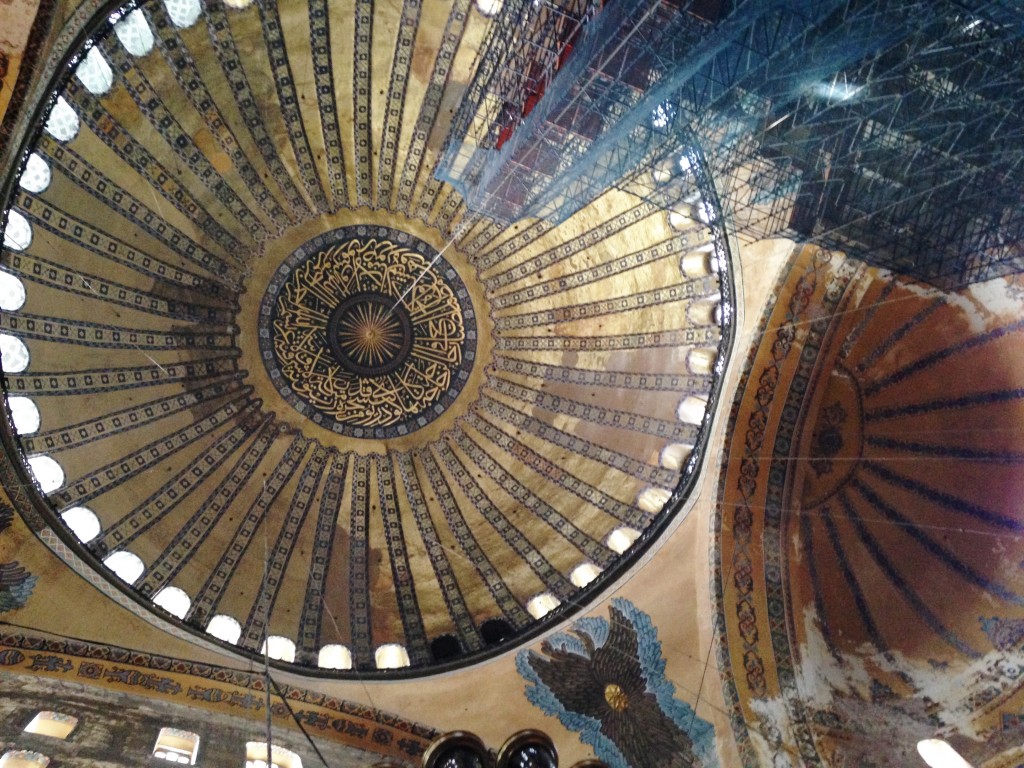
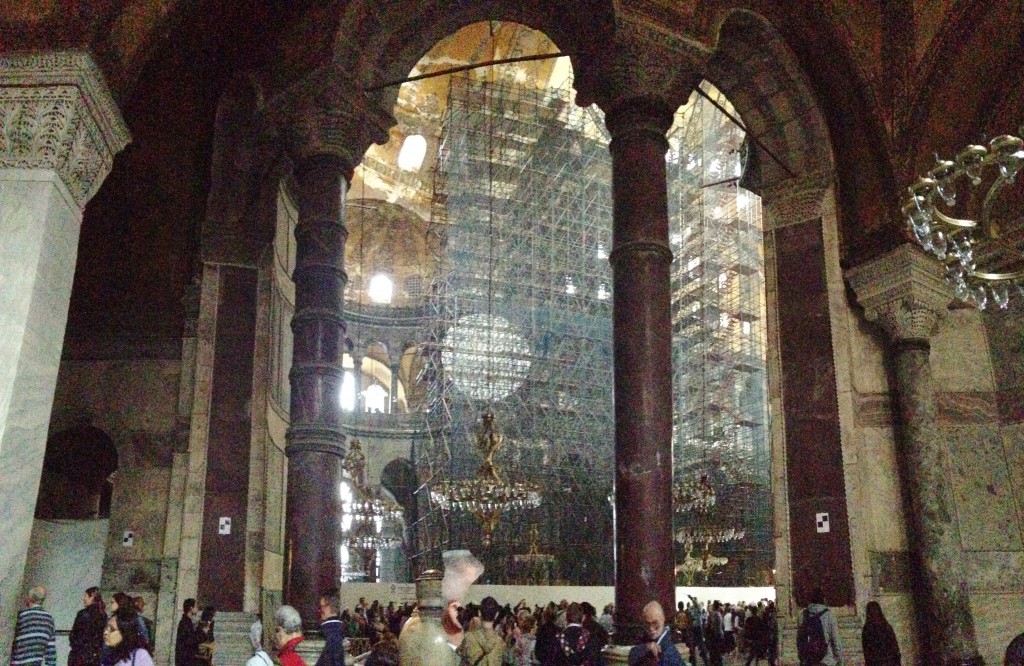
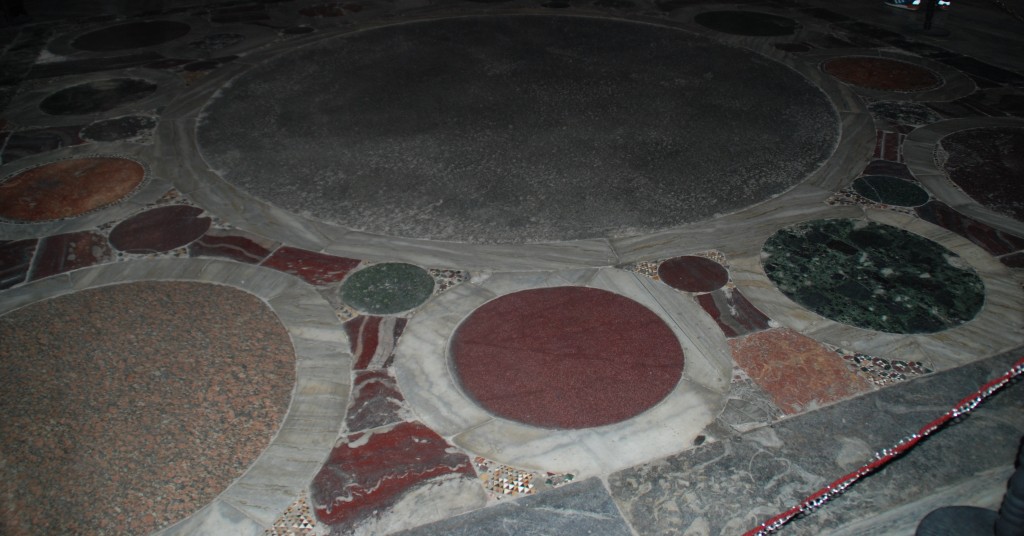
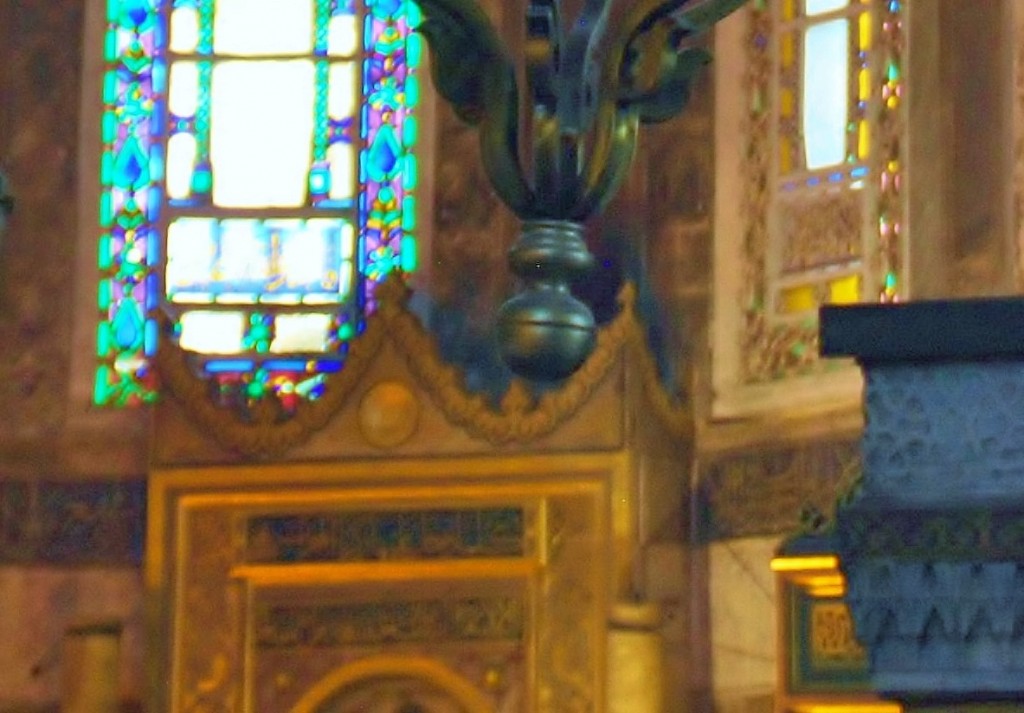
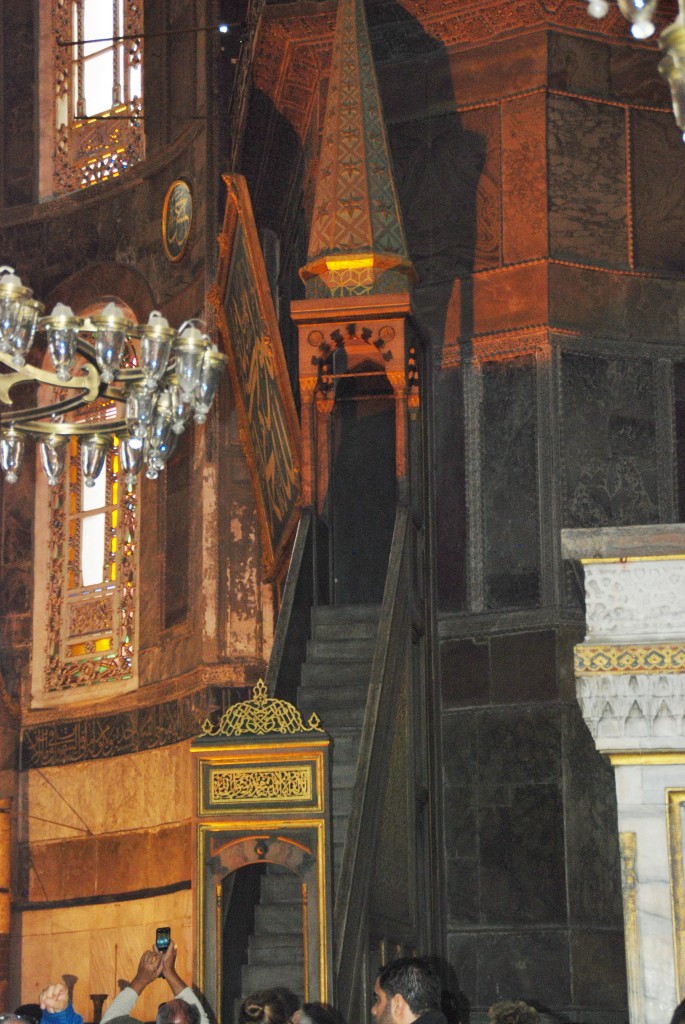
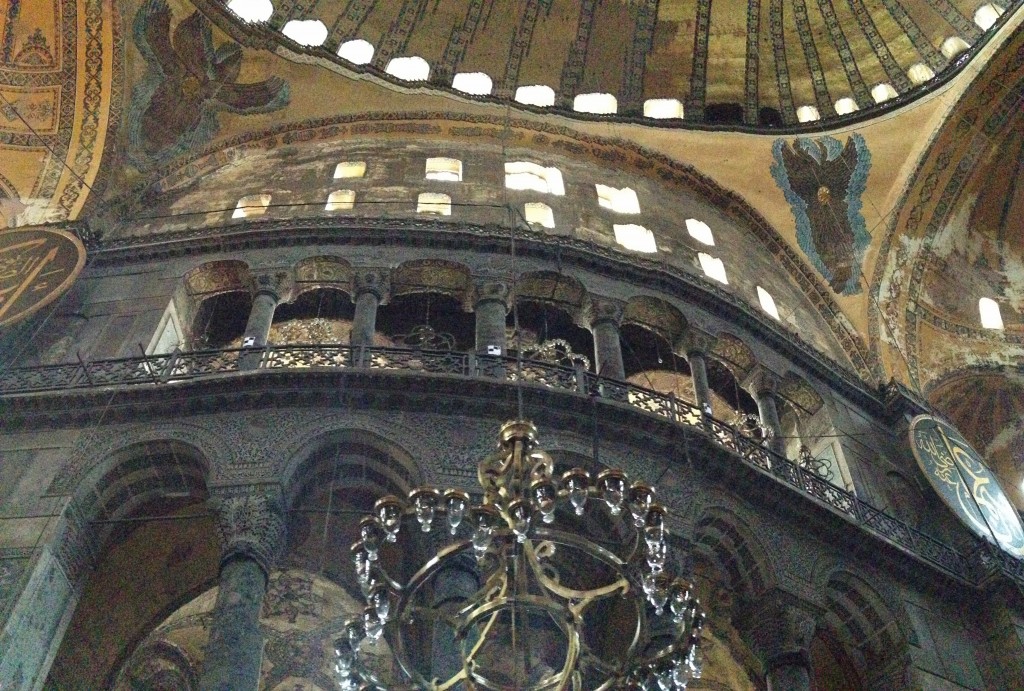
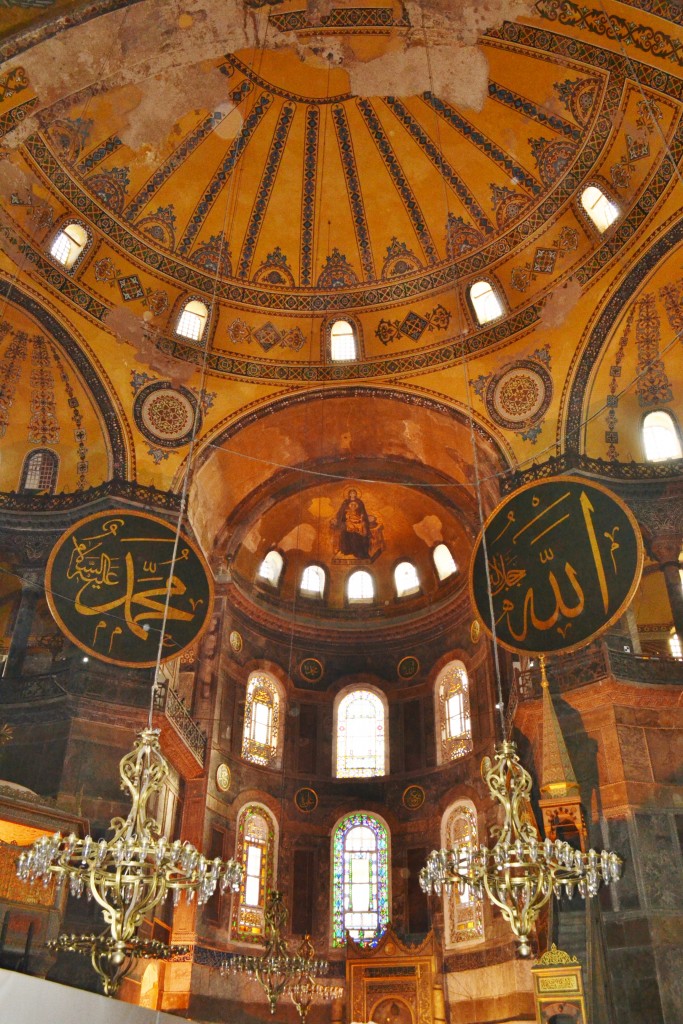
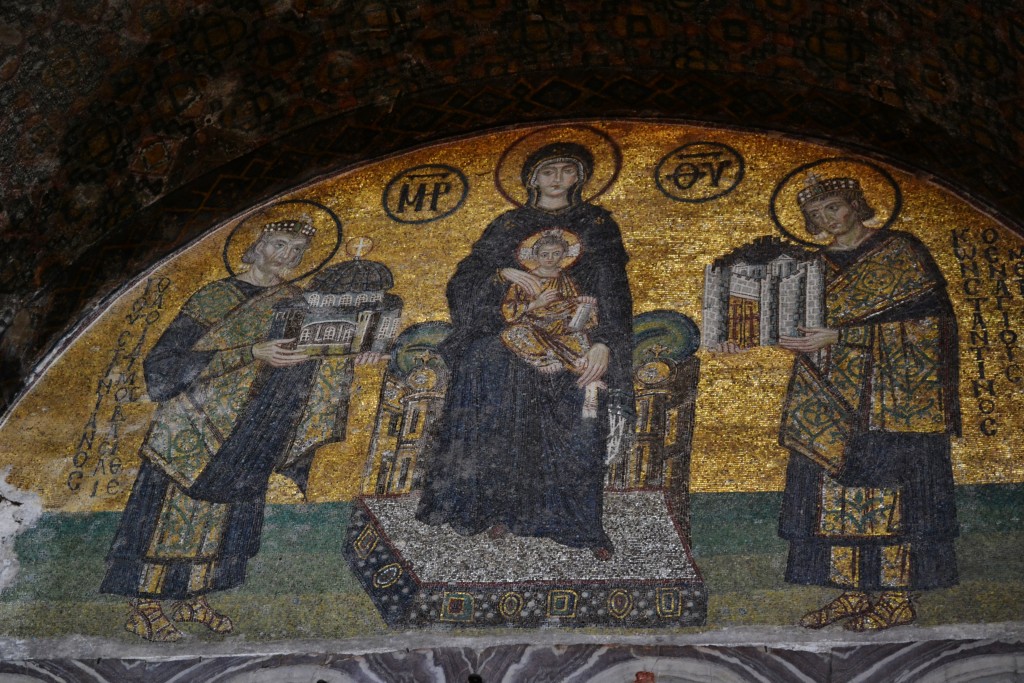
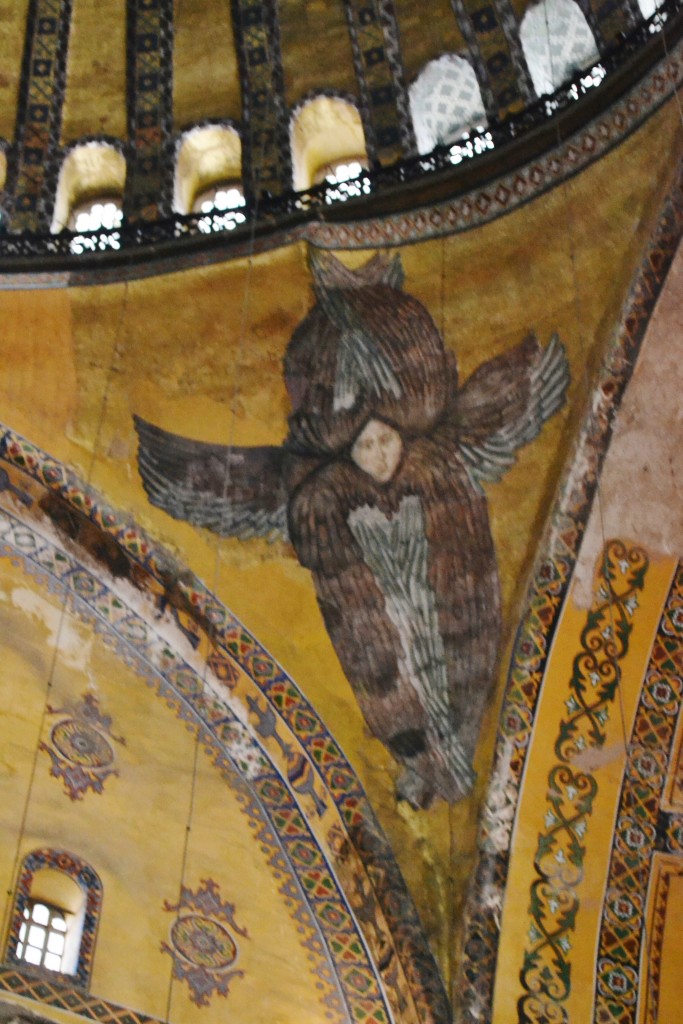
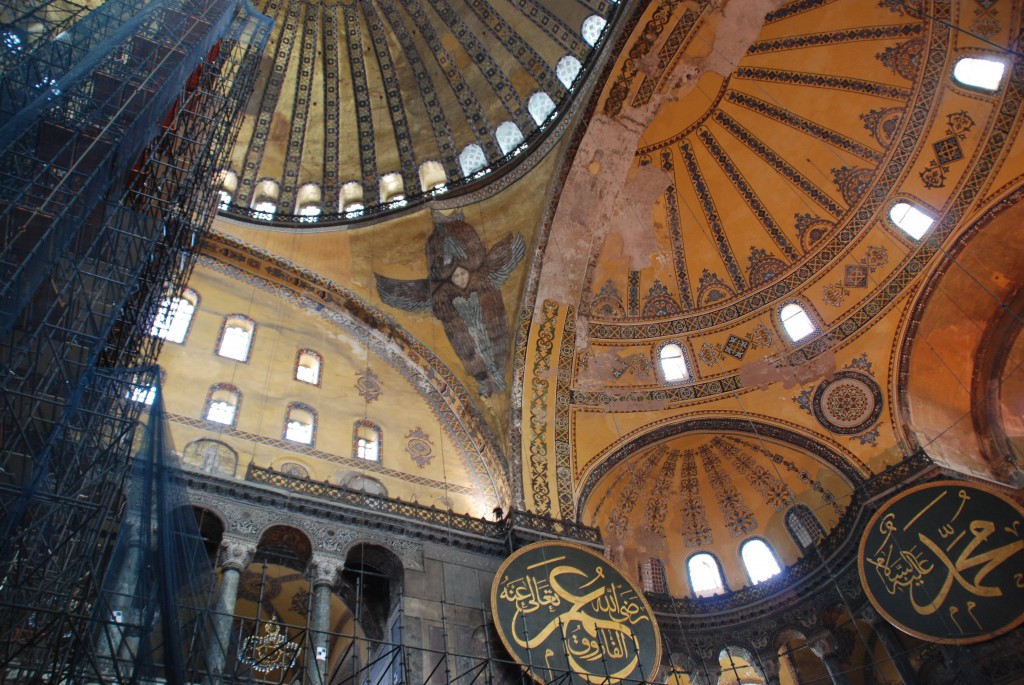
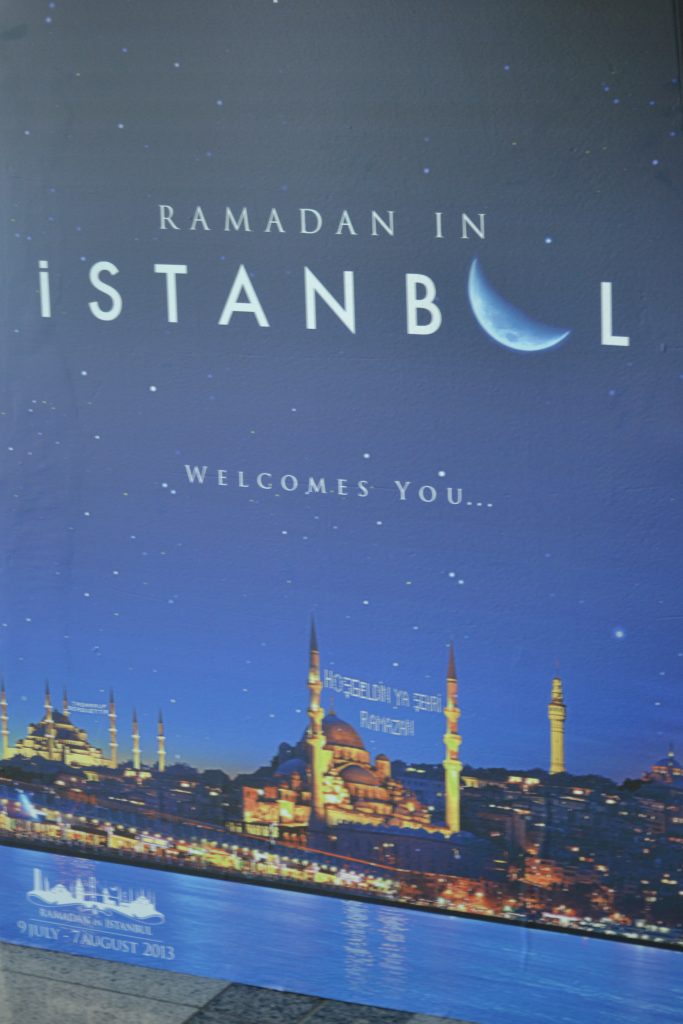
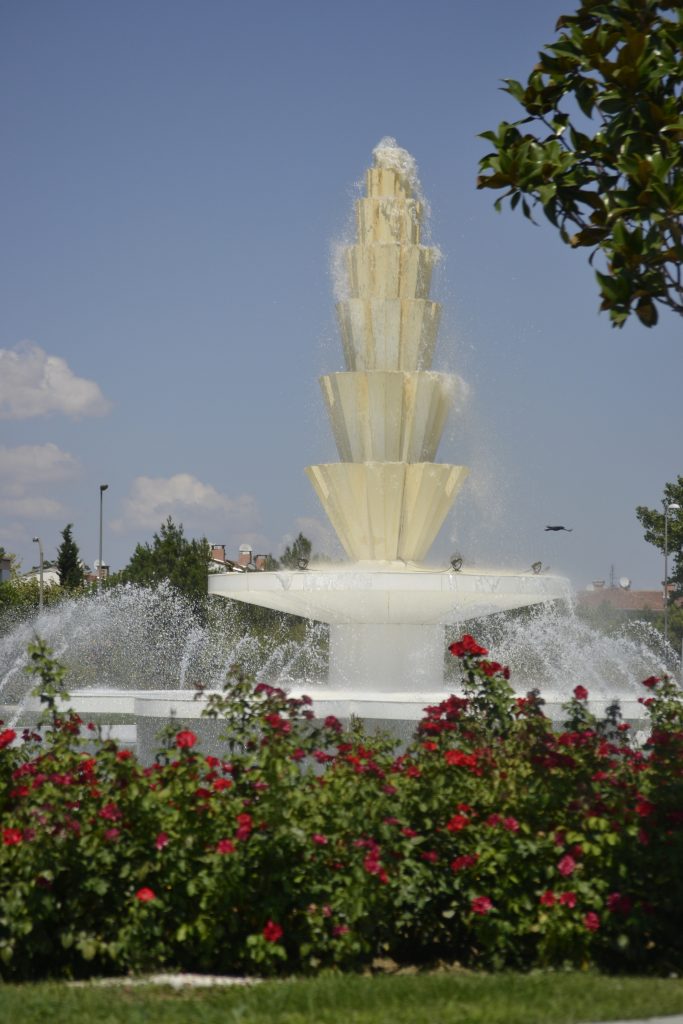

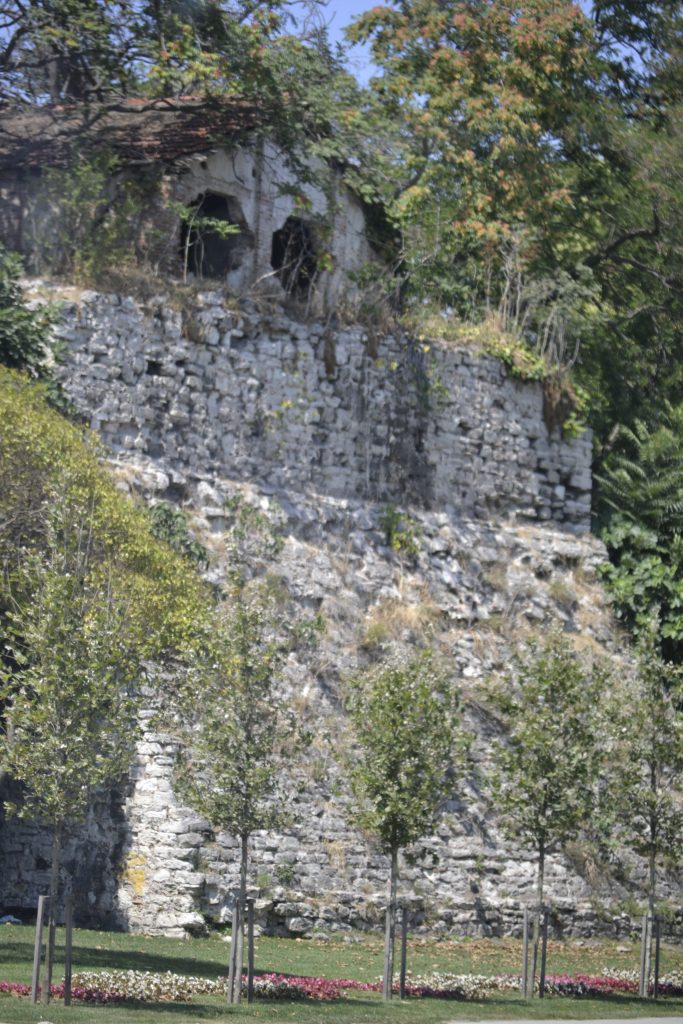


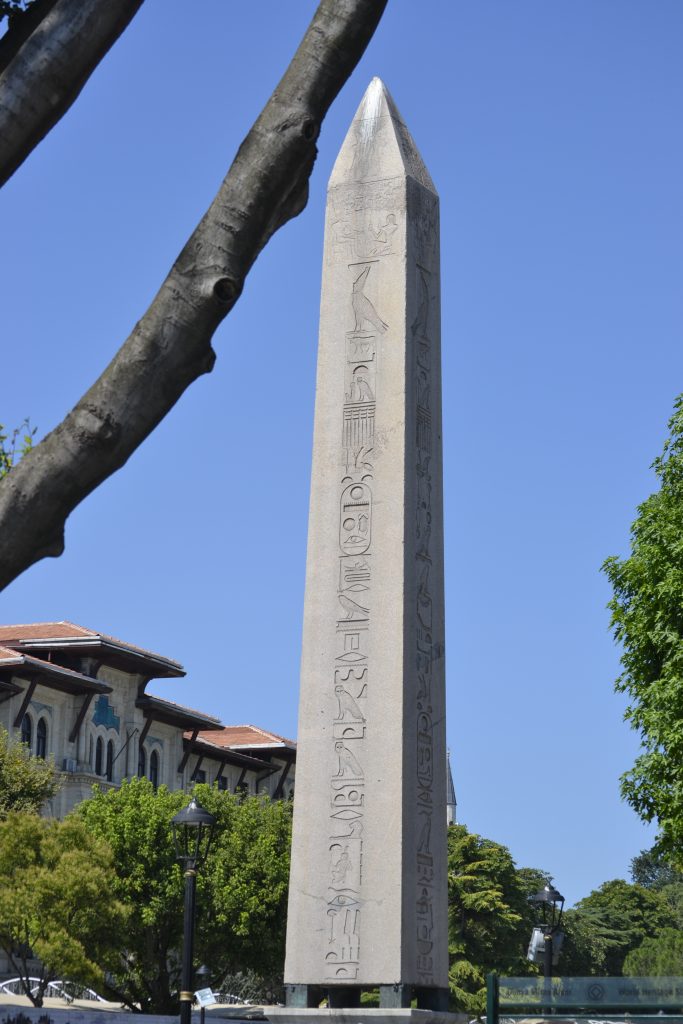
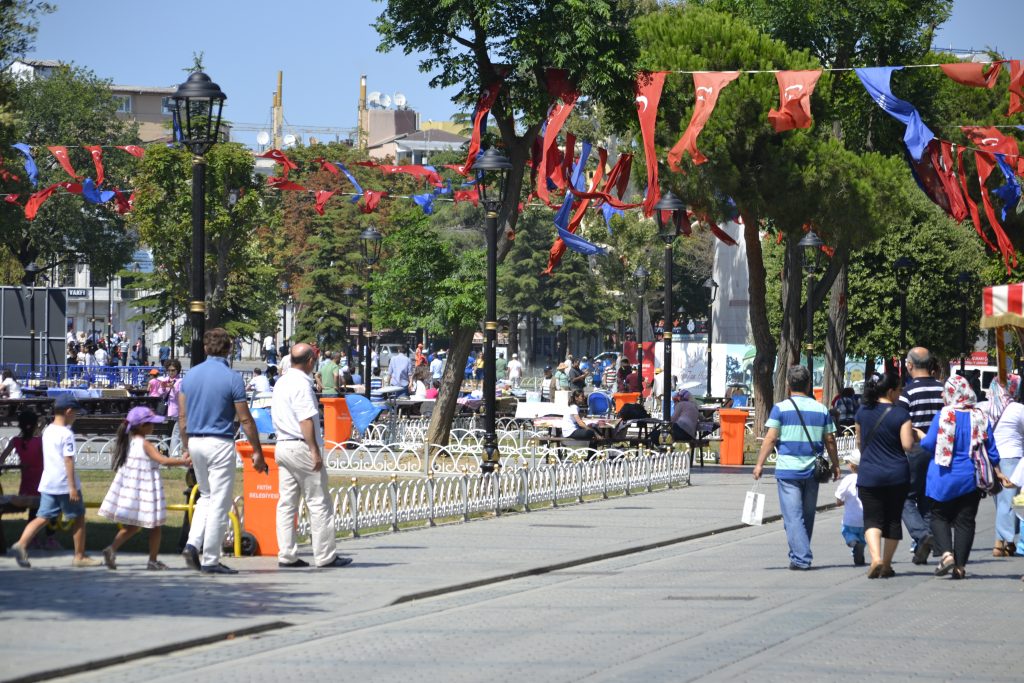
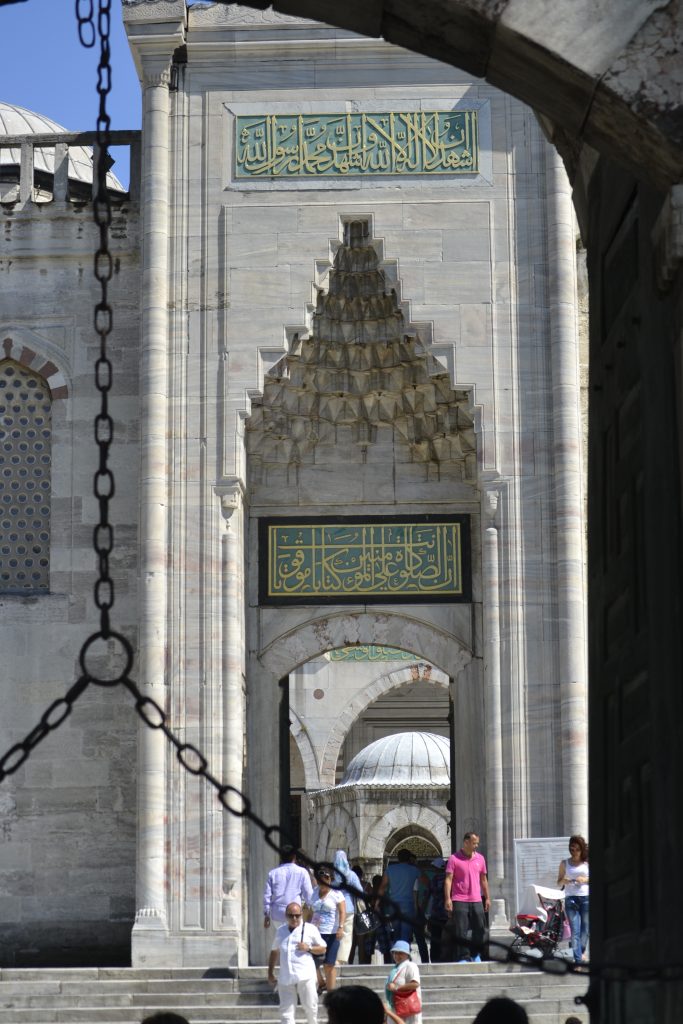
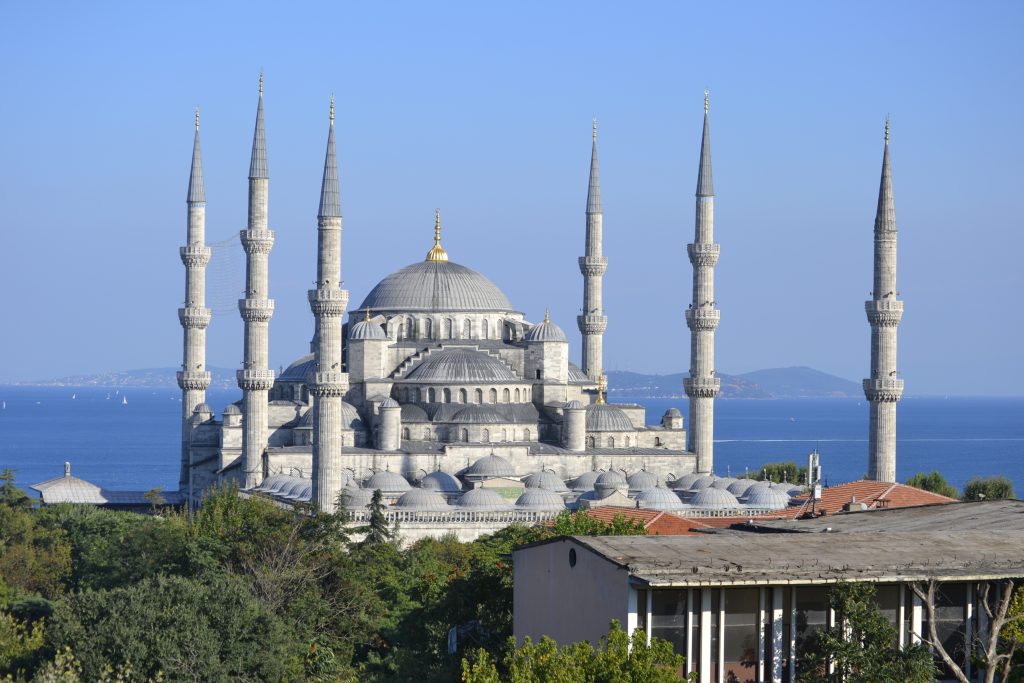
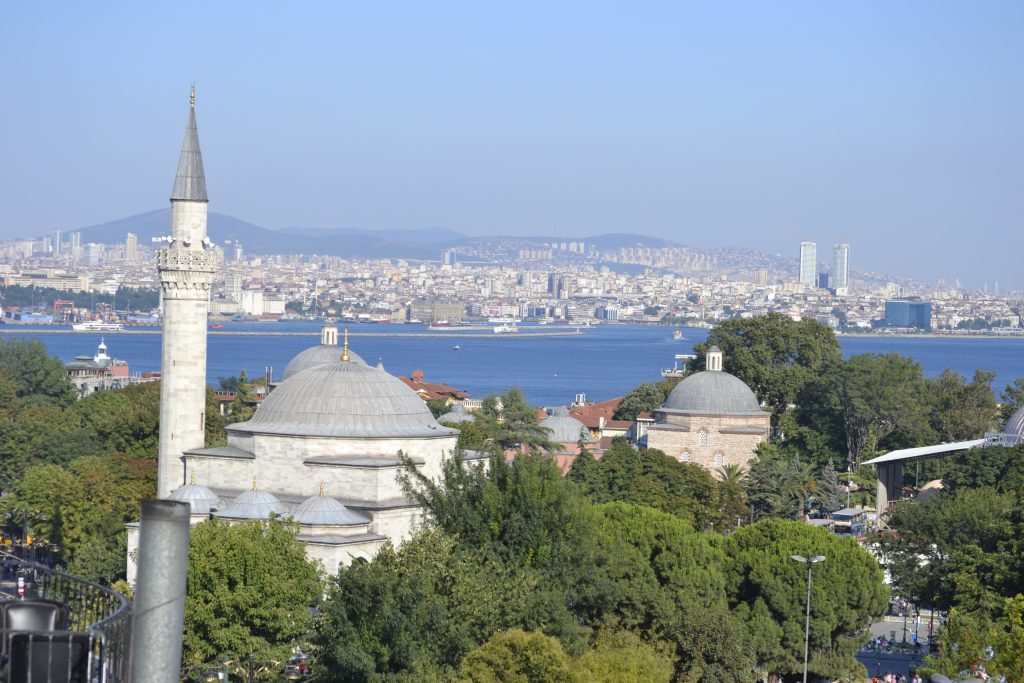
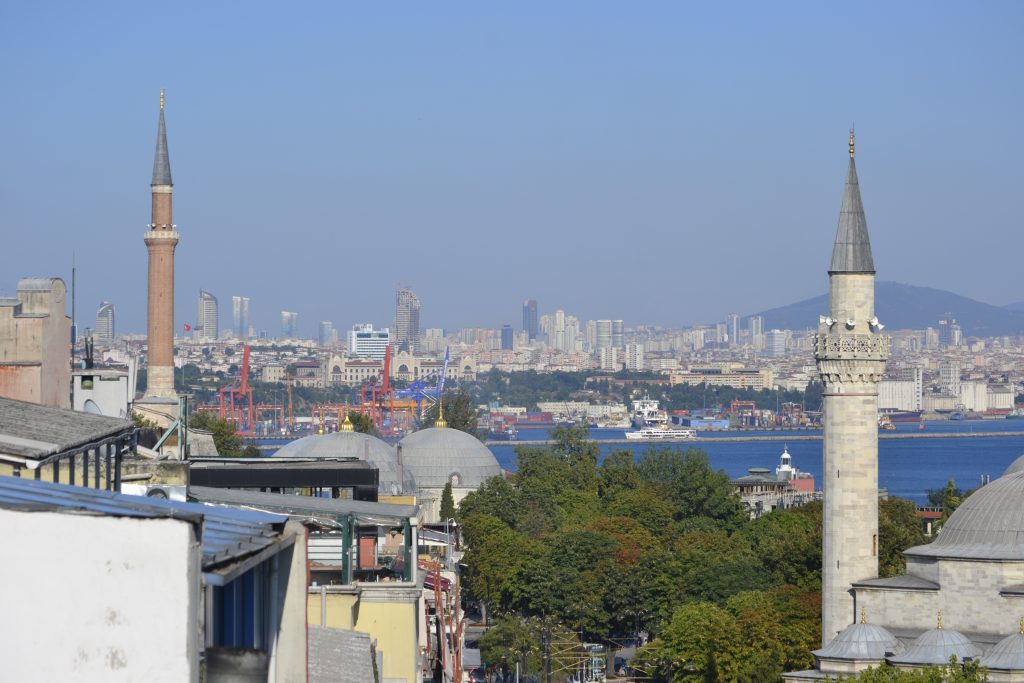
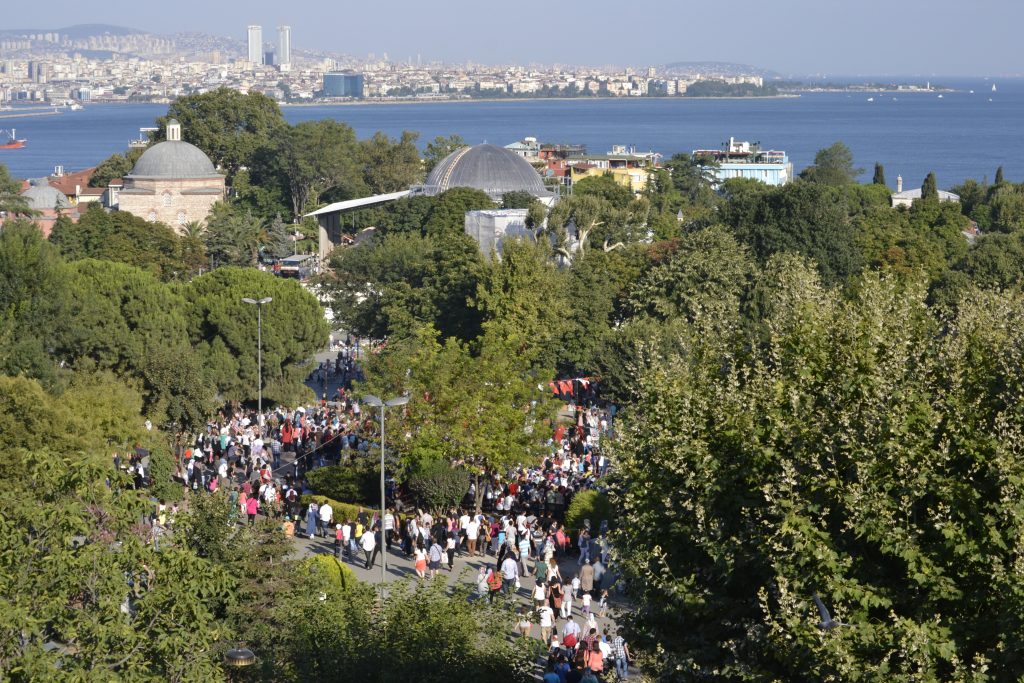
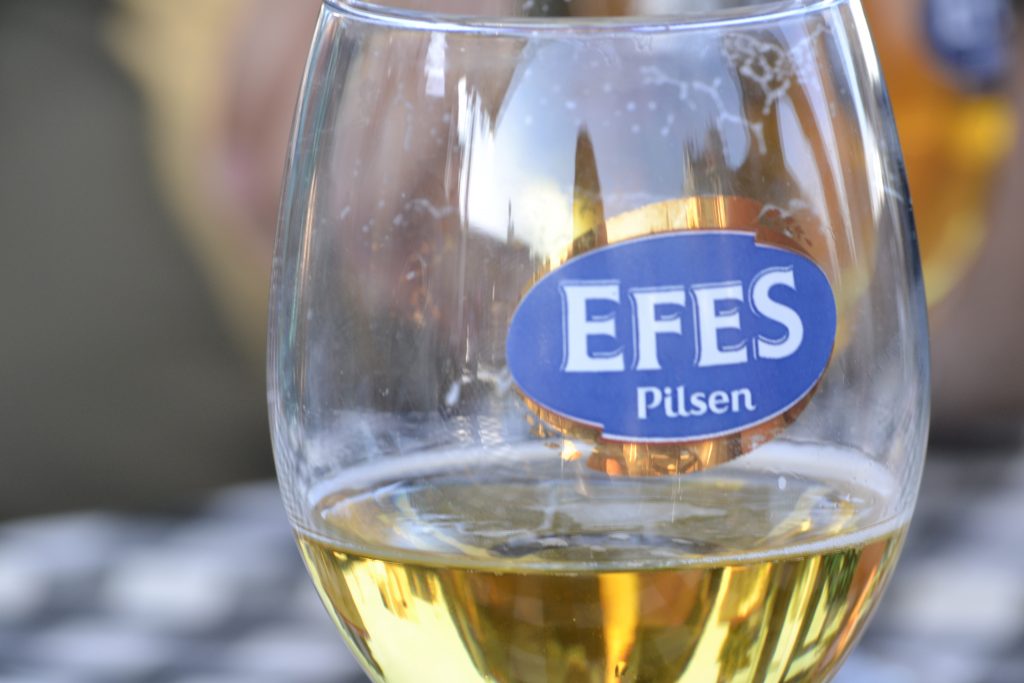
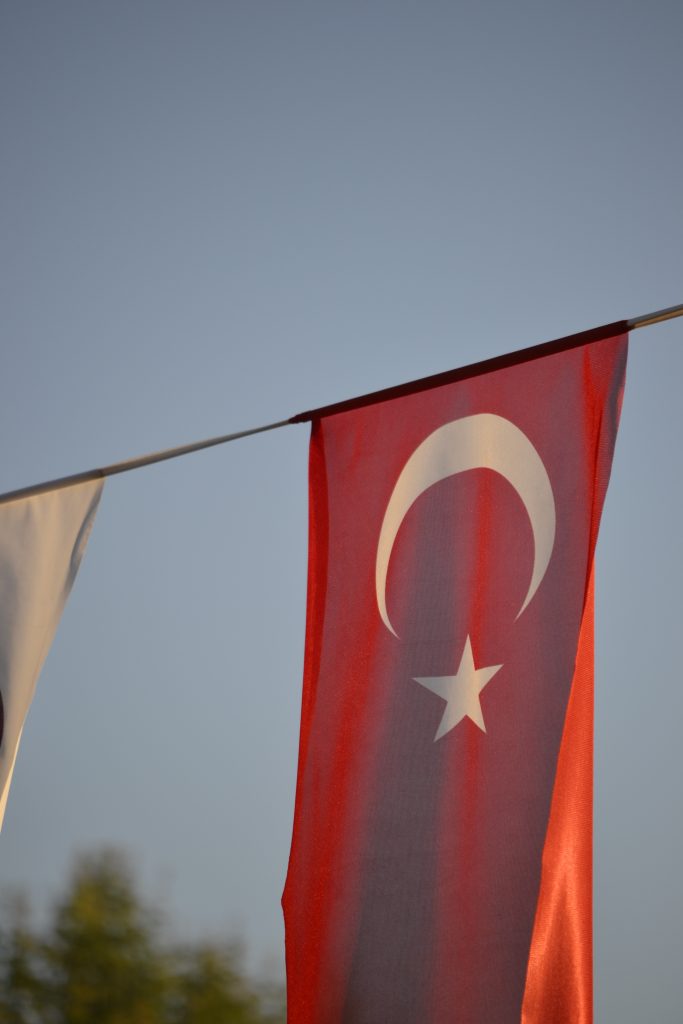
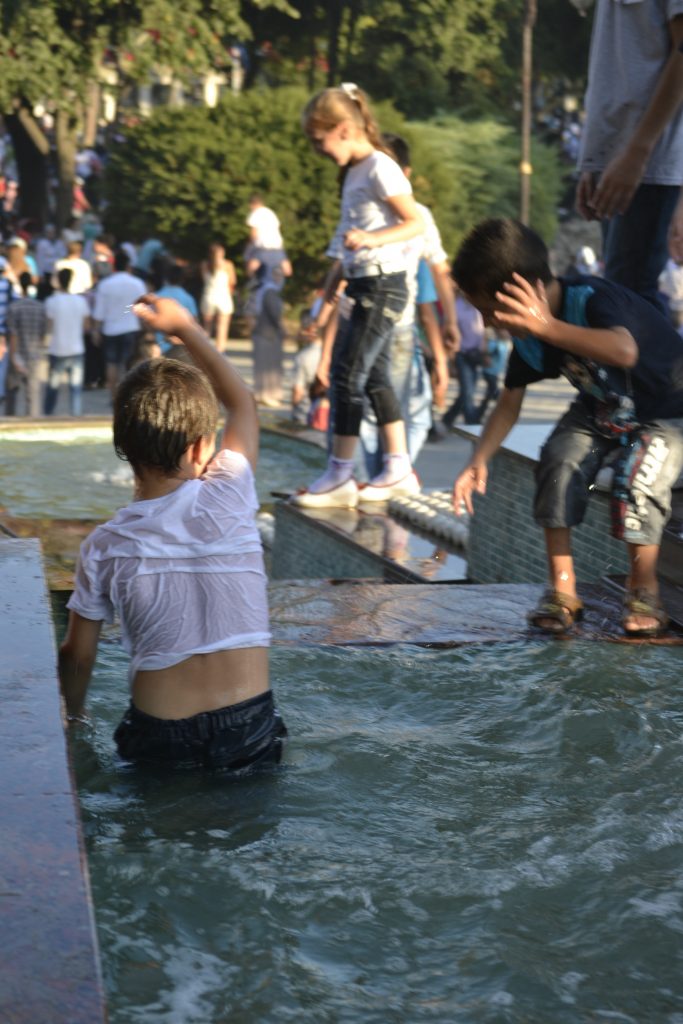
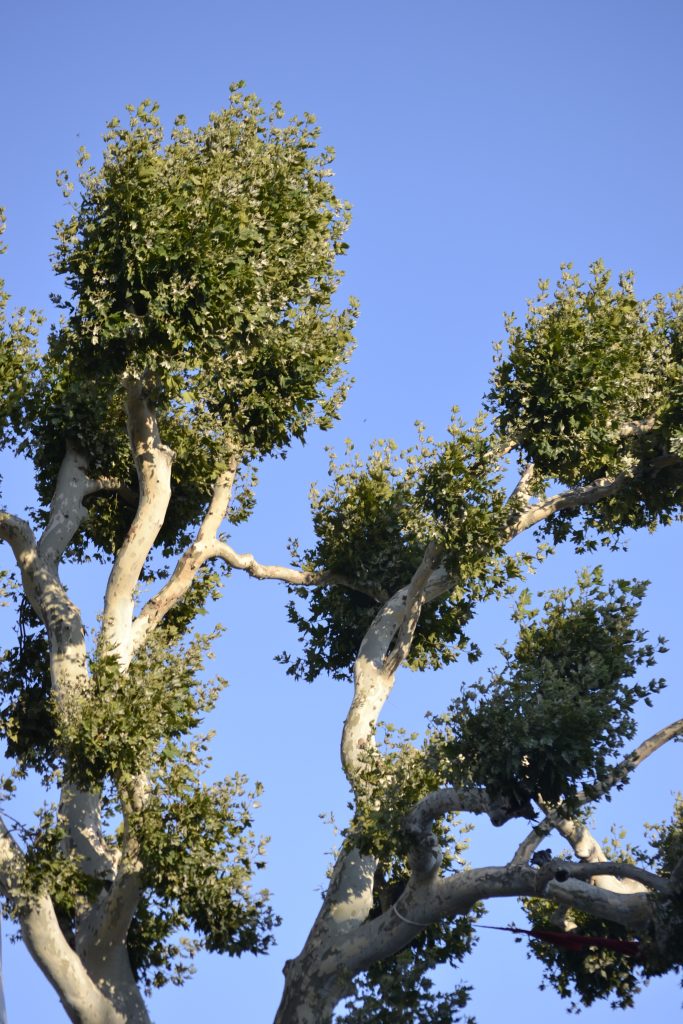
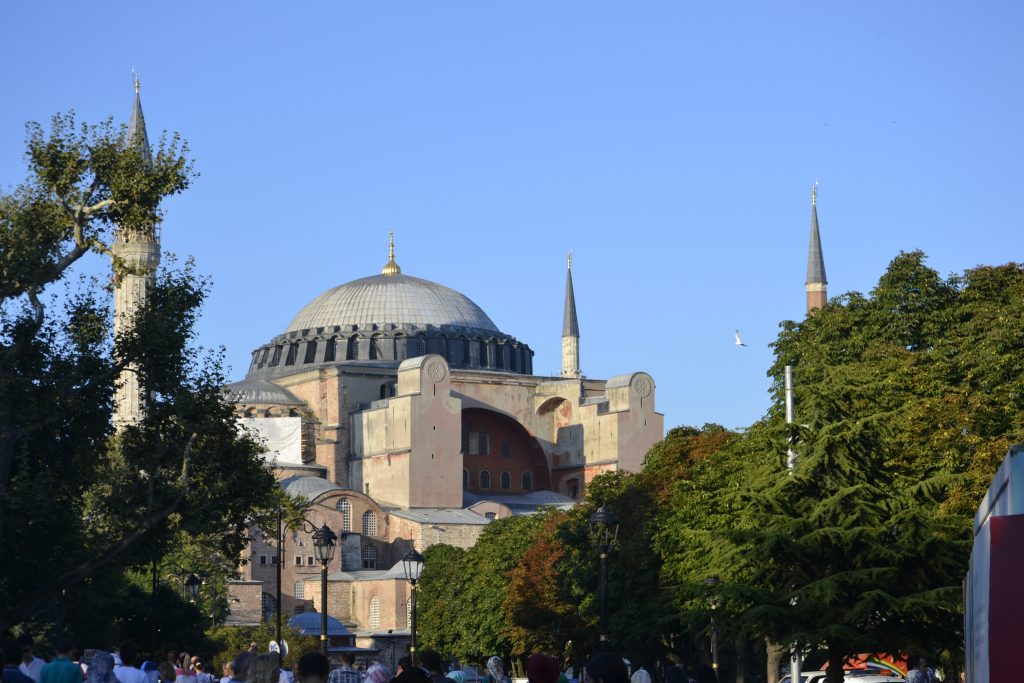
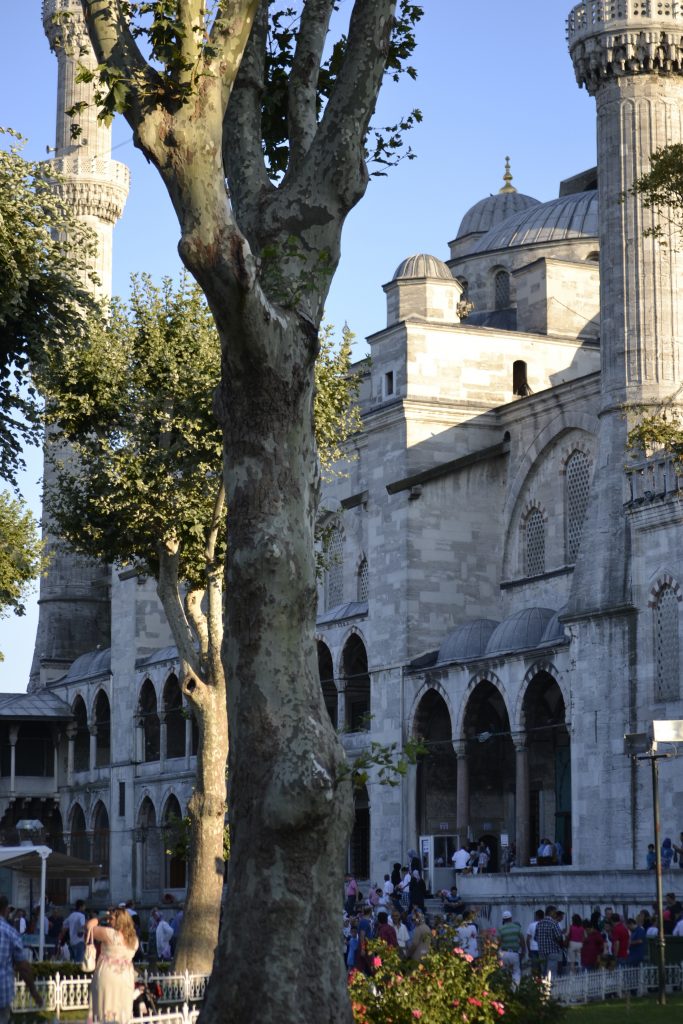
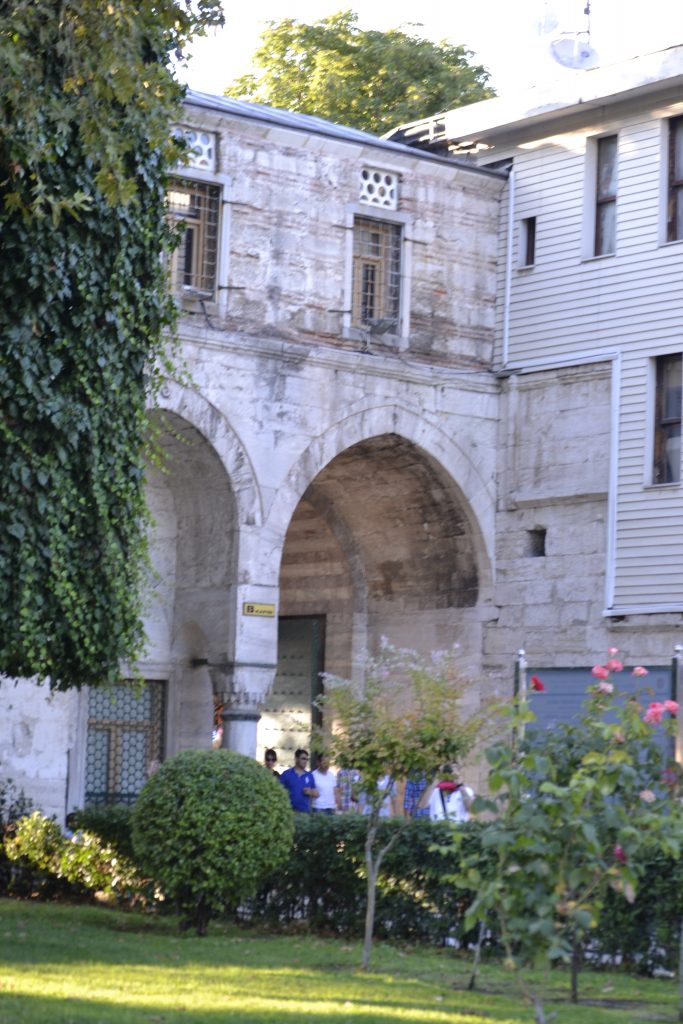
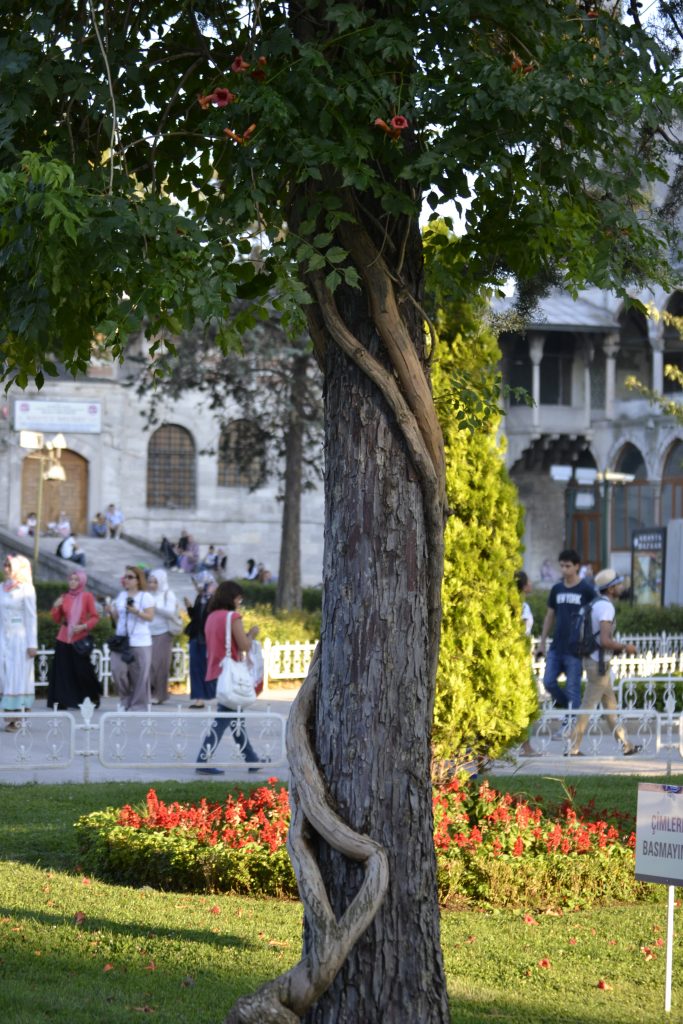
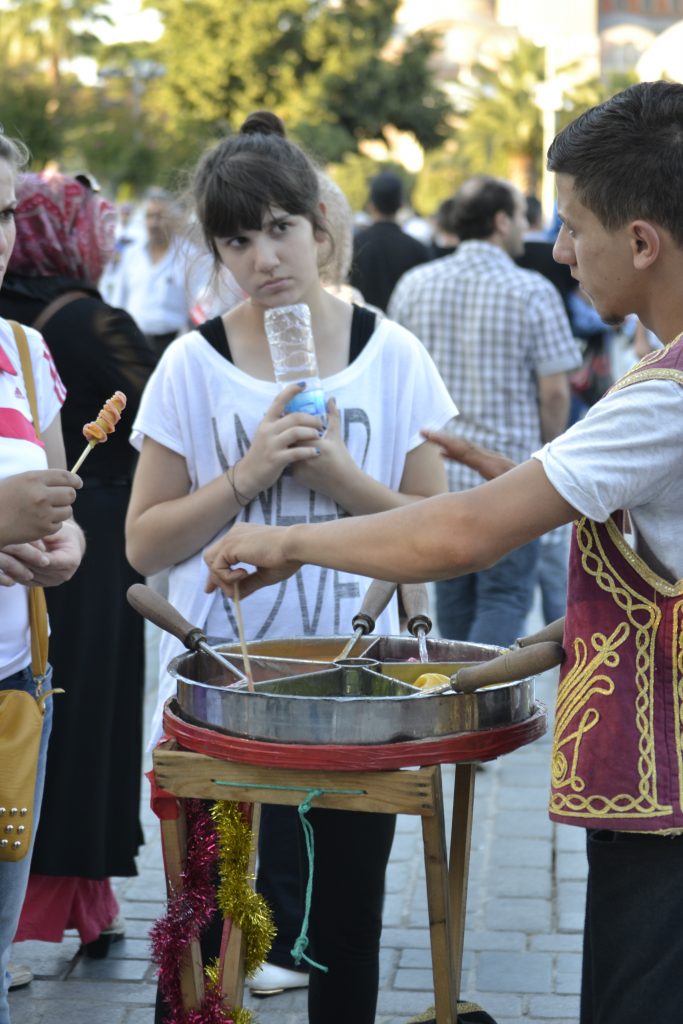
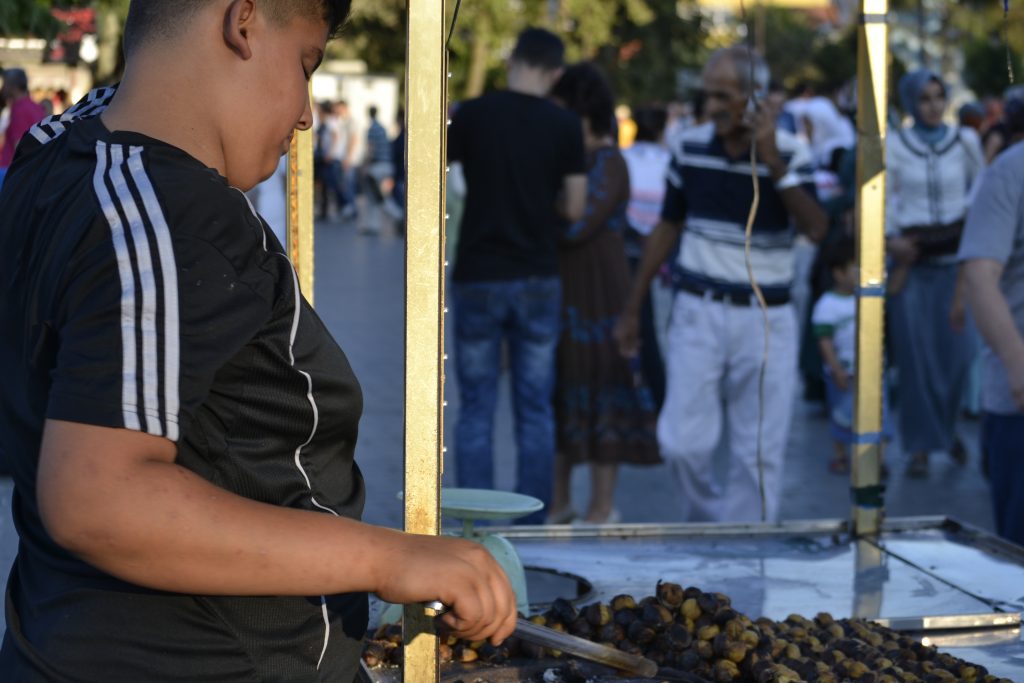
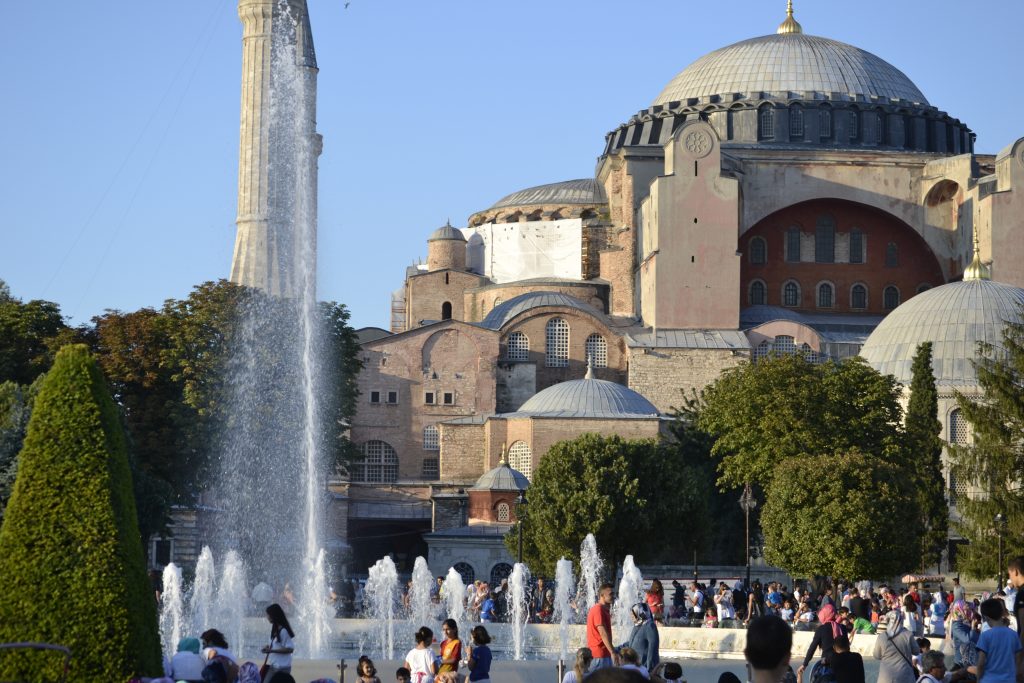
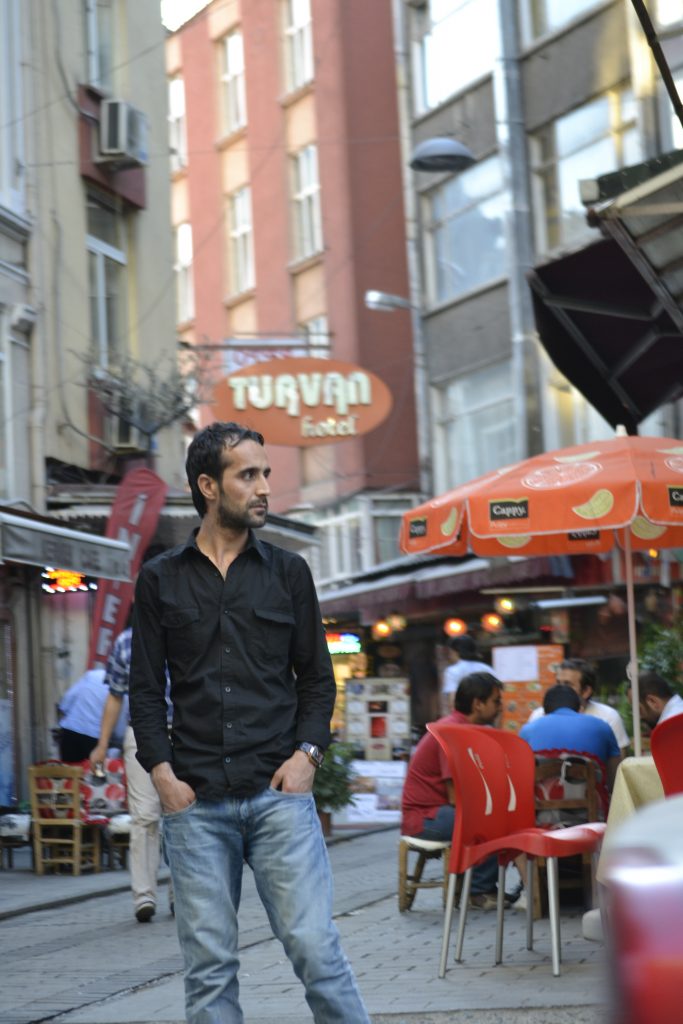
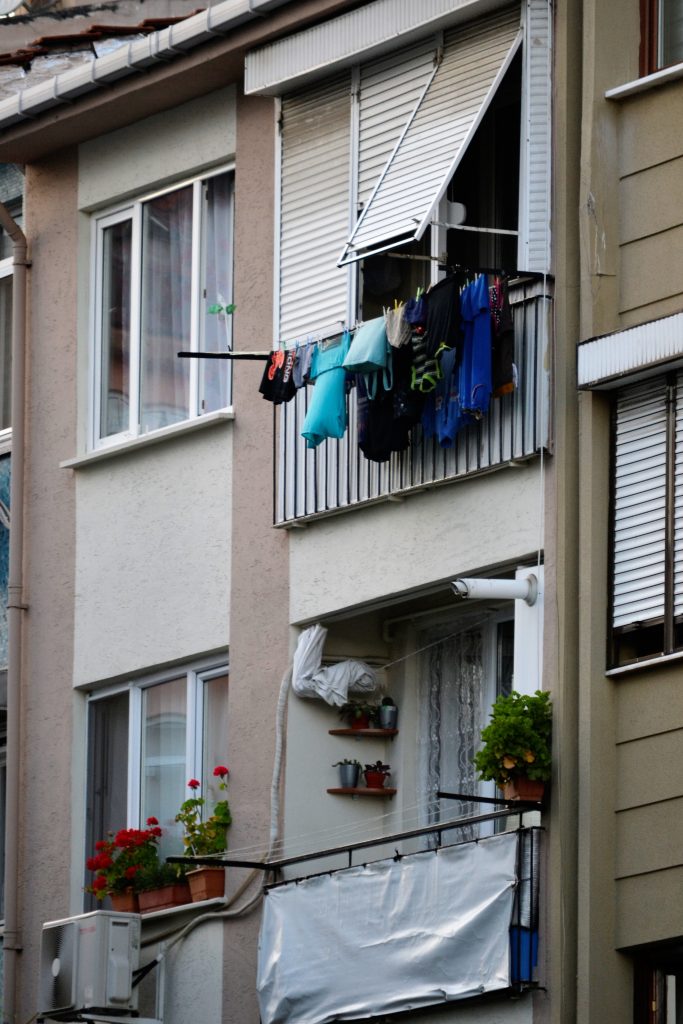
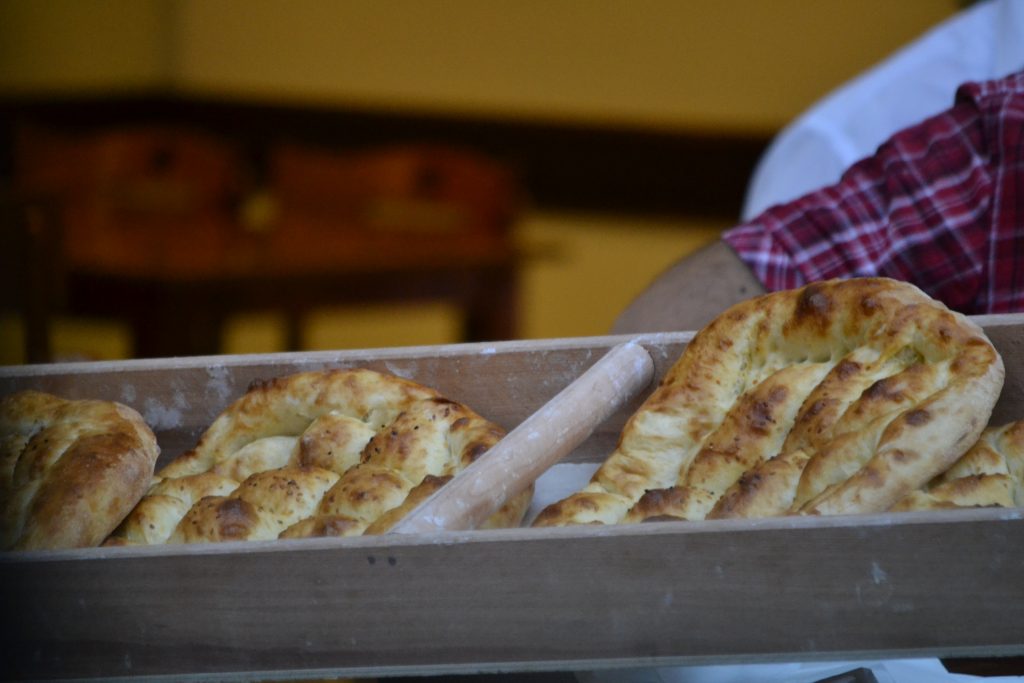
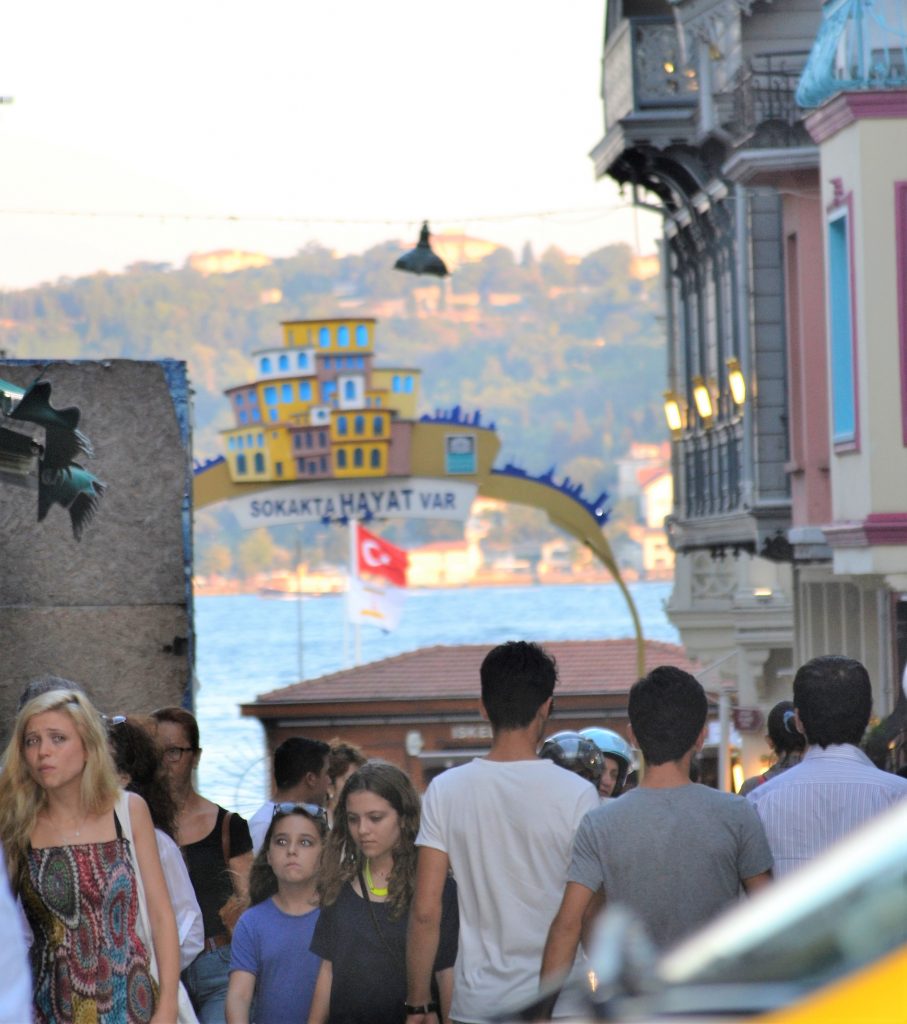
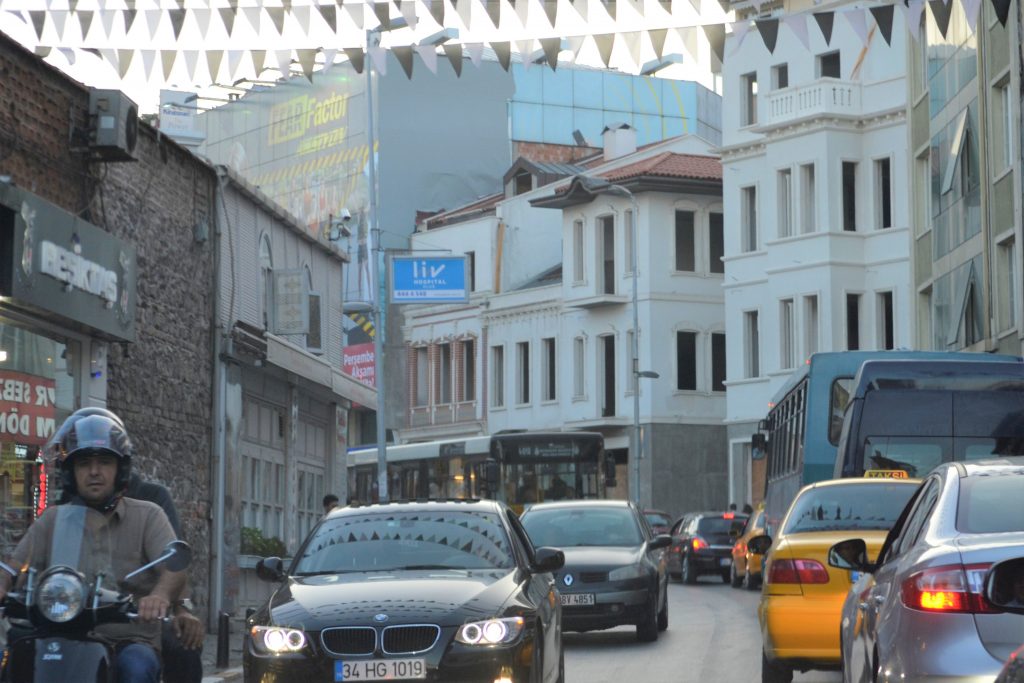 More of Downtown Istanbul
More of Downtown Istanbul